CLICK ON THE MAIN PHOTO ABOVE TO VIEW CAPTIONS IN GALLERY FORMAT
Image 1: This was one of those trips where I packed as much as I could into a few days. In just 24 hours after landing at JFK, I already revisited EMP, experienced Brooklyn Fare, and even got my train ticket at the Grand Central ready to embark on a journey to Westchester on a Sunday morning.
Image 2: After a smooth and scenic half an hour train ride up along the Hudson River, I arrived at Tarrytown, a small town 40km north of Manhattan.
Image 3: Glad there were a few taxis at the station even on a Sunday morning. A completely different world out here although it was such a short journey from Manhattan.
Image 4: With just a 10min taxi ride, Stone Barns farm was in sight.
Image 5: Originally owned by the Rockerfeller family, this 80-acre land was transformed 10 years ago into a non-profit farm and educational centre which included a fine restaurant headed up by Dan Barber.
Image 6: Not only did they have a huge greenhouse growing more than 200 variety of produce all-year-round, they have also created a local ecosystem for chicken, sheep, and bees, just to name a few…
Image 7: … and a section allocated for research in collaboration with Connell…
Image 8: ...and they even have an area for Chef Dan to experiment the production of "freedom foie gras", with assistance from Eduardo Sousa, the Spanish family who successfully produced foie gras without force feeding since 1812. (Click HERE for Chef Dan's presentation on this topic.)
Image 9: It was a shame that I had an early lunch booking. My 15-minute quick tour finished in the courtyard area with a gift shop and a café. Inside this old dairy barn was where Chef Dan transformed fresh raw ingredients into world class delights.
Image 10: The space has been converted to a modern dining room but the vaulted high ceiling retained the rustic element of the barn. On the table was a detailed information booklet, one for each guest, listing the seasonal local produces for each month of the year.
Image 11: While I was flipping through this booklet, the manager came back and turned to the page of the month and said "this is actually the menu because Chef Dan will create a tasting menu using ingredients that you see on this page"! Wow, I loved the experience so far; the surrounding, the farm, the booklet, I already felt a strong connection with nature without even seeing any food yet!
Image 12: The first part of the menu was vegetable tasting. It was in the next 4 hours that I had the most enlightening meal ever. Every staff was very knowledgeable providing me lots of info for each vegetable. Every course was a lesson started with a colourful array of vegetables: cherry belle radish, purple cauliflower, mokum carrot, mesh, breakfast radish, bok choi, ficoide glaciale, ice radish, cheddar radish, and baby white radish.
Image 13: Hakurei turnips. Due to its sweetness, the best way to enjoy this type of turnip was to eat it raw.
Image 14: Fighter spinach. A spinach that's able to grow outdoor even during harsh winters hence its name.
Image 15: They received bi-weekly Fedex package from Connell for work related to a project of developing a new variety of squash, a different variety to butternut. Still attached to the squash blossom was a baby squash which they called it honeynut squash.
Image 16: Similar to beef jerky but using beetroot instead.
Image 17: soya bean from greenhouse
Image 18: The staff then laid down a bunch of items. The idea was to use the scissors to cut off the baby leek and magnenta lettuce before dipping them into taragon pea shots purée. On a stone were pea sprouts and interestingly, there were slices of bresaola camouflaged in the lettuce.
Image 19: A different variety of lettuce with shaved bresaola.
Image 20: While the manager was providing me a short lecture of the "maple tapping" process, a staff placed a cup in front of me to taste the first sap of the season, a premature stage of maple syrup!
Image 21: Alright, onto something crunchy, tiny shrimps and phytoplankton on cracker.
Image 22: Finally, a tree of crisp: kale, cabbage and lettuce to finish off the vegetable tasting section of the menu. Wow. Amazing experience so far. I had "taste of garden" experiences in many world class restaurants, but the variety here was mind blowing. Every foodie must come here at least once to experience the wide array of vegetables from this farm!
Image 23: Gosh, as a prelude to the next course, the manager rolled out a body of goose that they slaughtered that morning. It didn't look that big out in the wild but it was actually huge in comparison to a dining table! It might be unpleasant to bring this out to the dining room, but hey, every diner should not be disgusted by the source of the food that they are putting into their mouths.
Image 24: A pâté of foie from that goose served on a vegetable cracker. This was part of Chef Dan's Freedom foie gras project. He knew there was still a long way to go and I confirmed that was the case - the texture wasn't smooth with an intense offal smell. I admired his dedication and I hope his objective will be achieved one day.
Image 25: To demonstrate one of the many achievements by the farm's ongoing research, the server brought out three varieties of carrot and tested the sugar level of each. The horse carrot was huge in size but only 1.9 unit of sugar; the long organic imperator carrot from California was measured at 5 unit; the small mokum carrot that they organically grown on site was at 12.5 unit!
Image 26: I even had a taste of the mokum carrot juice. Though it still had a strong raw carrot bitterness, it had enough sweetness that was pleasant enough to drink by itself.
Image 27: Served with slices of cooked mokum carrot on sesame cracker.
Image 28: The meal continued with a tartare of vegetable blanketed in carrot yogurt and nasturtium.
Image 29: And a huge plate of vegetable! A mixture of mokum carrots, fighter spinach, scallion, drizzled with chorizo and saffron sauce, with a strip of parmesan flakes and hazelnut shaving at the edge of the plate. Cool plating!
Image 30: It was lovely but to be honest, I was a bit "veggied-out" at that moment with vegetables course after course.
Image 31: And now, a lecture on how to survive through winter in the old days. Yes, all about preservation from pickled vegetable to cured meat. These were just small samples and they had a whole room of these at the back! The staff were really knowledgeable answering every single question I had from the ideal cured meat storage temperature to the vinegar/sugar proportion in the liquid for different ingredients.
Image 32: So, to sample, here was last year's asparagus, steamed egg yolk, pastrami...
Image 33: pickled vegetable in a cute duck feet serviceware
Image 34: house cured pastrami
Image 35: smoked apple, roasted baby Sunchoke
Image 36: cured ham
Image 37: … and broccoli stalks covered in various preserved vegetables to conclude the preservation section of the menu.
Image 38: The manager then led me to the patio area for some fresh air and to absorb the environment.
Image 39: Then into a small farm house where the next course was served. I loved the idea. Three hours into the meal, a short break with a change of scenery definitely helped.
Image 40: The manager then provided me with a lesson on wheat! Working closely with various wheat breeders, Dan was creating a hybrid trying to naturally alter flavours to his preference. He was crossing breeds of wheat to make "Barber wheat" in order to have nutty flavour and a particular gluten texture to make his ideal brioche.
Image 41: To pair with the broche, a bowl of milk curd from their grass fed cow which was sweet, watery, but rich.
Image 42: And this was his whole wheat brioche using a "draft" version of Barber wheat, Chef Dan was still not satisfied with the current breed. It was paired with a green marmalade on the side.
Image 43: Back to the dining room for a lesson on charcoal. At Blue Hill, they tried to find ways to decompose everything so they had charcoal not just from wood, but using bones and crustaceans shells as well!
Image 44: Wow, a wedge of cabbage with beetroot tartare. This was the best cabbage ever! They simply put a whole cabbage with the charcoals for hours so that the outer shell was burnt and solidified. It sealed the juice inside creating a steaming effect. This resulted in a beautiful sweet cabbage while retaining the structure. Wonderful!
Image 45: Look at this giant kohlrabi, a hybrid Kossak breed that they produced by working with a specialised kohlrabi farmer from mixing seeds of different varietal.
Image 46: The result was not only better in size, but better in sweetness in that you can simply slice and enjoy raw!
Image 47: Chef Dan even created this original dish for the giant kohlrabi, a kohlrabi taco! A rotating tray centred with Maine sea scallops surrounded by smoked lobster roe powder, fried pig's ear, fermented corn, sour cream, broccoli purée, a small bouquet of fennel, parsley, and basil, and a small molasses sauce.
Image 48: An interactive course of creating my own taco using kohlrabi. The cross section of this kohlrabi was large enough that it could really be used to make tacos!
Image 49: Before serving the next course, one of the staff led me to their outdoor charcoal oven area where this pig's head was slow-cooked for four hours!
Image 50: Then one of the staff came over and said they tried to utilise every part of the animal and even these premature geese eggs. Yes, these were eggs taken from the ovaries! They dried the eggs after curing them in salt and sugar. It was used as a garnish for my next course.
Image 51: After a short wait, a junior chef from the kitchen came out with these kales. She said a year ago, one of her main jobs was to remove the stems from the kale since only the leaf part was used. Then one day Chef Dan walked pass and said, instead of binning the stem, can you create a course using the stems? And it led to the next course in this long tasting menu.
Image 52: She finely diced the stems and made a "risotto" of kale stems instead of rice and she grated those premature eggs on top.
Image 53: The risotto was cooked in a vegetable stock and served with a piece of eye socket from that pig's head. Stems, premature eggs, pig's eye socket, this course was really made from waste. Nice idea!
Image 54: Geez, they then busted out a jumbo parsnip onto my table!
Image 55: The manager then said "onto meat course now" which I was long waiting for, "steak with ketchup, but we replaced the meat with parsnip and ketchup with cabbage puree"! Though I was slightly disappointed because it wasn't really meat, the parsnip was beautifully cooked in veal jus with a piece of bone marrow. This course was served with slices of onion bread and three different butter from different breeds of cows!
Image 56: I have to admit eventhough I had probably tasted 30+ types of vegetables at that point, I was still very hungry! So finally, three cuts of pork: smoked loin, roasted tender loin, and gel from the cheek. The texture of the glutinous gel together with the mashed hazelnut sweet potato was very satisfying!
Image 57: A display of charcoaled sponge cake…
Image 58: … which was grated as garnish for the first dessert! Cool, I didn't know parsnip could be such a versatile ingredient, appeared from salad to the main and even dessert! Served on a disk of ice was parsnip sorbet. The sweetness of this sorbet was purely coming from this root vegetable itself. Love the originality!
Image 59: The final lecture of the day was about bees, which led to the main dessert served in honeycomb-like hexagon glassware - tasting of honey. At Blue Hill, they created an ecosystem to sustain three different colonies totalled to 1.3 million bees producing three very different honeys. So here was a tasting of honey: A sorbet of summer honey topped with tarragon syrup and grated carrot...
Image 60: … a sorbet of spring honey with crispy rice from Carolina…
Image 61: … and autumn honey with fennel and pistachio. Wow, I was stunned. What a way to illustrate the wide range of flavours and intensity of honey that they produced on site. Fascinating!
Image 62: Last but not least, an elaborate tray of petits fours of late spring theme. On the far right was a fennel crisp and on the far left was a stick of arugula meringue.
Image 63: In between were an quail egg made of white chocolate and filled with praline mousse, a mushroom made of cinnamon cracker, green moss was made of pistachio cake, the stone was actually dark chocolate truffle…
Image 64: … the caterpillar was mint and fennel marshmallow, and finally the ladybug was chocolate of spelt and beet. What an impressive work of art to end a 5-hour enlightening food journey! Without the informative and energetic service team, the experience wouldn't have been the same. I definitely appreciate food more after this meal. I mean, the process from the farm to the table really required a enormous amount of knowledge, experience, and effort.
Image 65: What a great place to escape from Manhattan's mad traffic and skyscrapers on a Sunday afternoon! I strongly encourage arrving at least half an hour early to explore the farm before the long and inspiring culinary journey. I now wished I live in NYC so that I could come back throughout the year to experience all seasons!
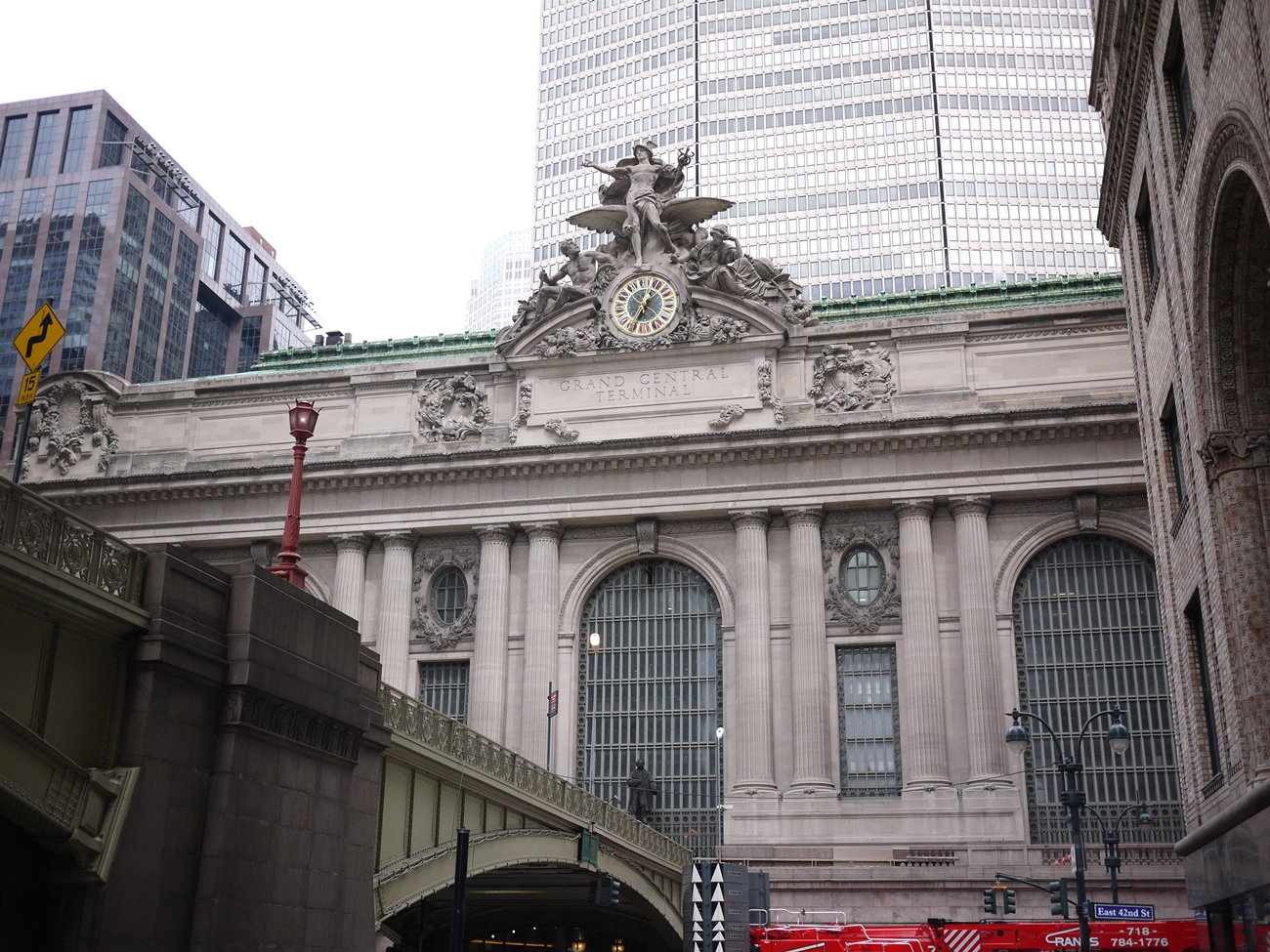
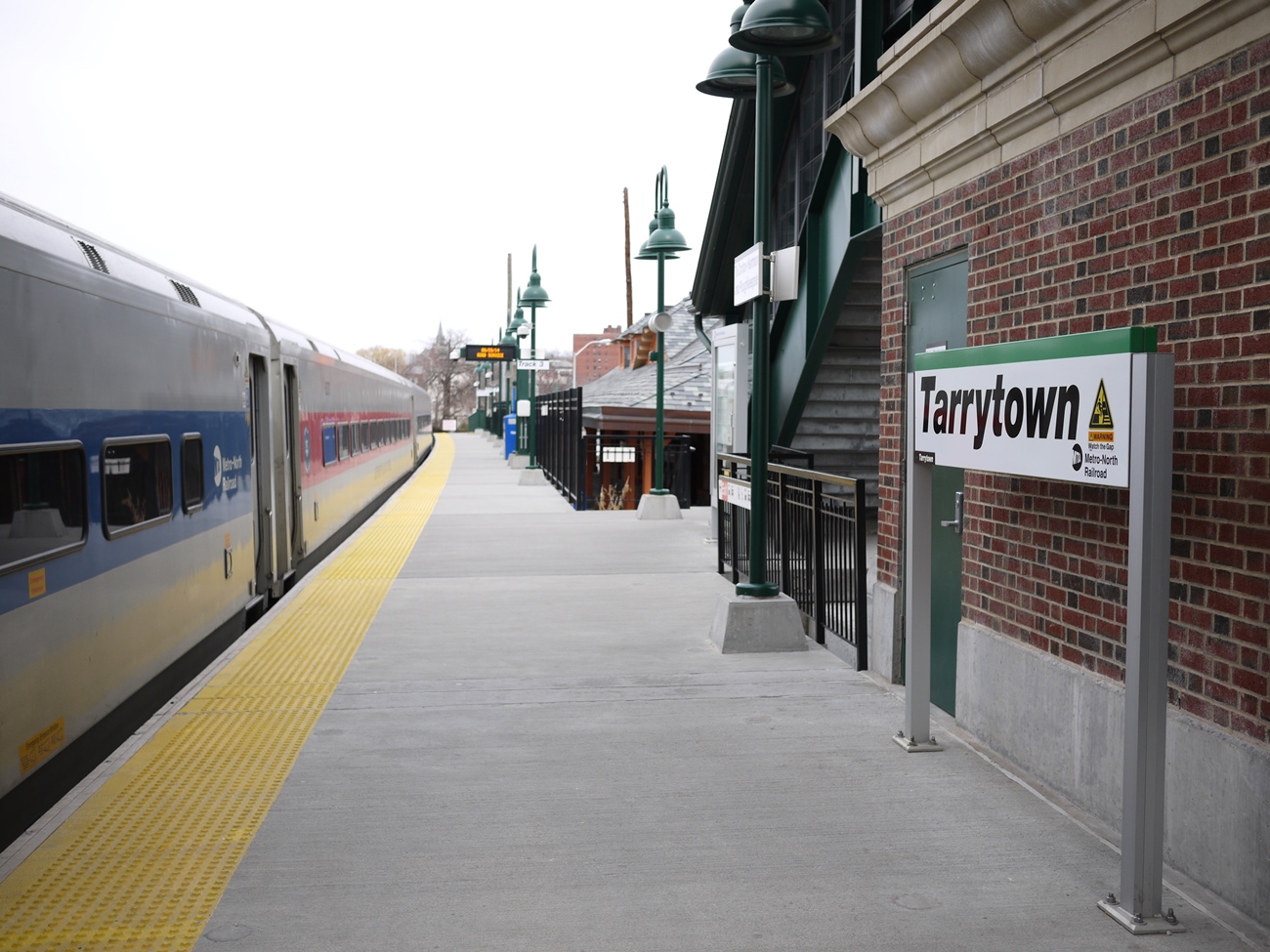
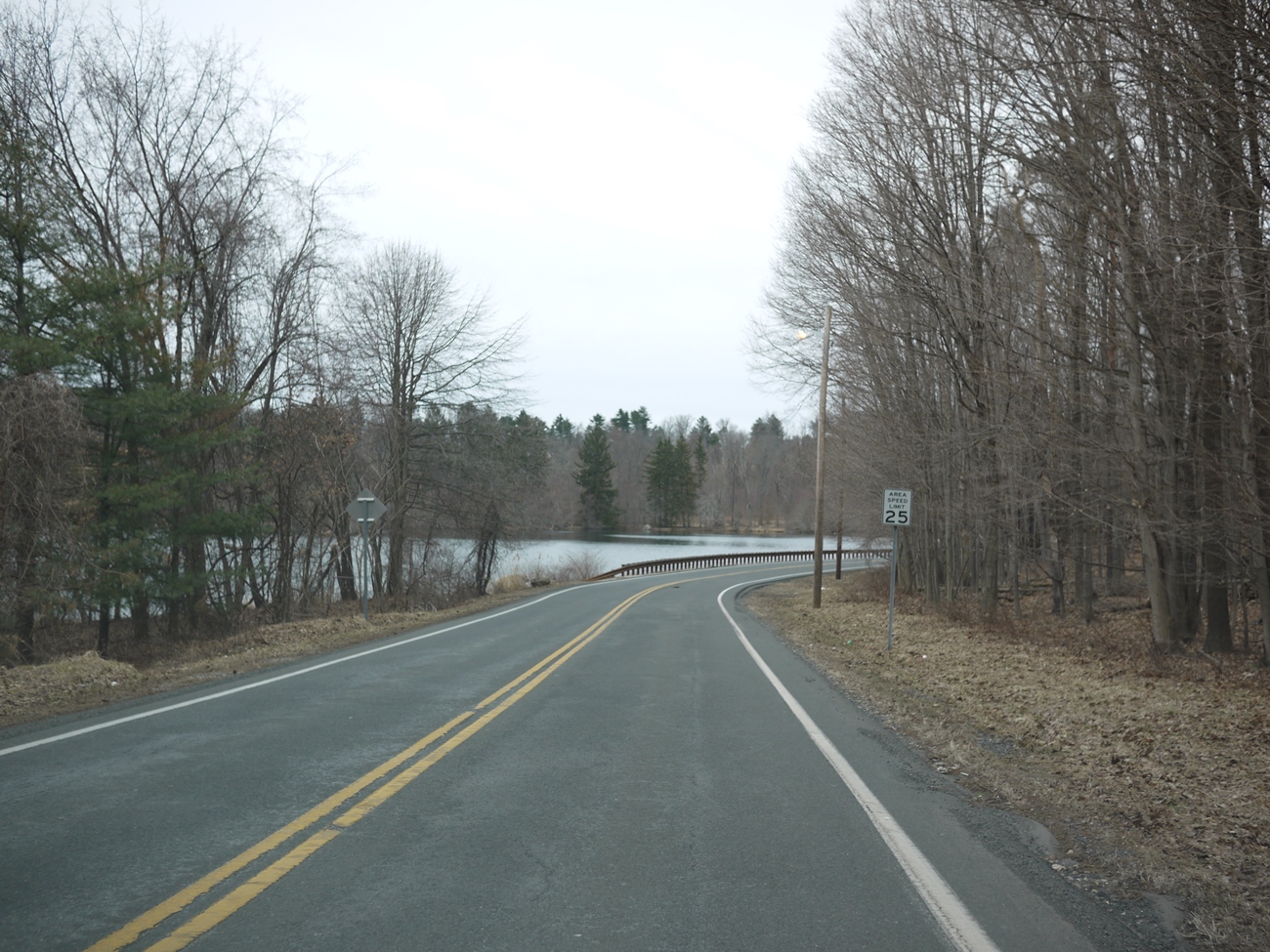
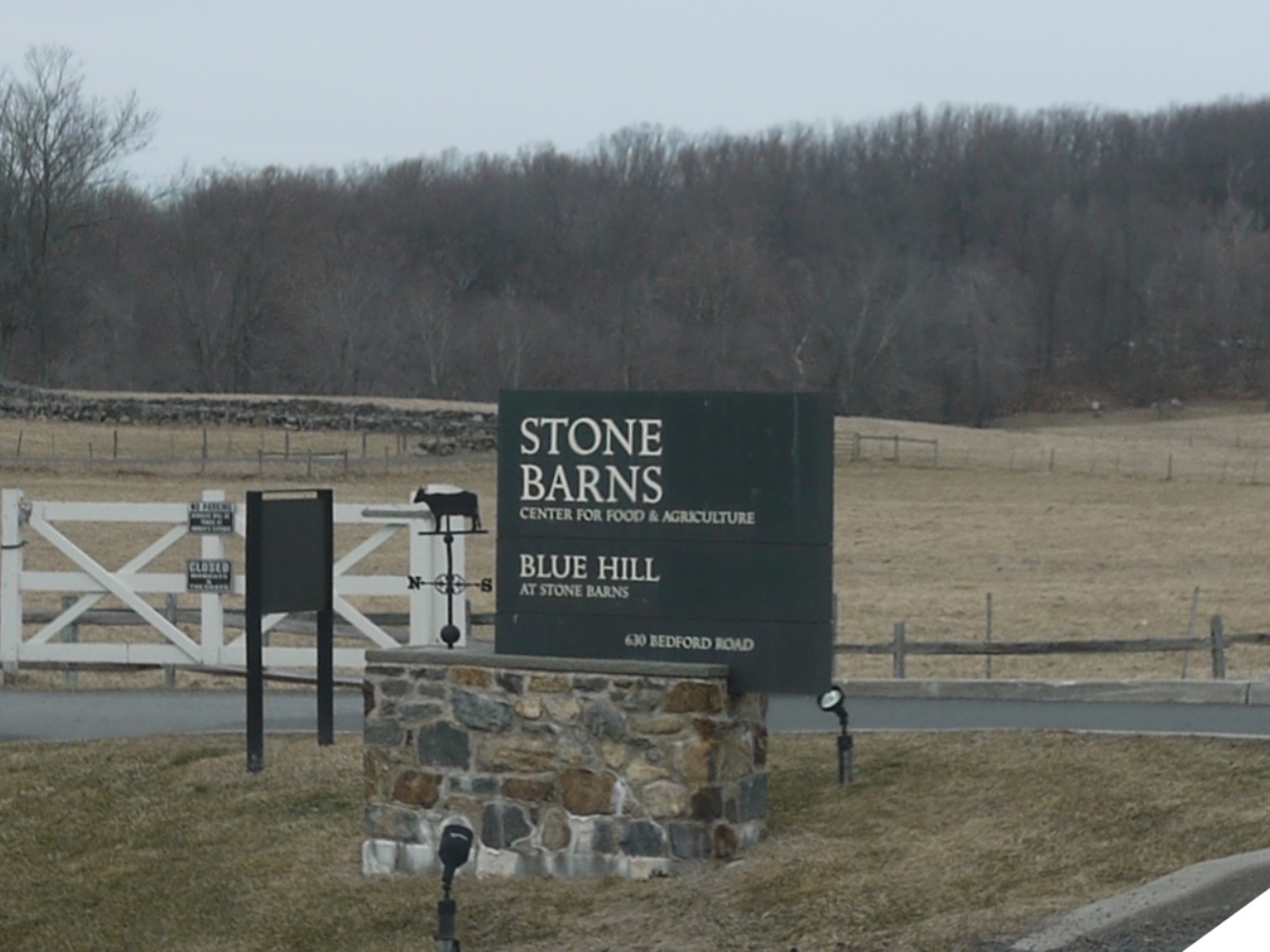
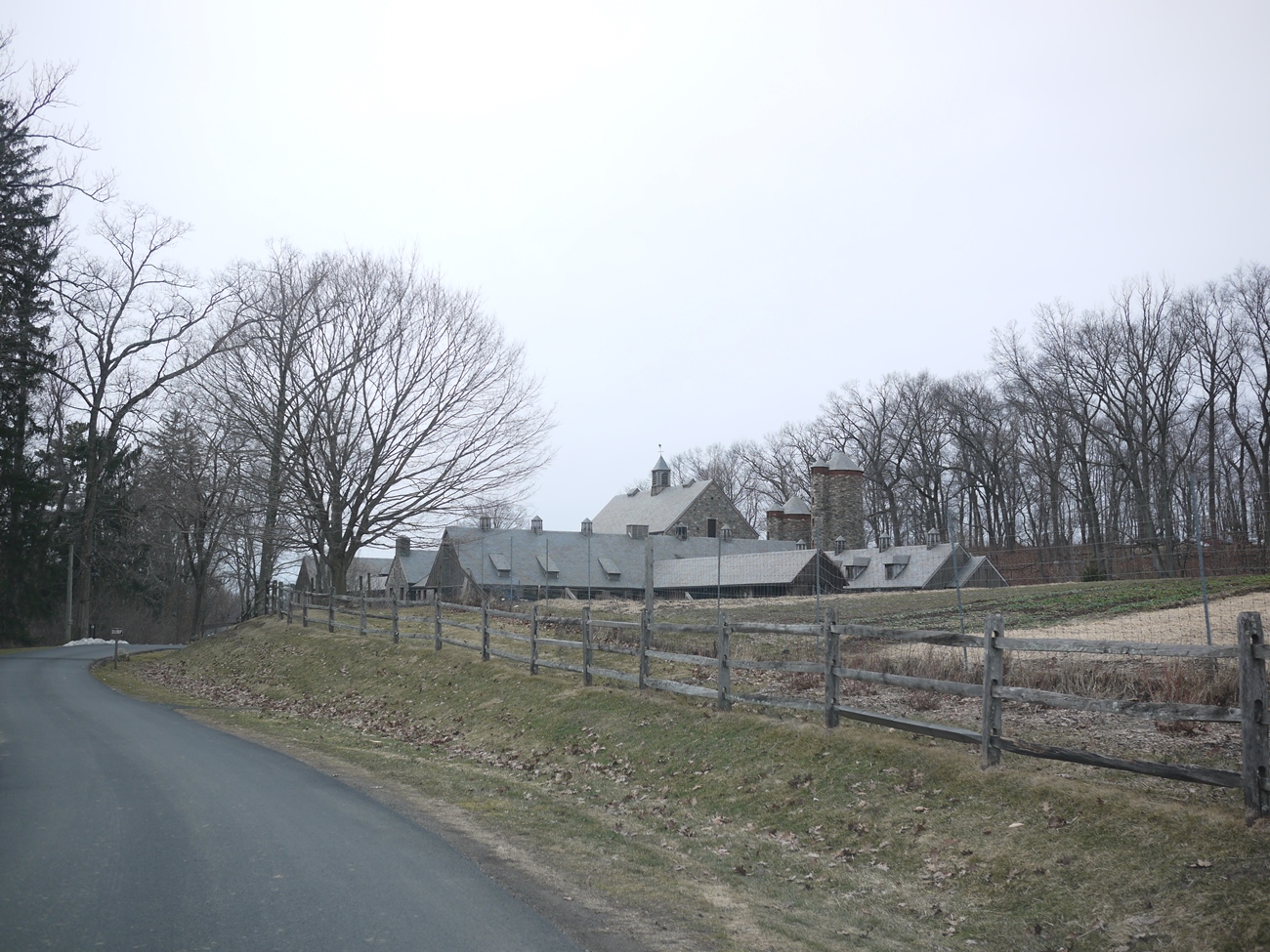
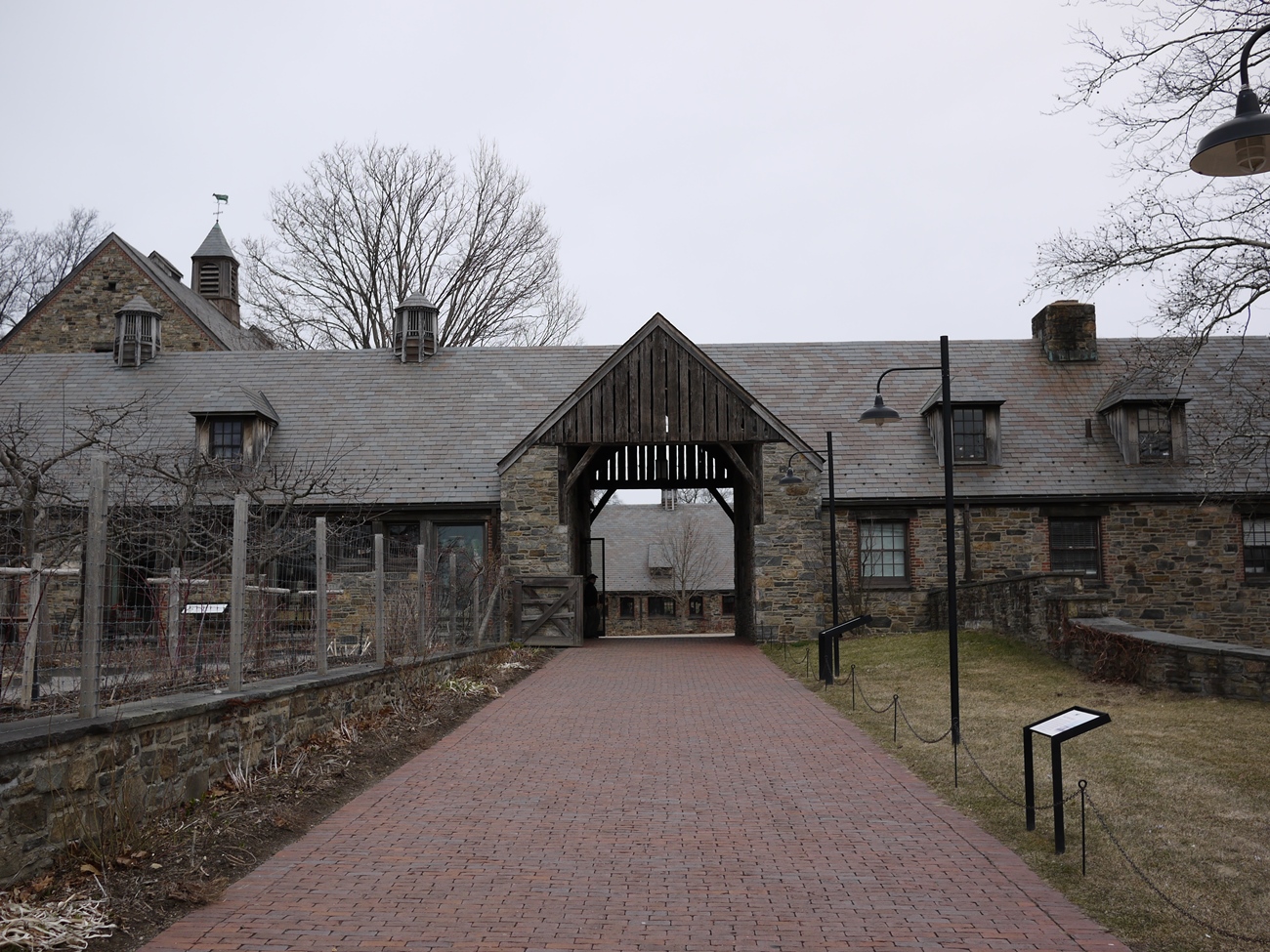
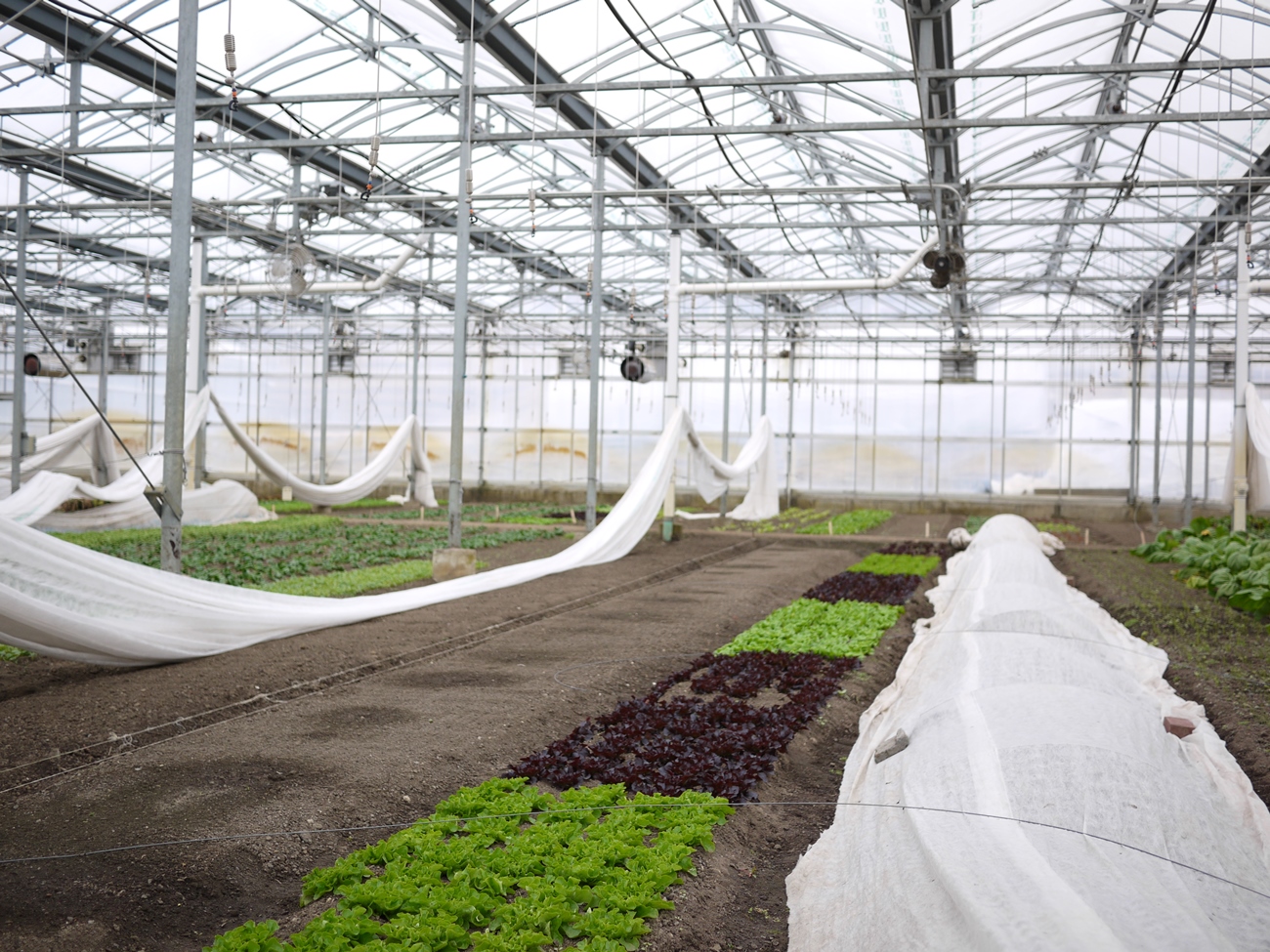
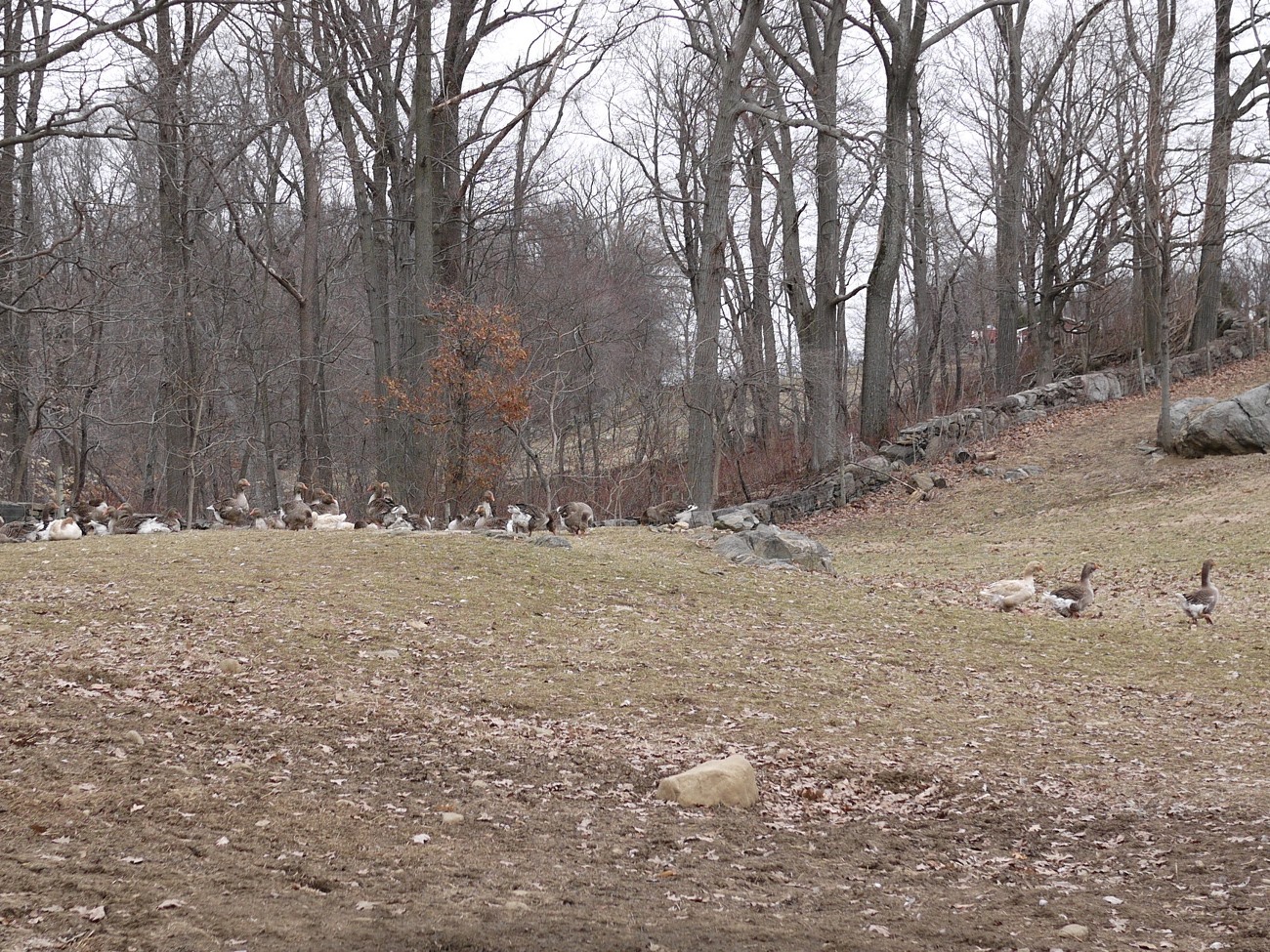
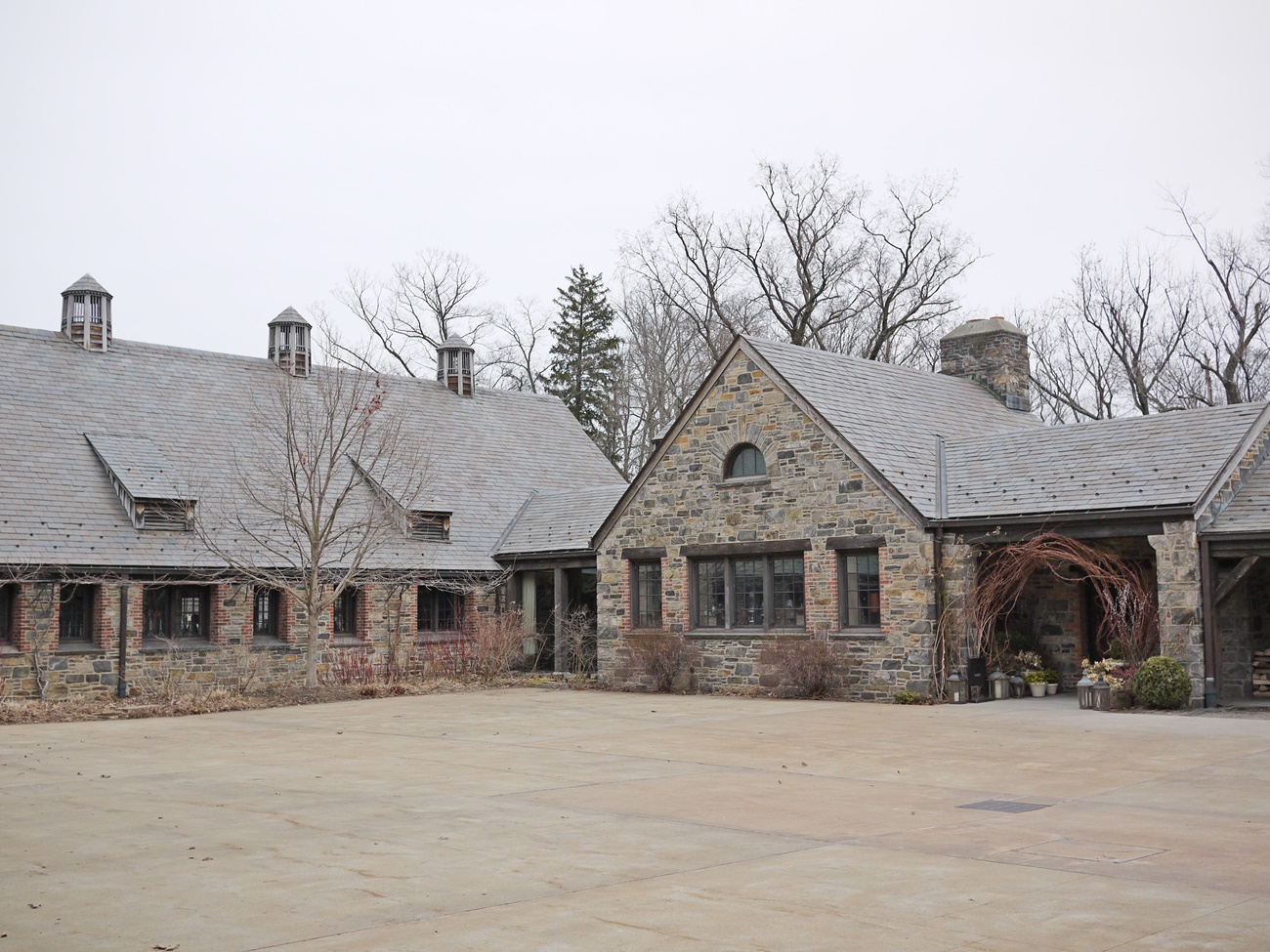

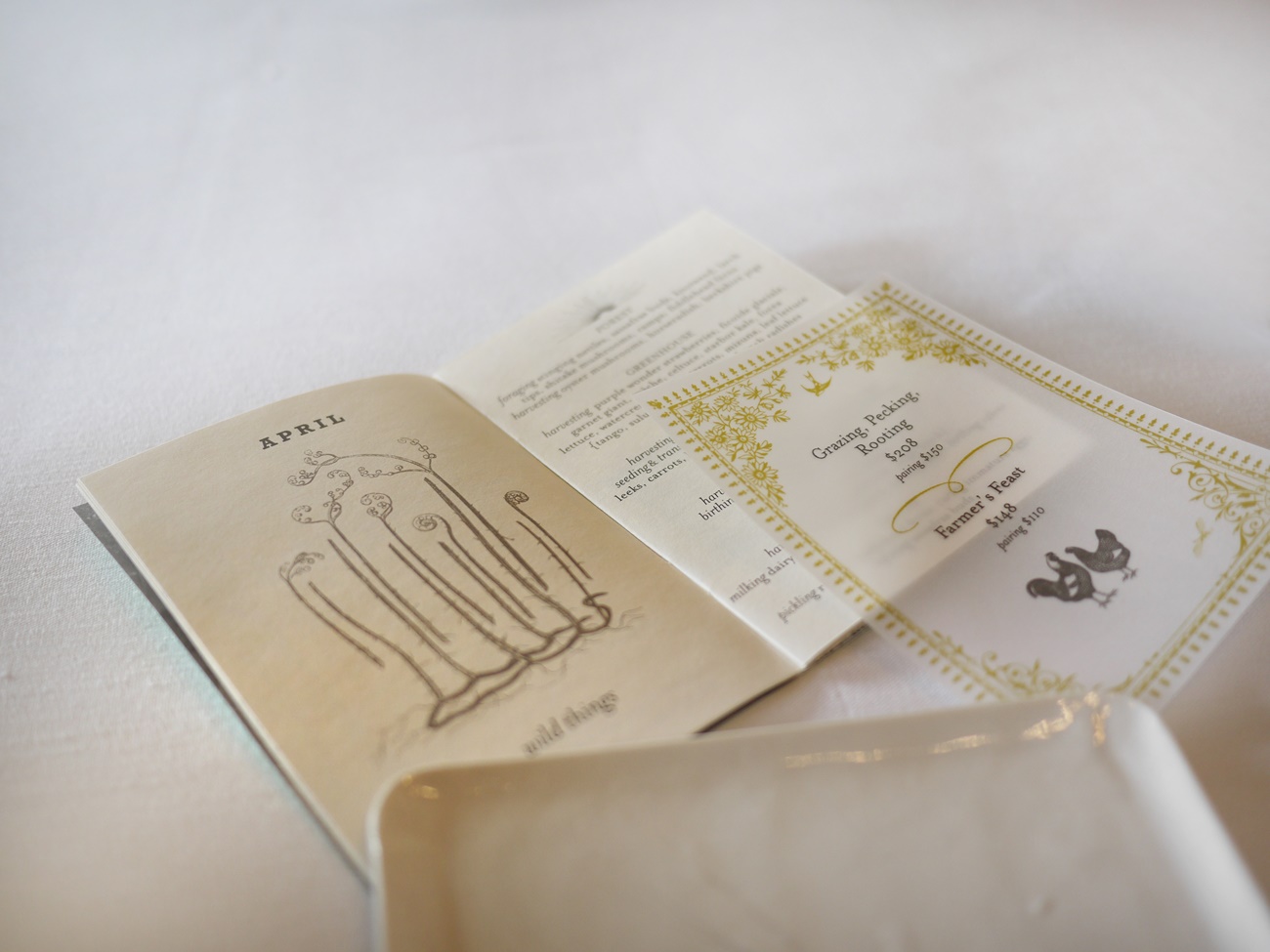
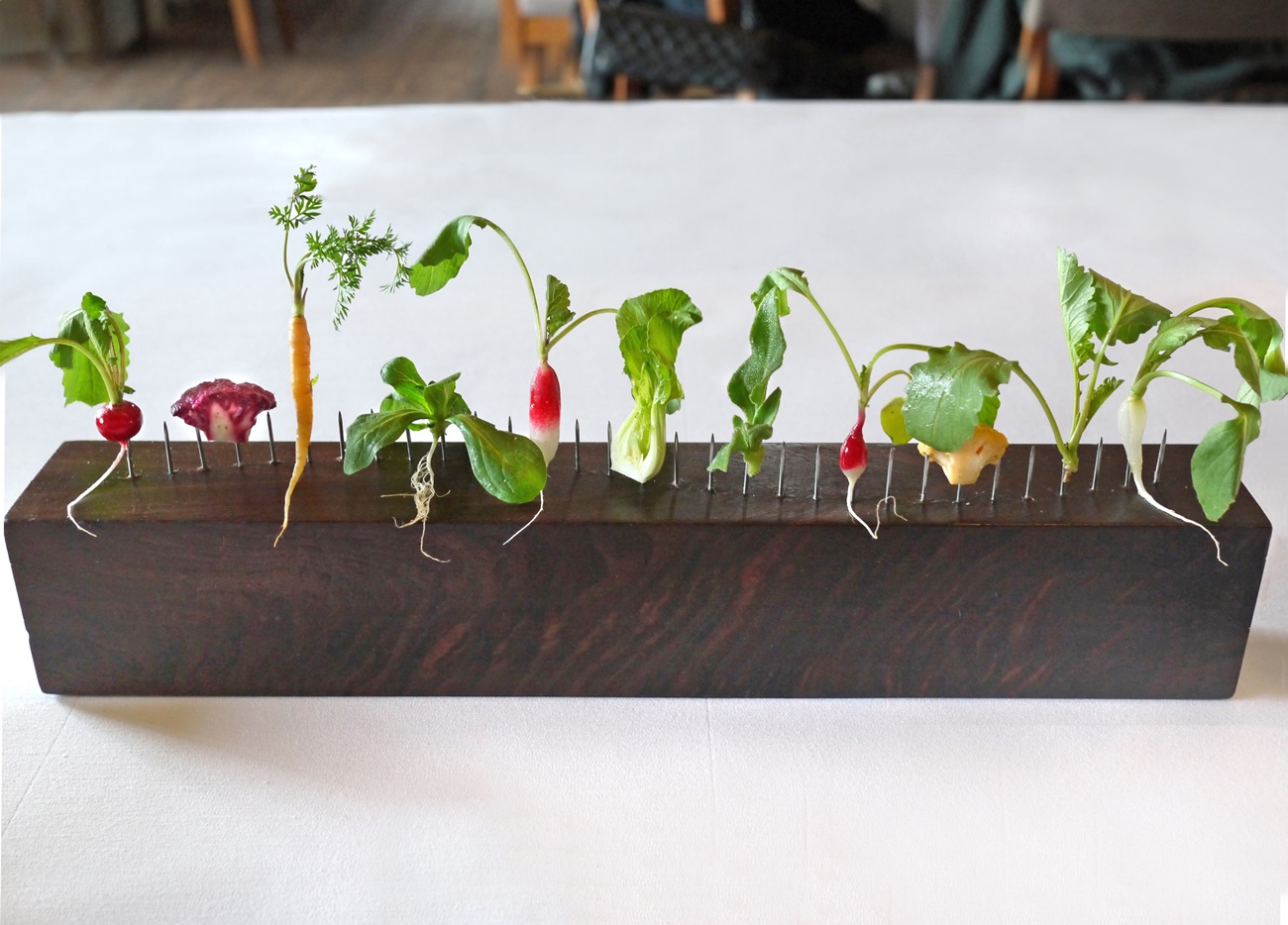
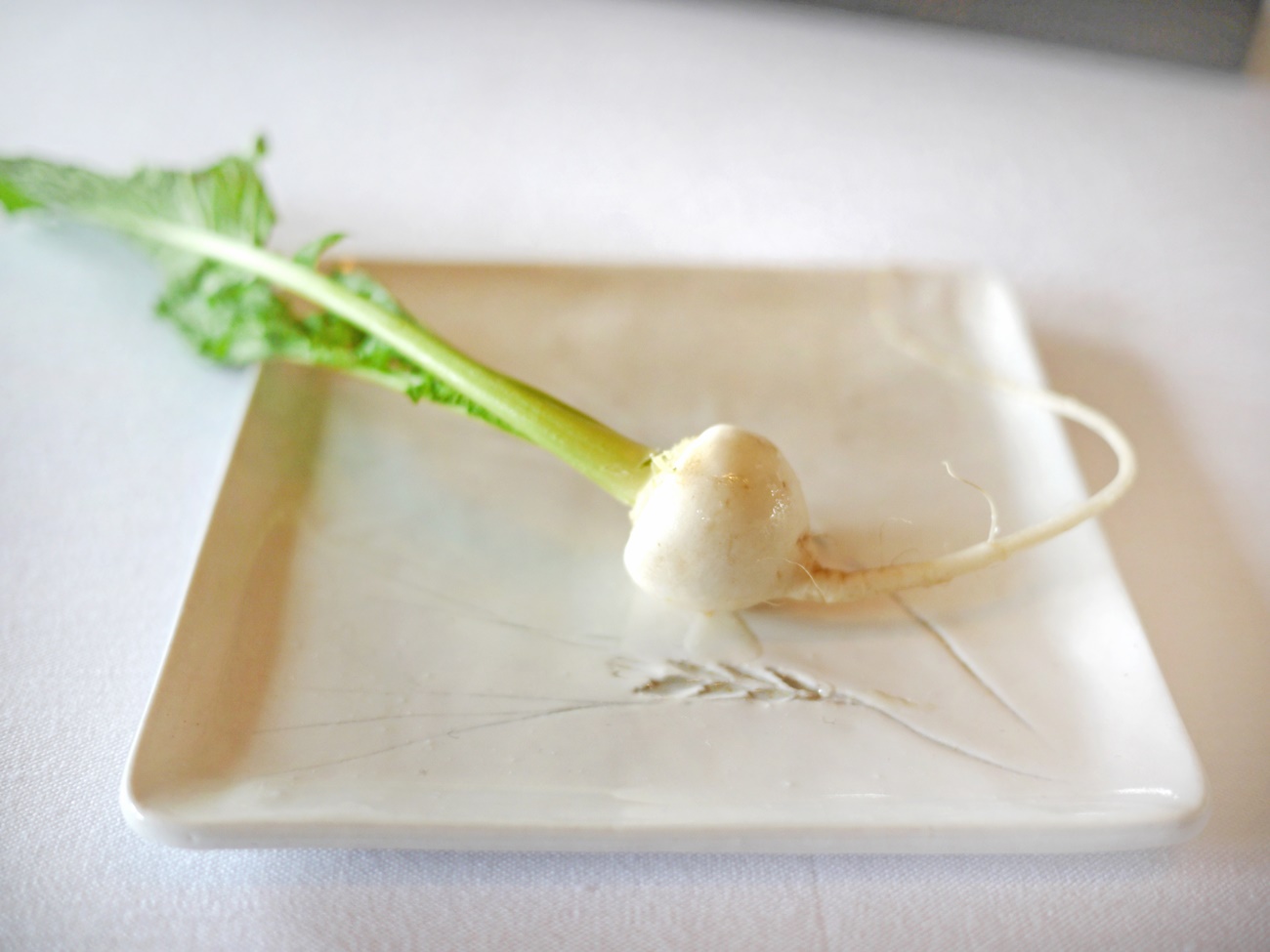
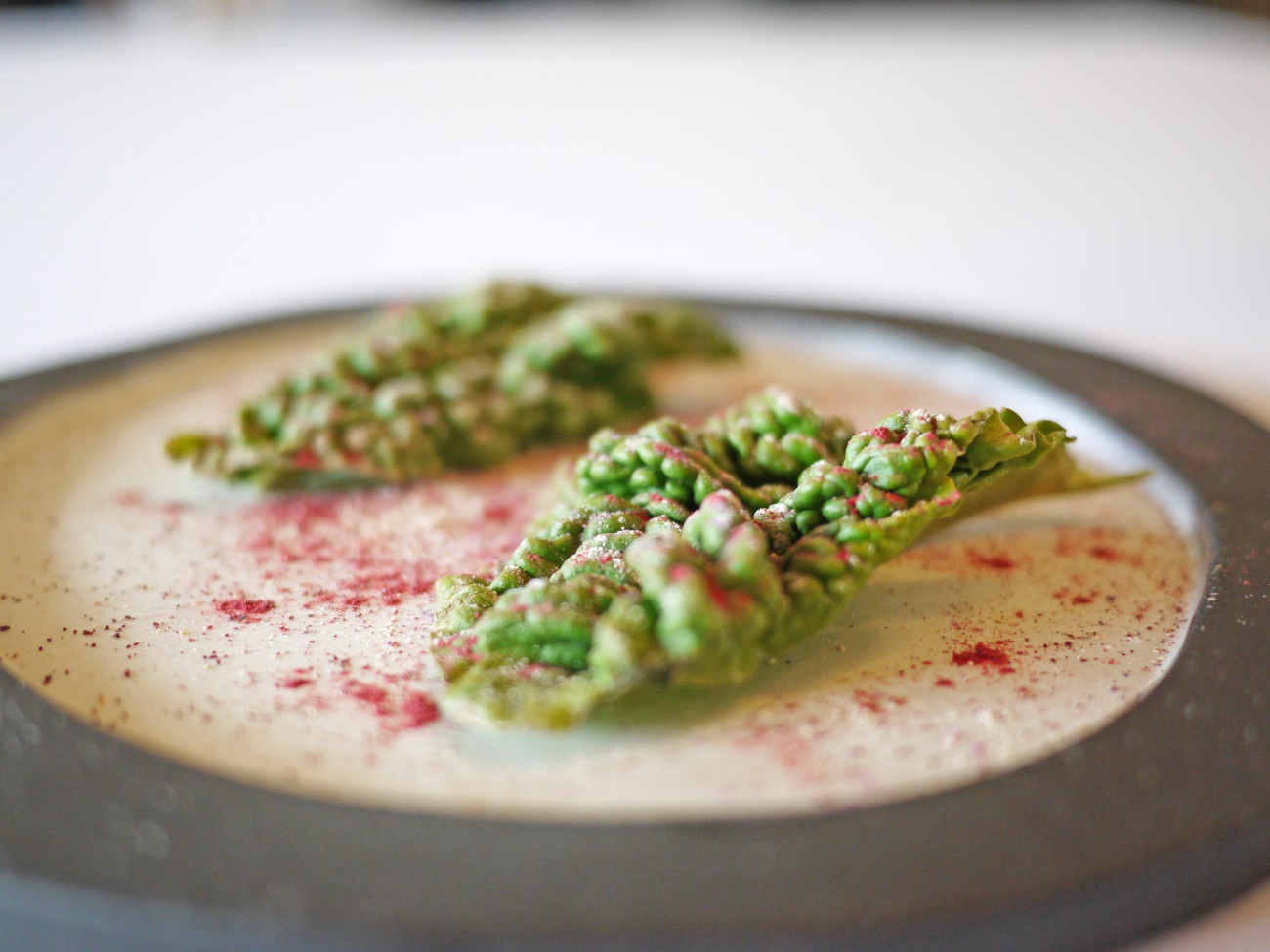
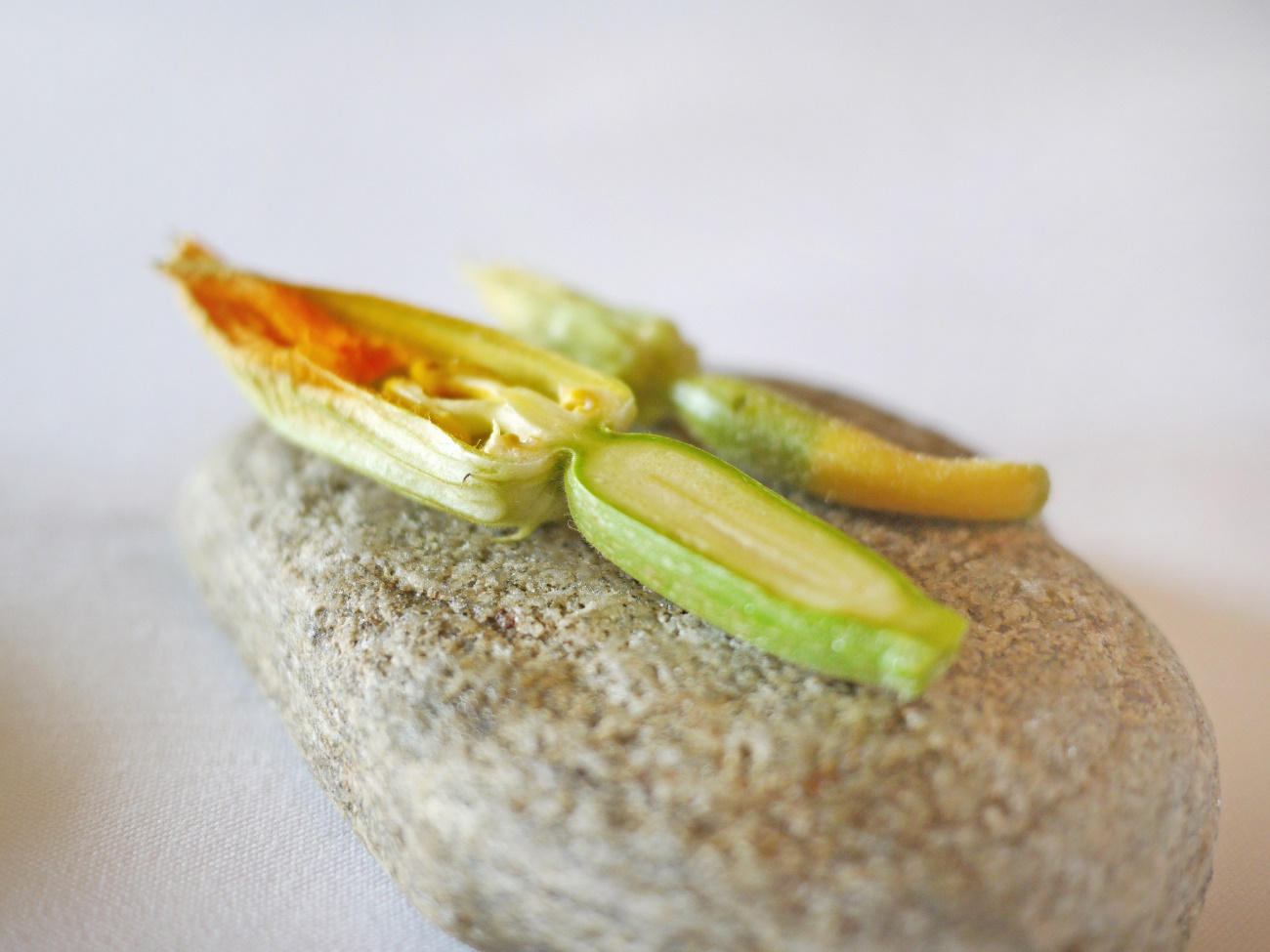
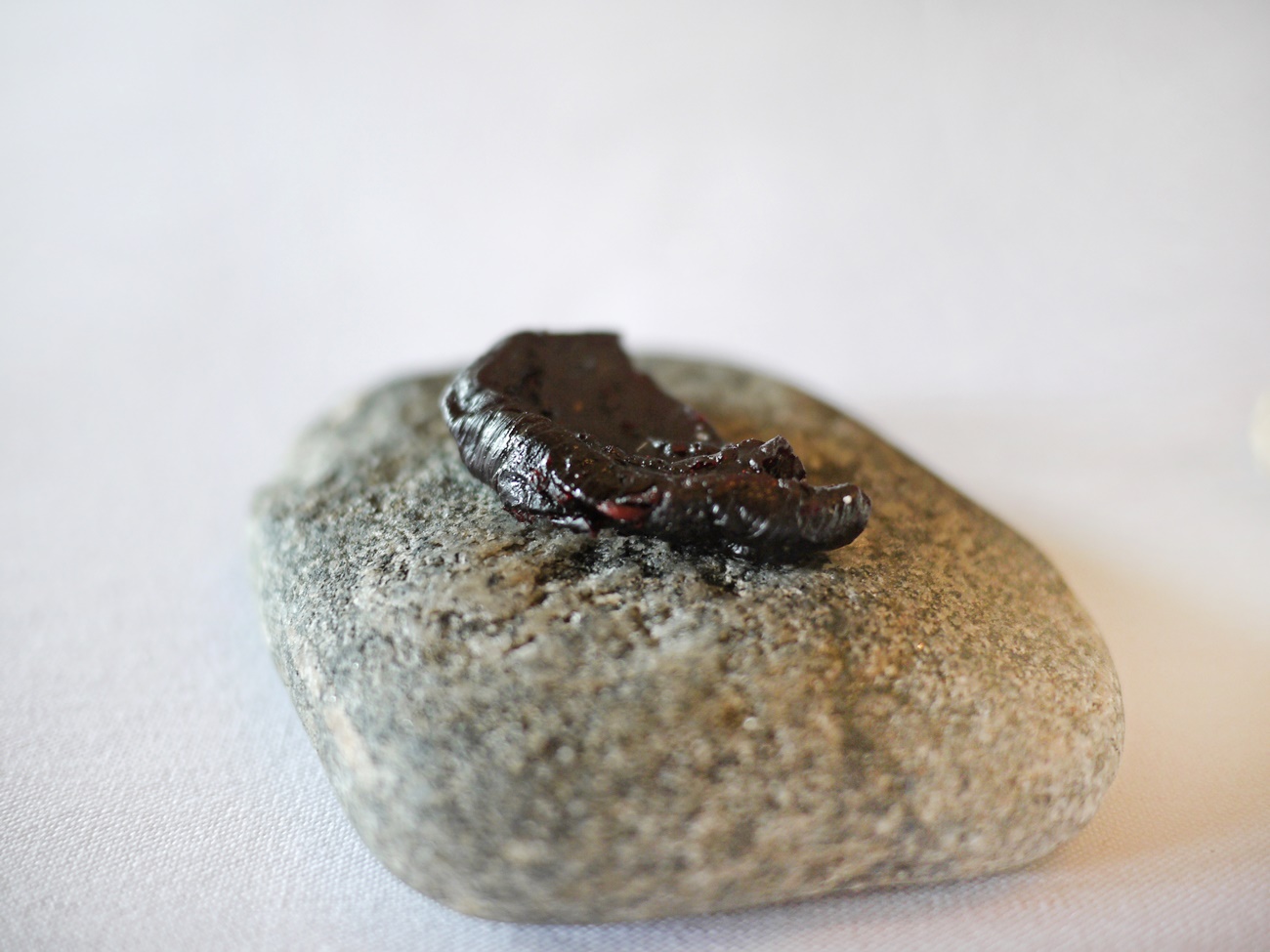
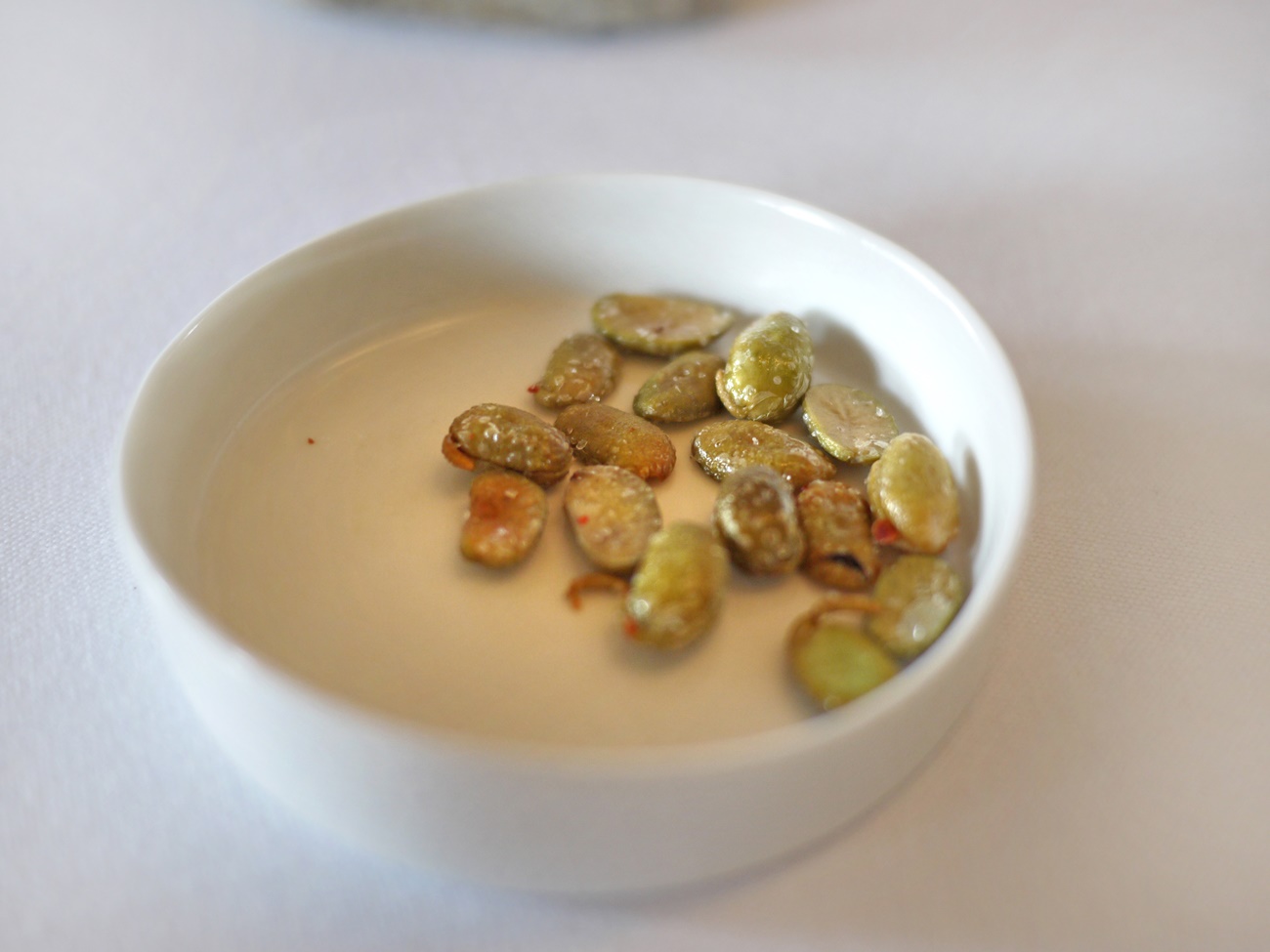
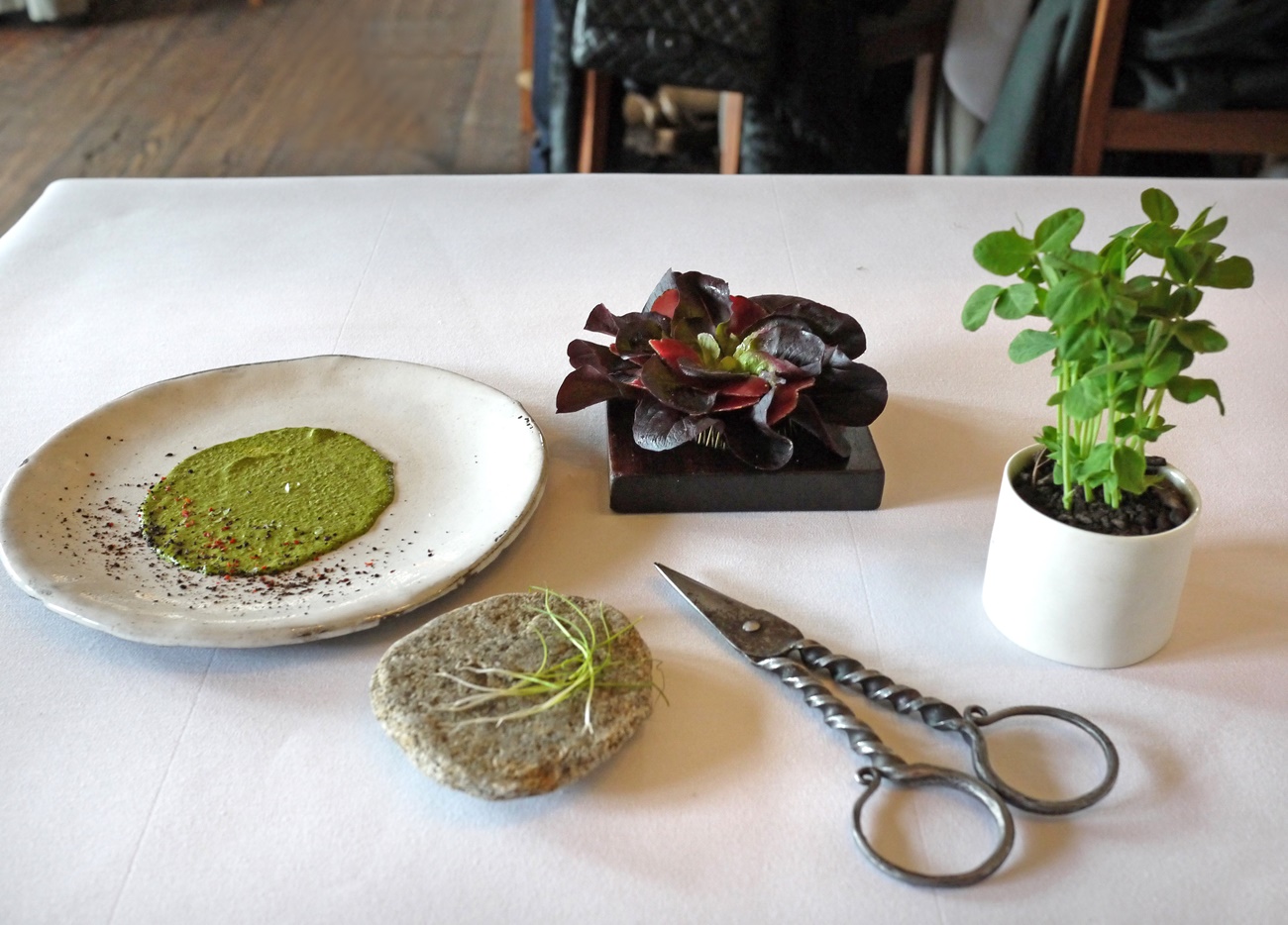
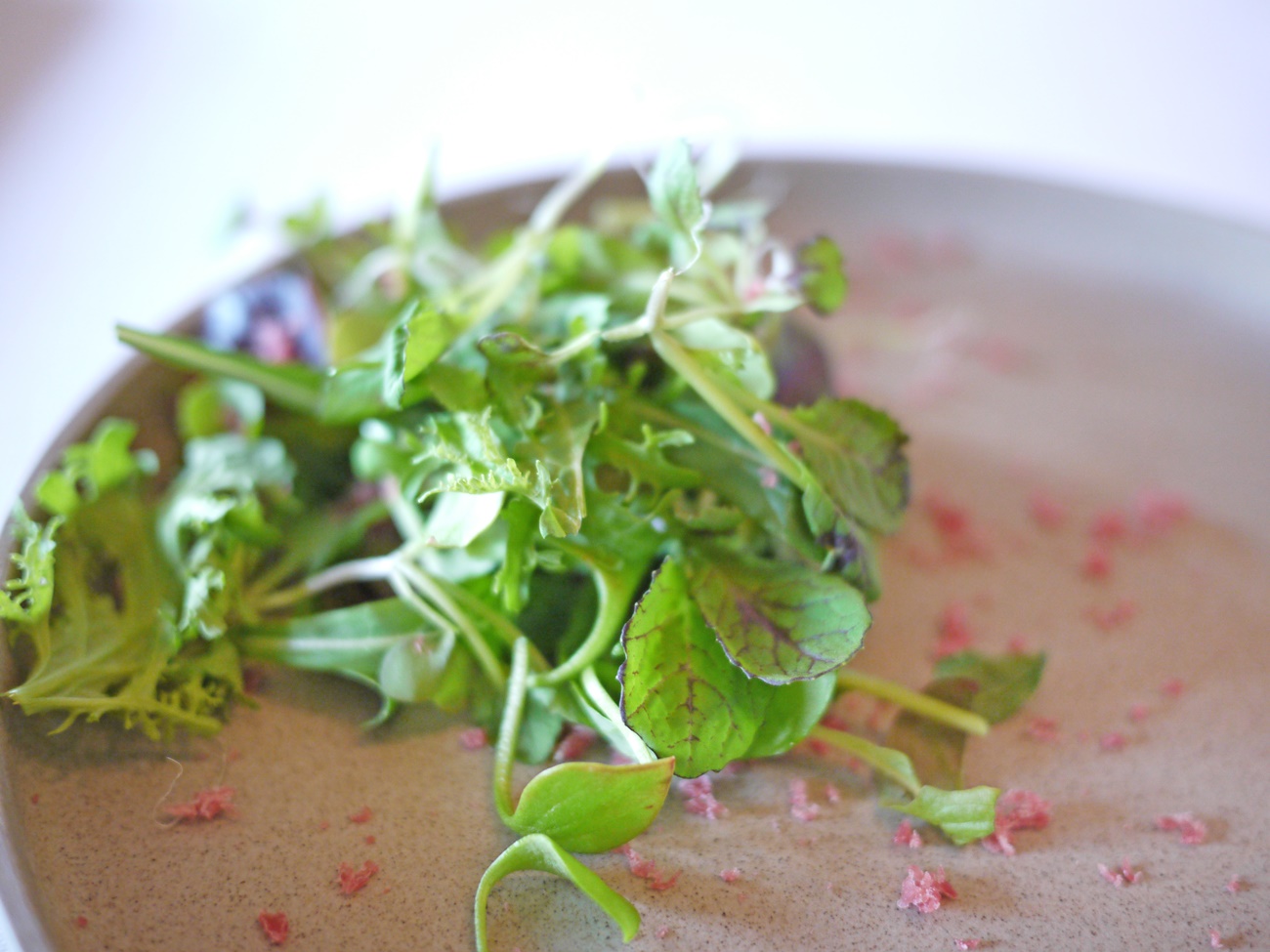
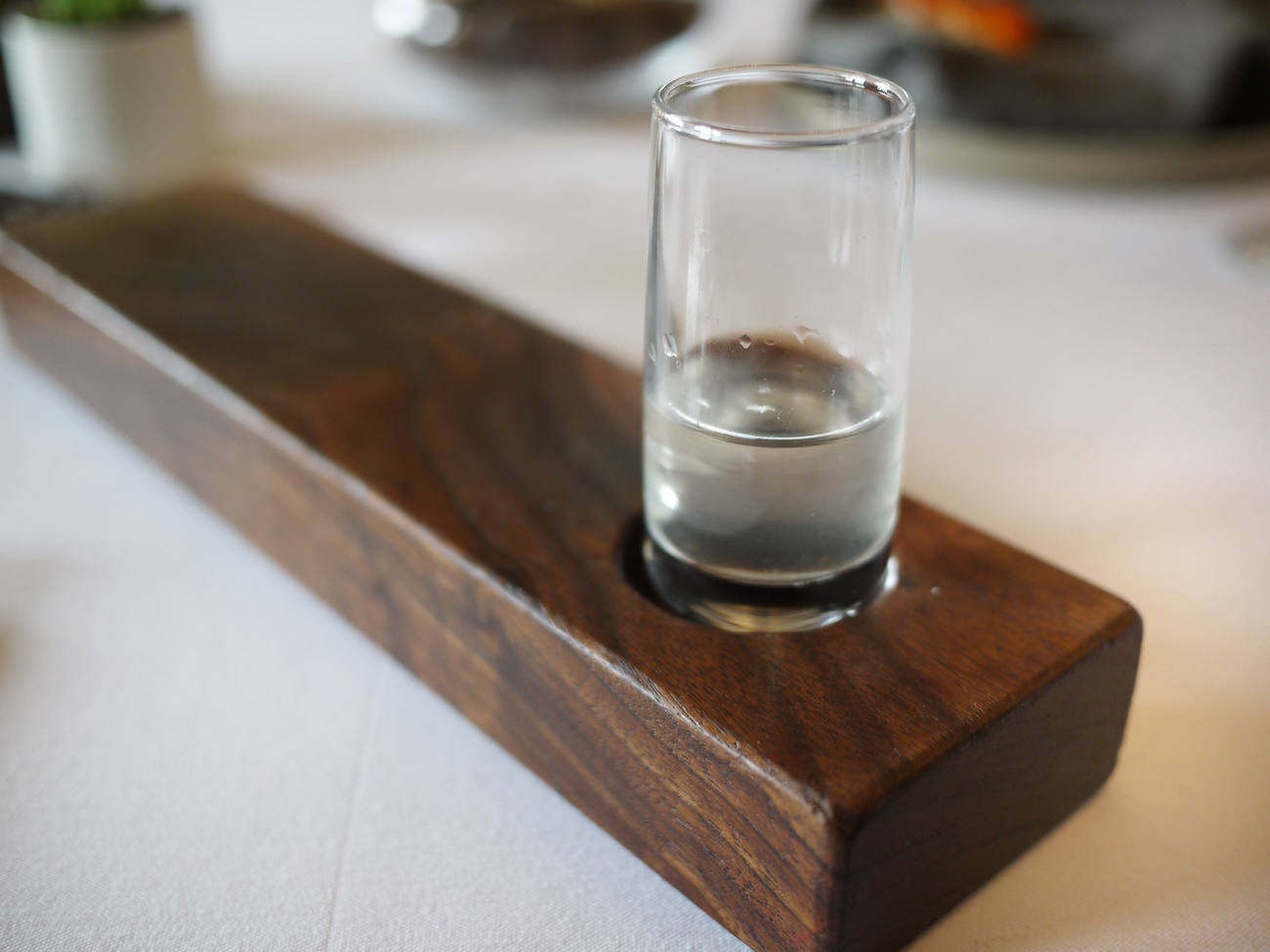
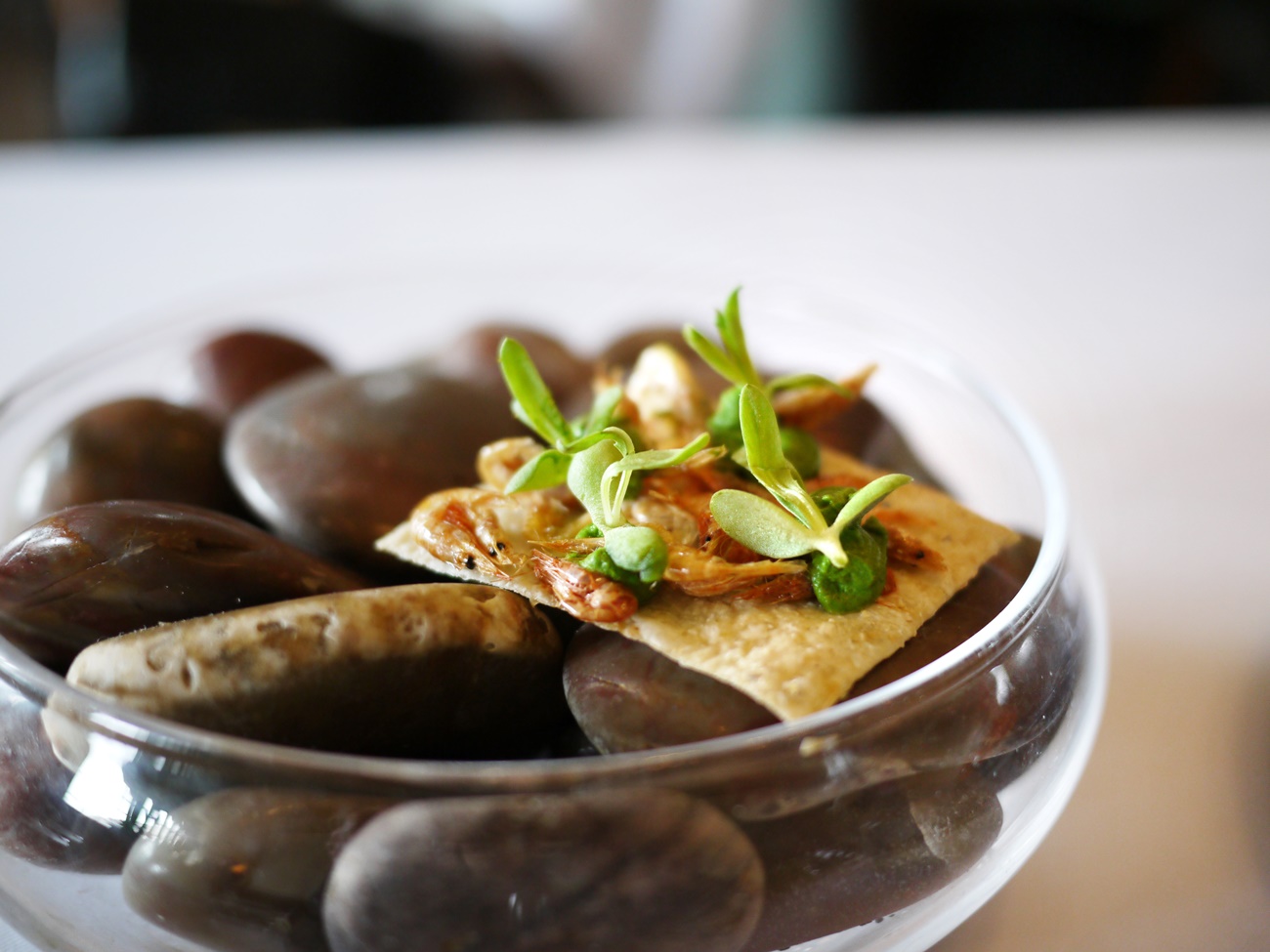
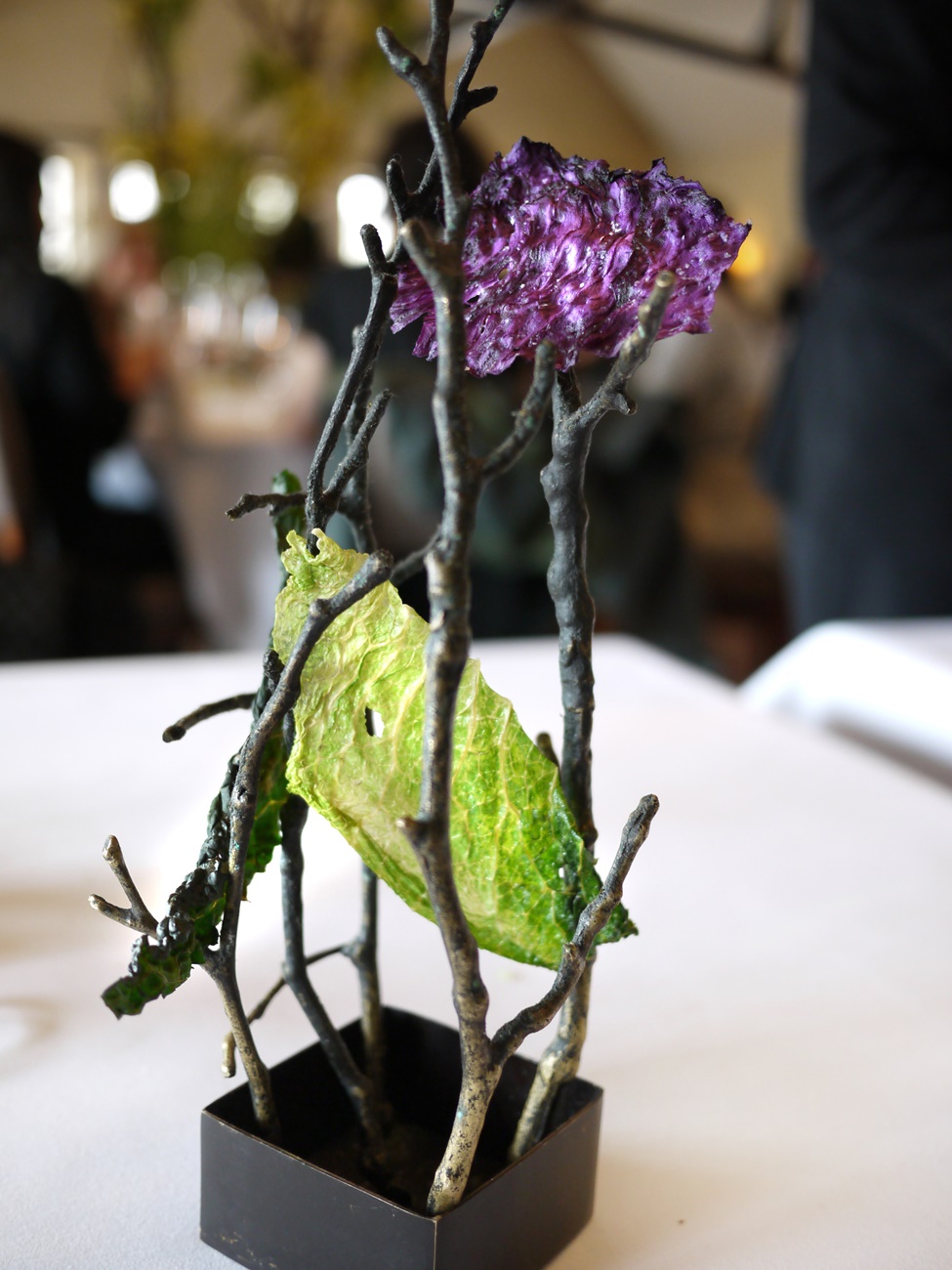
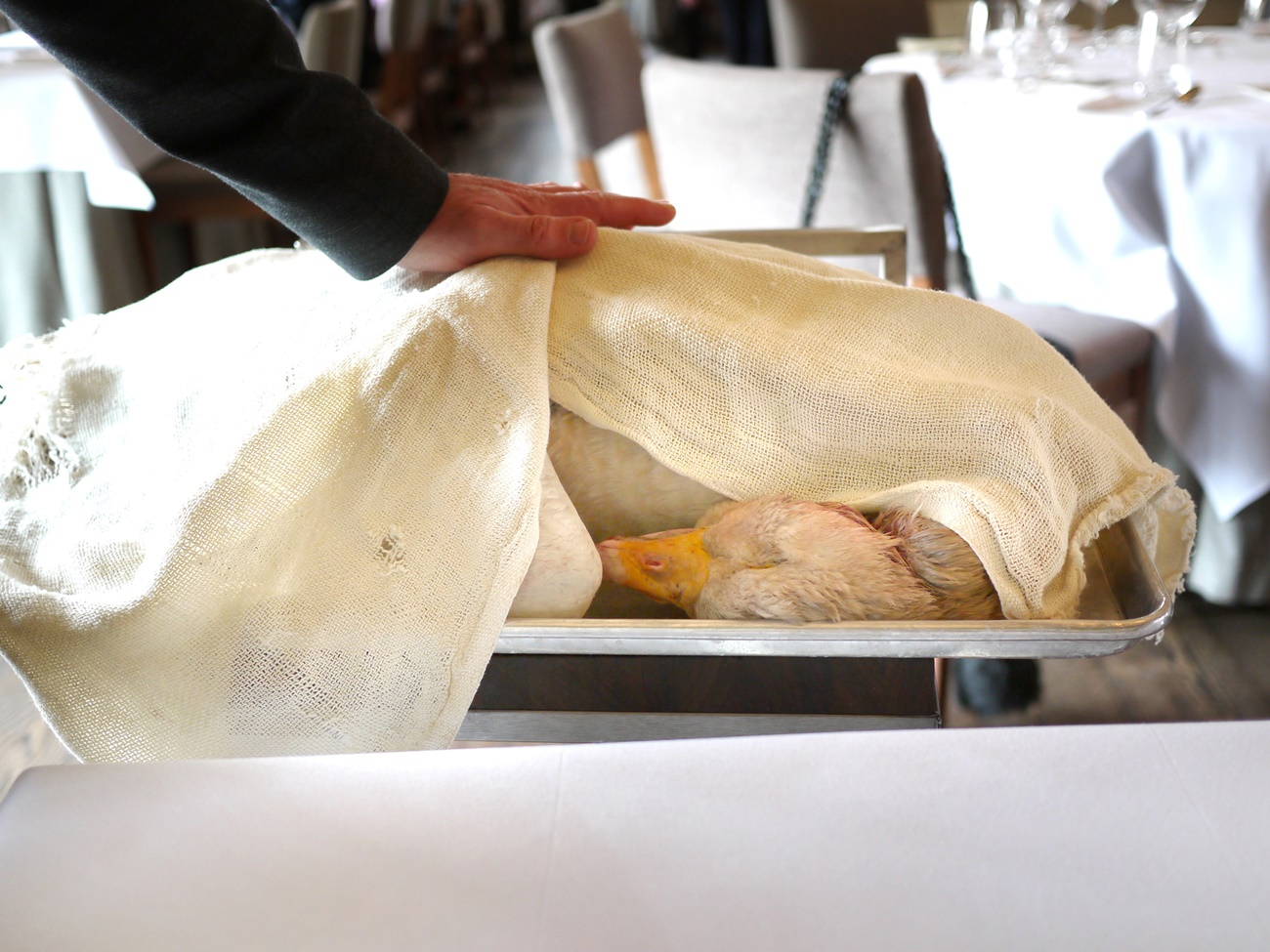
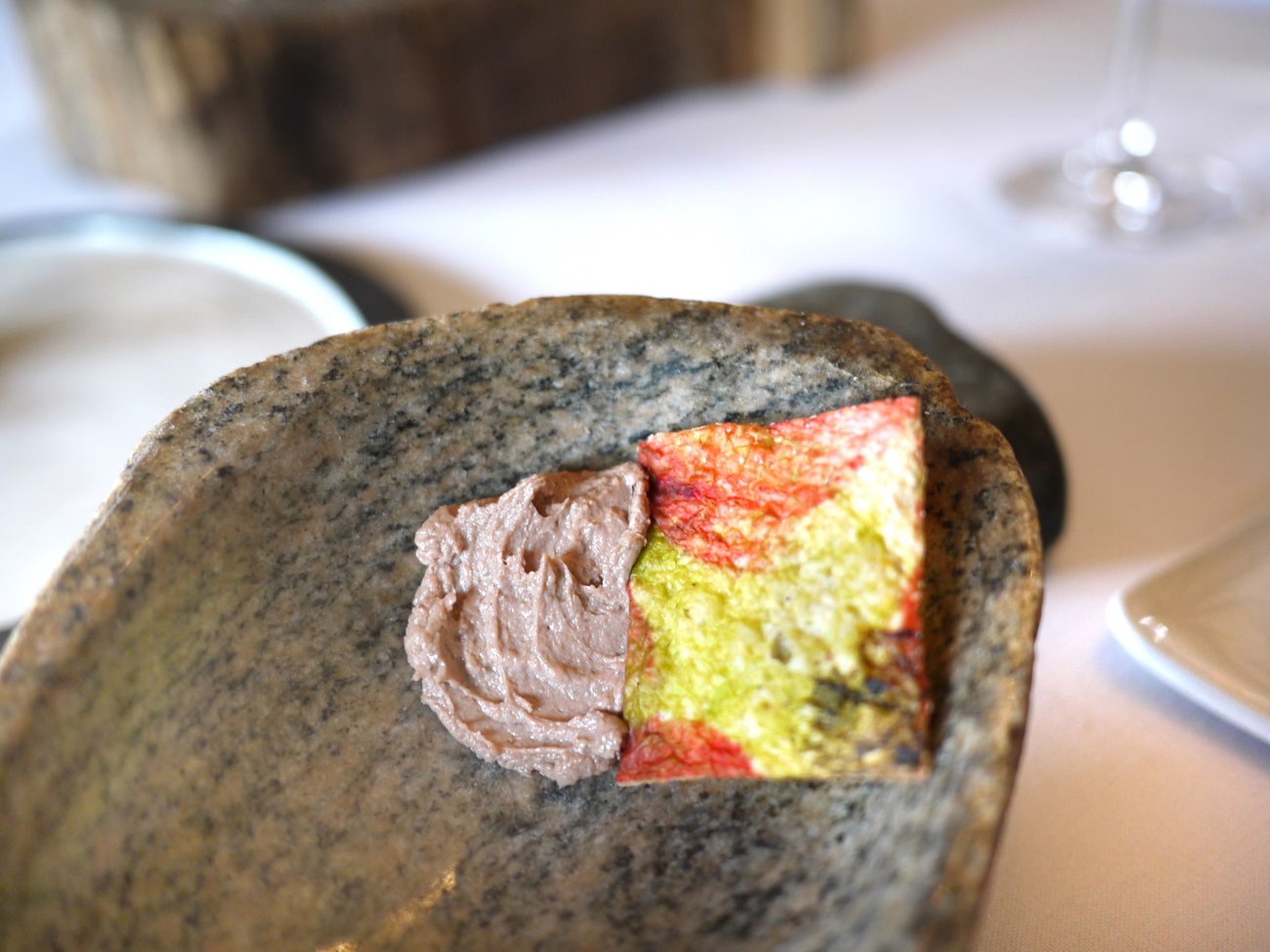
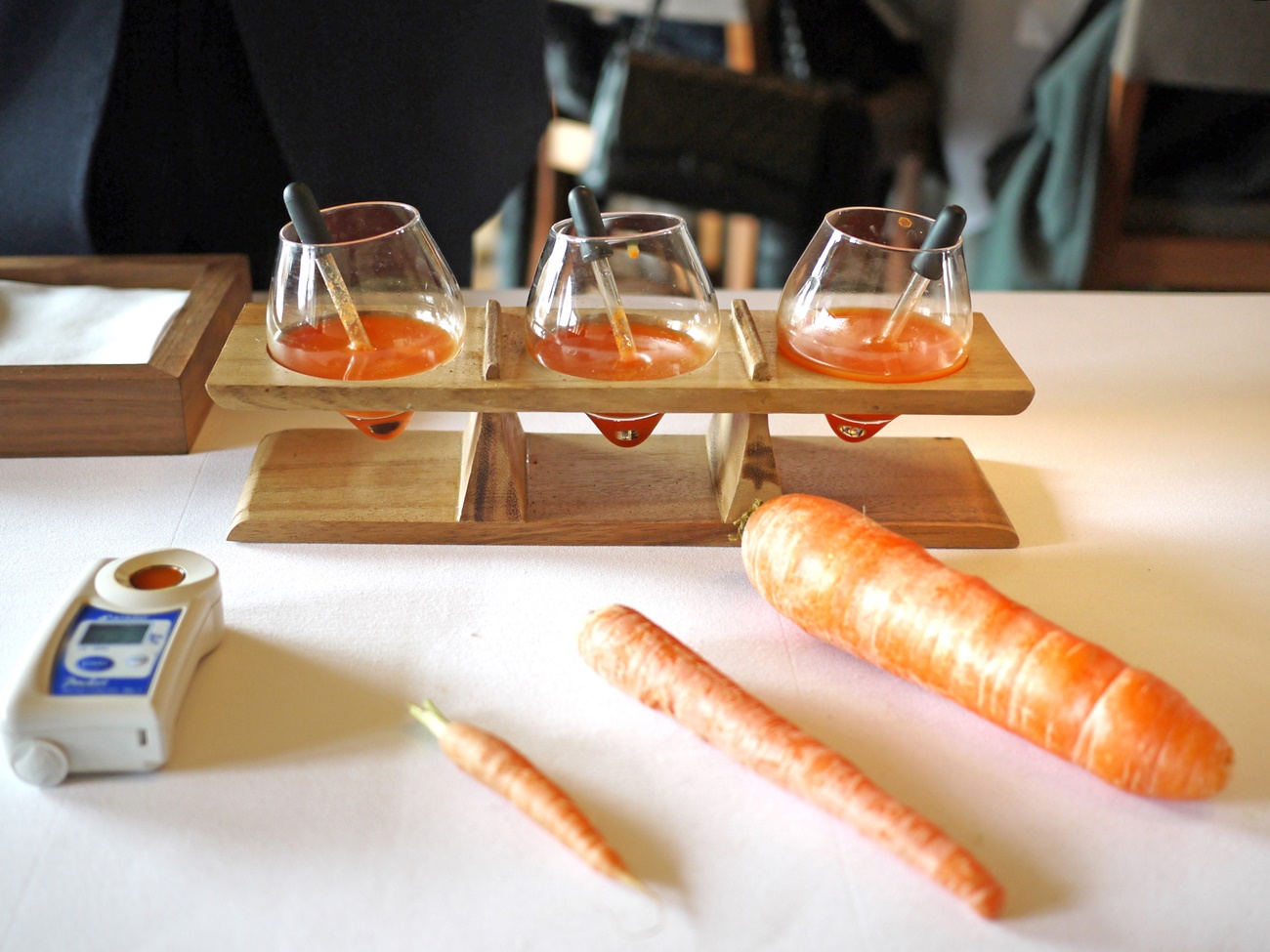
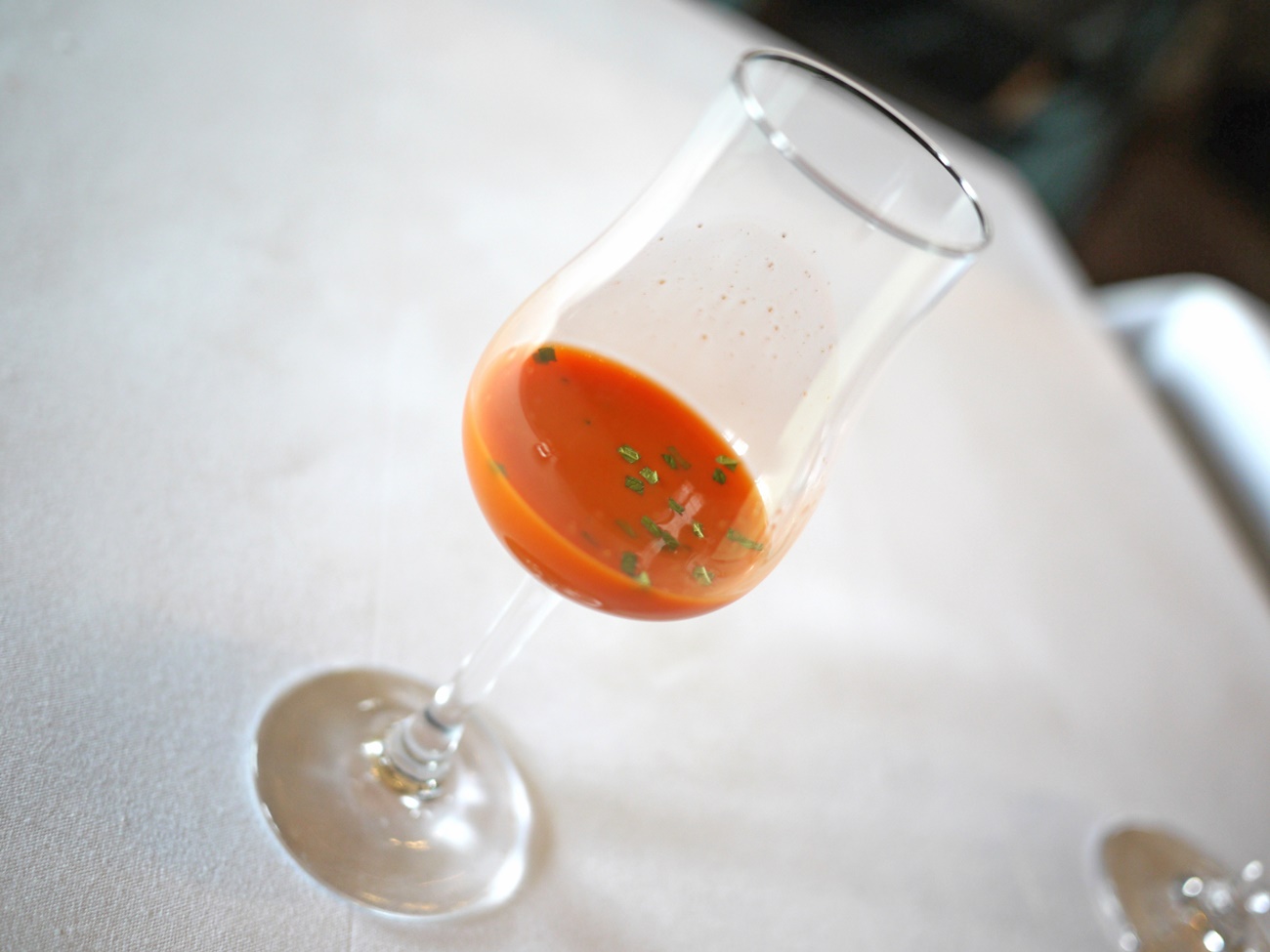
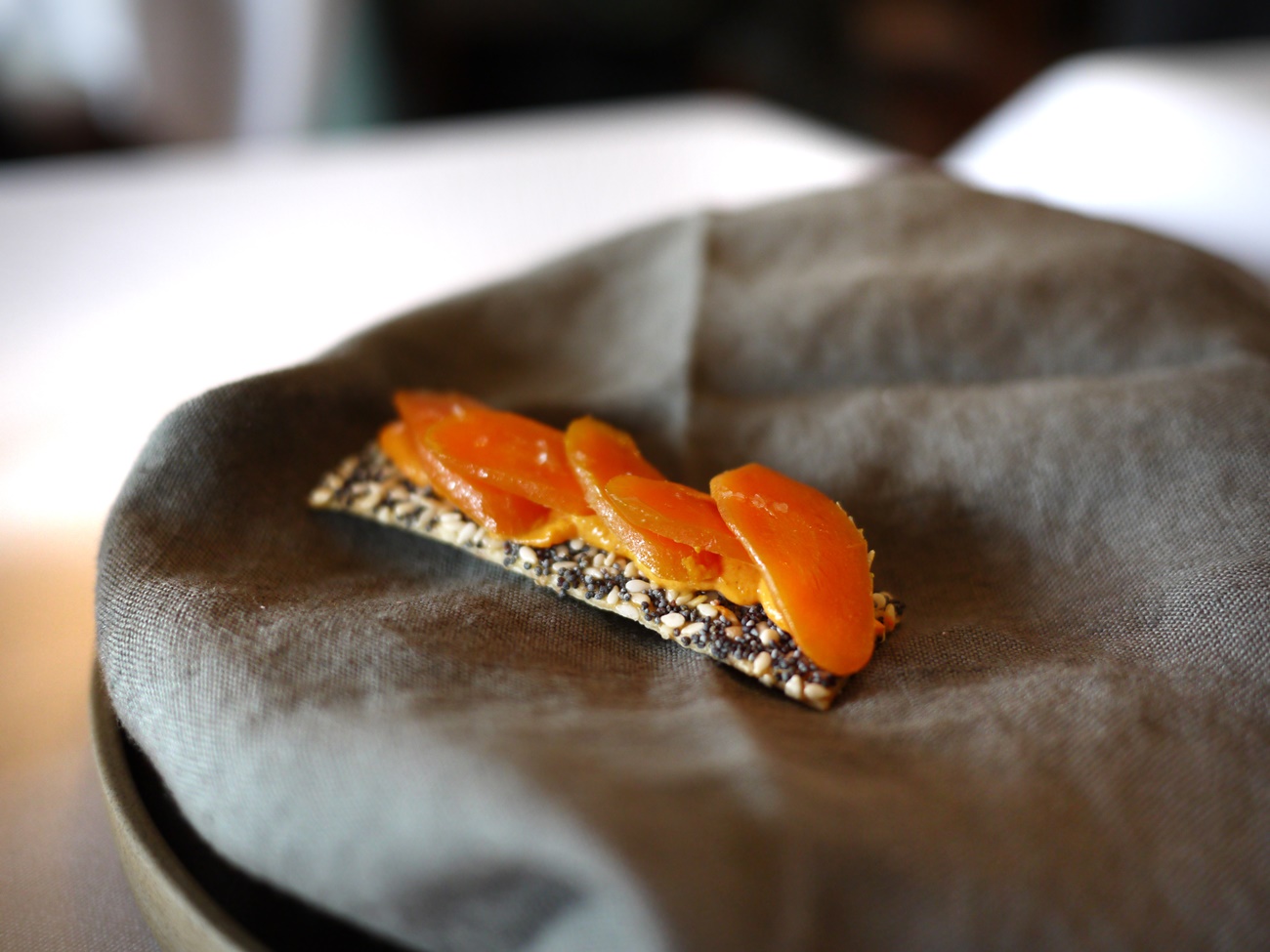
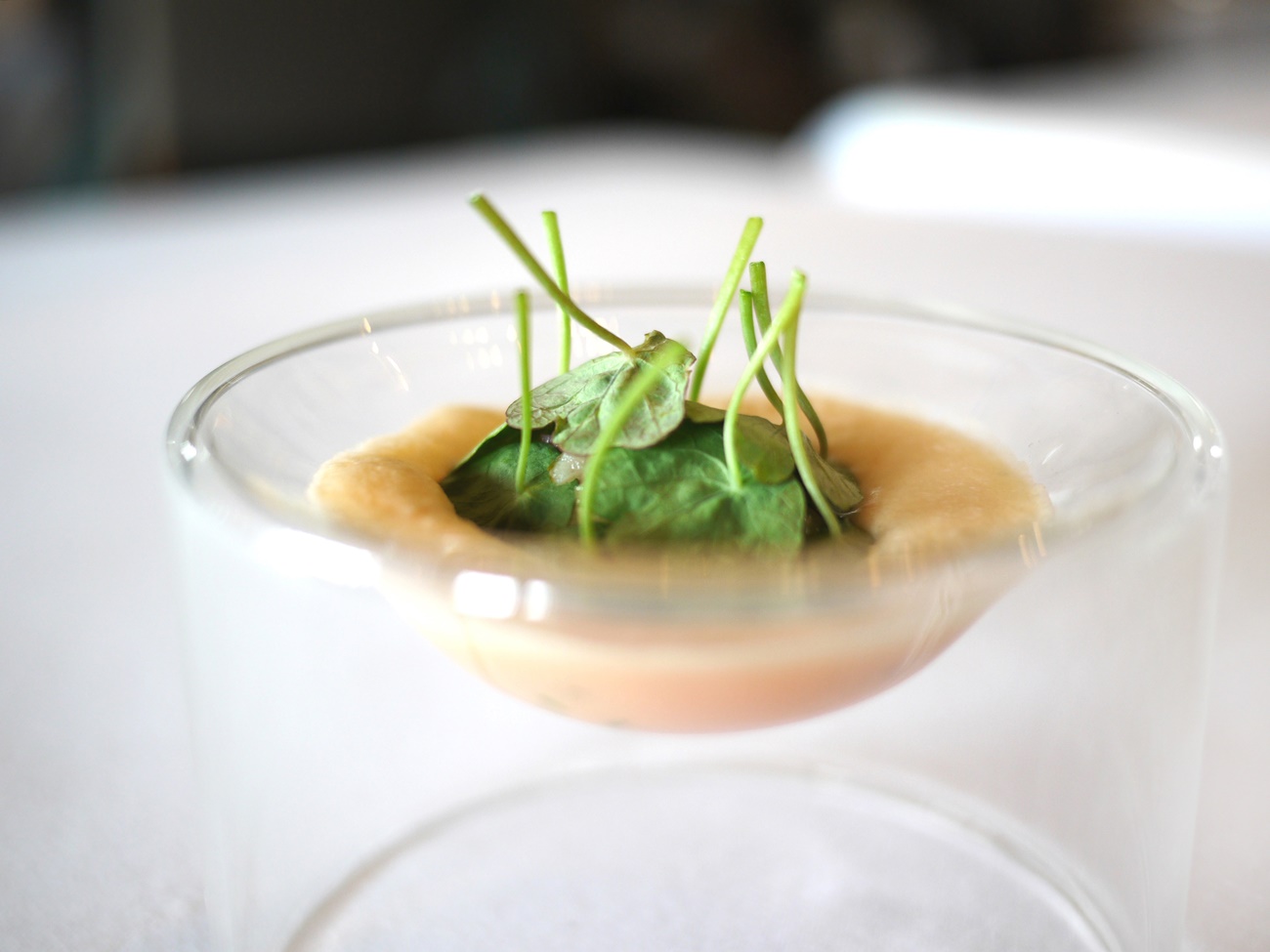
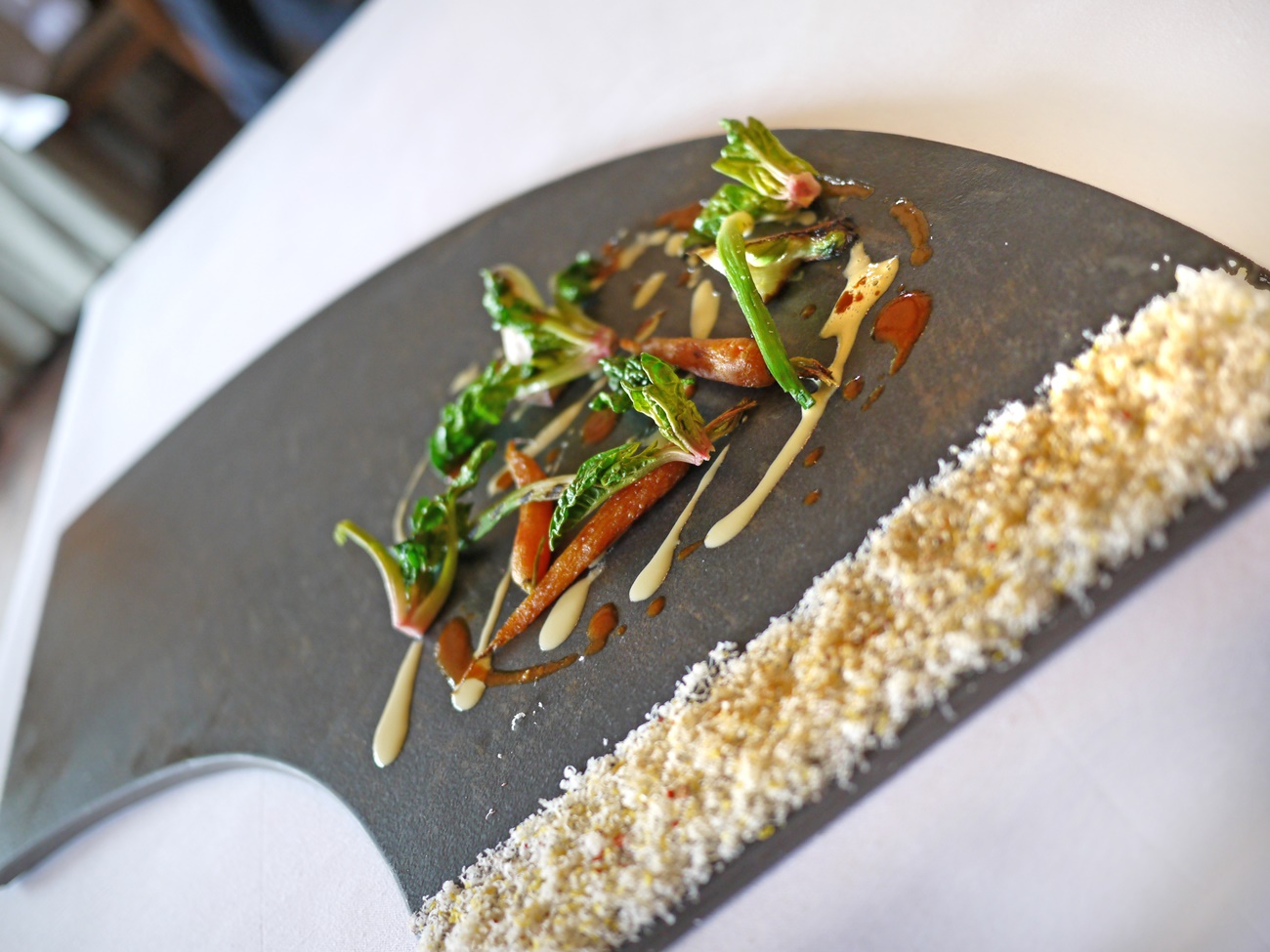
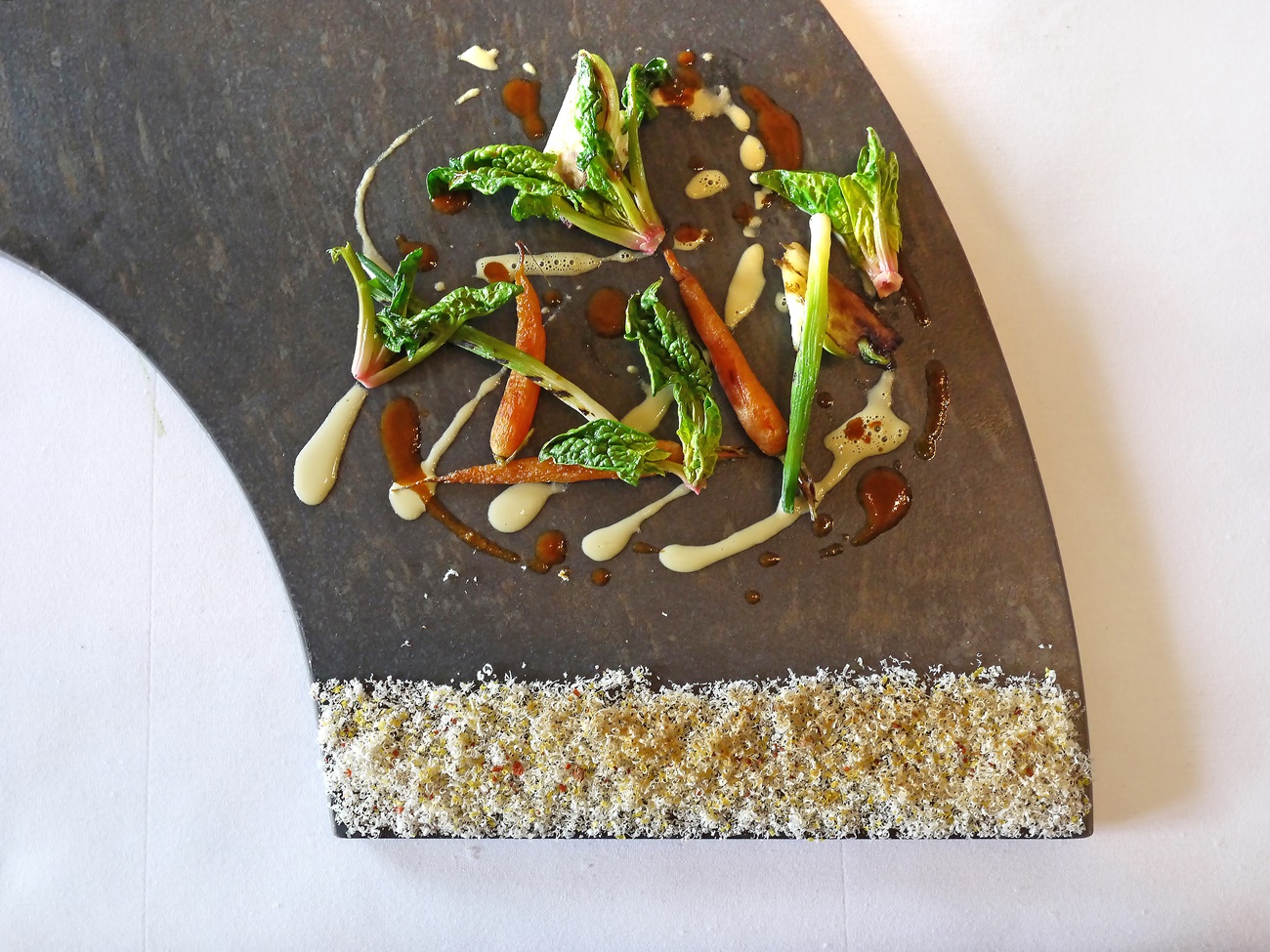
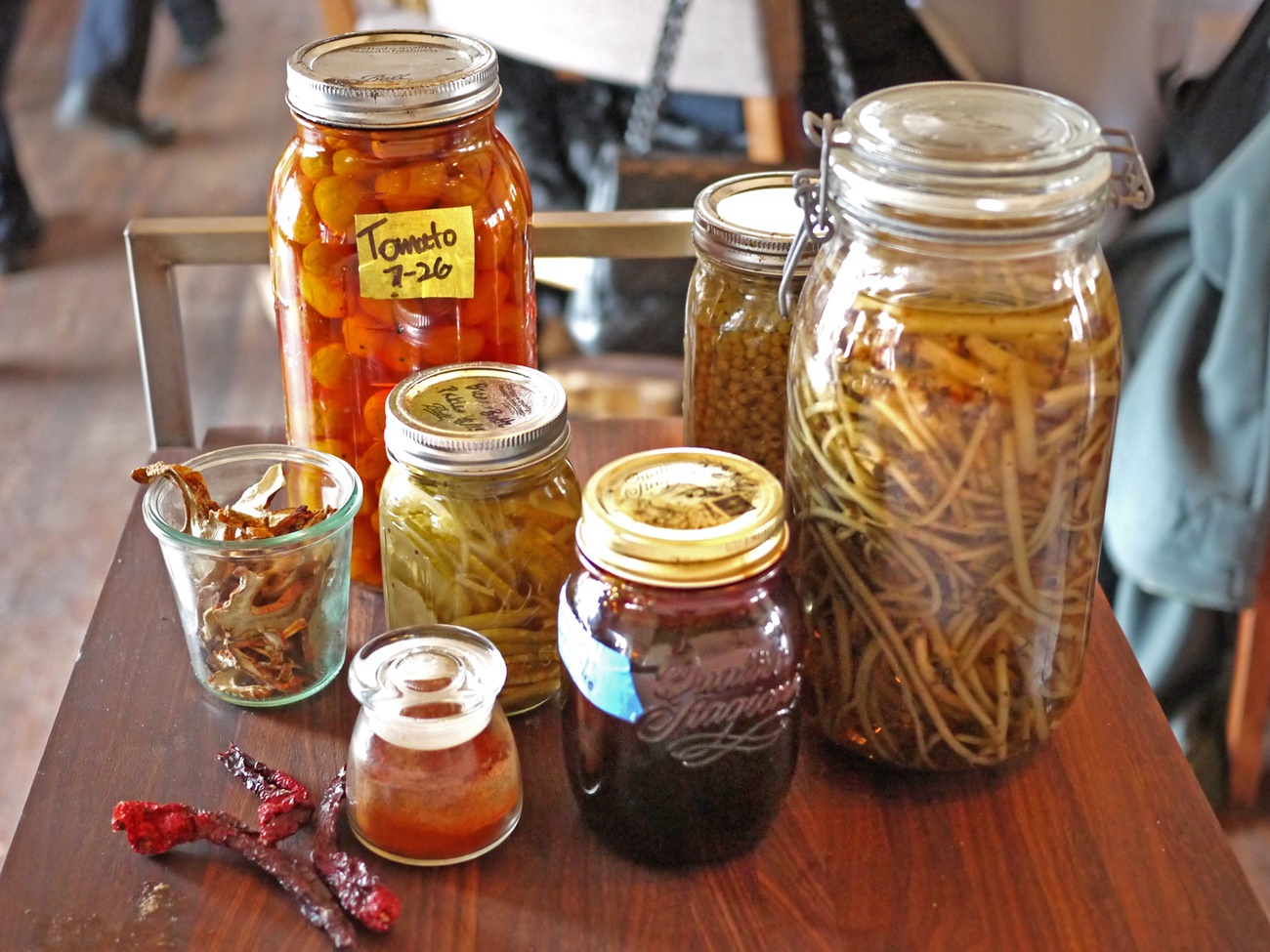
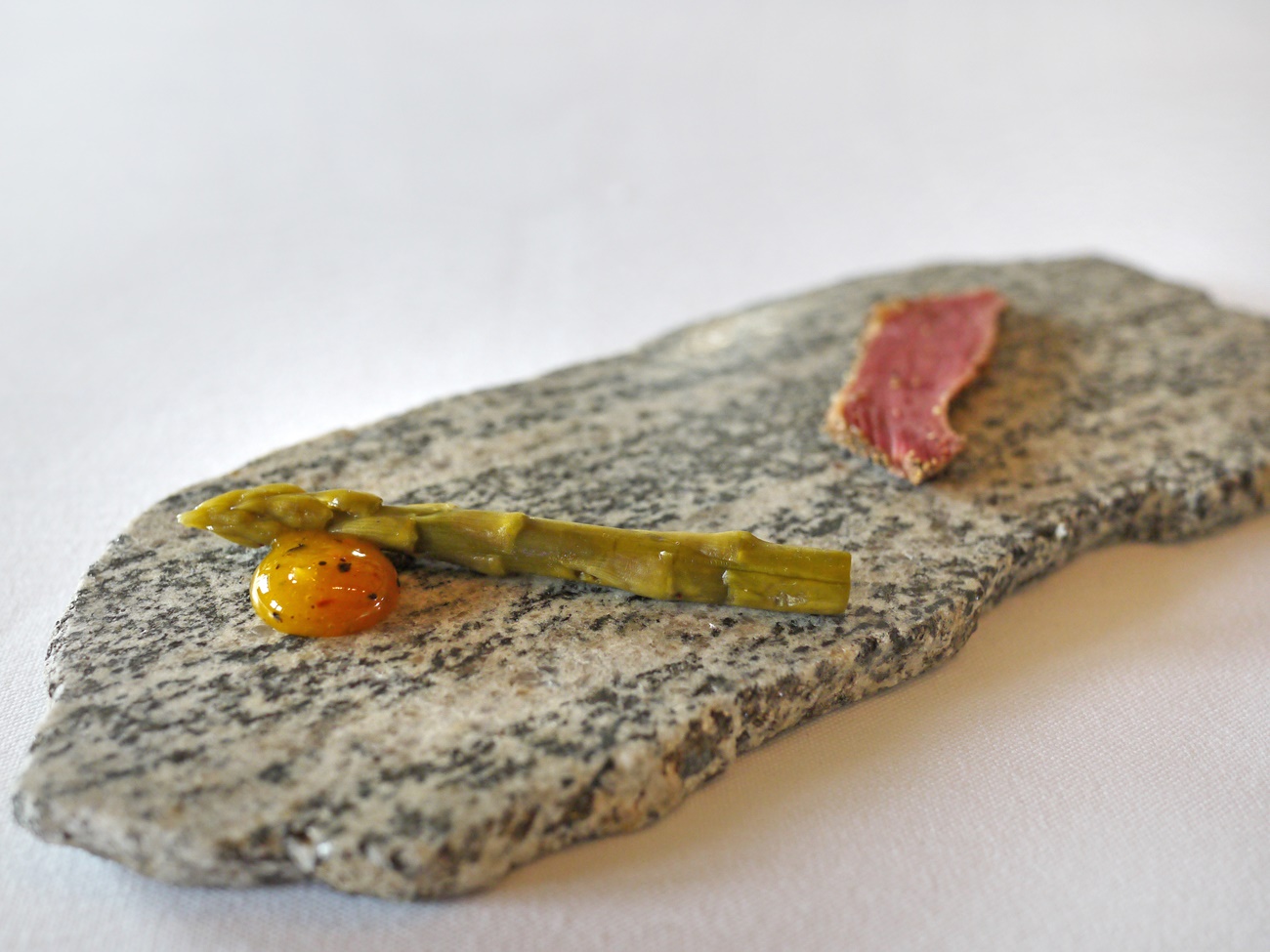
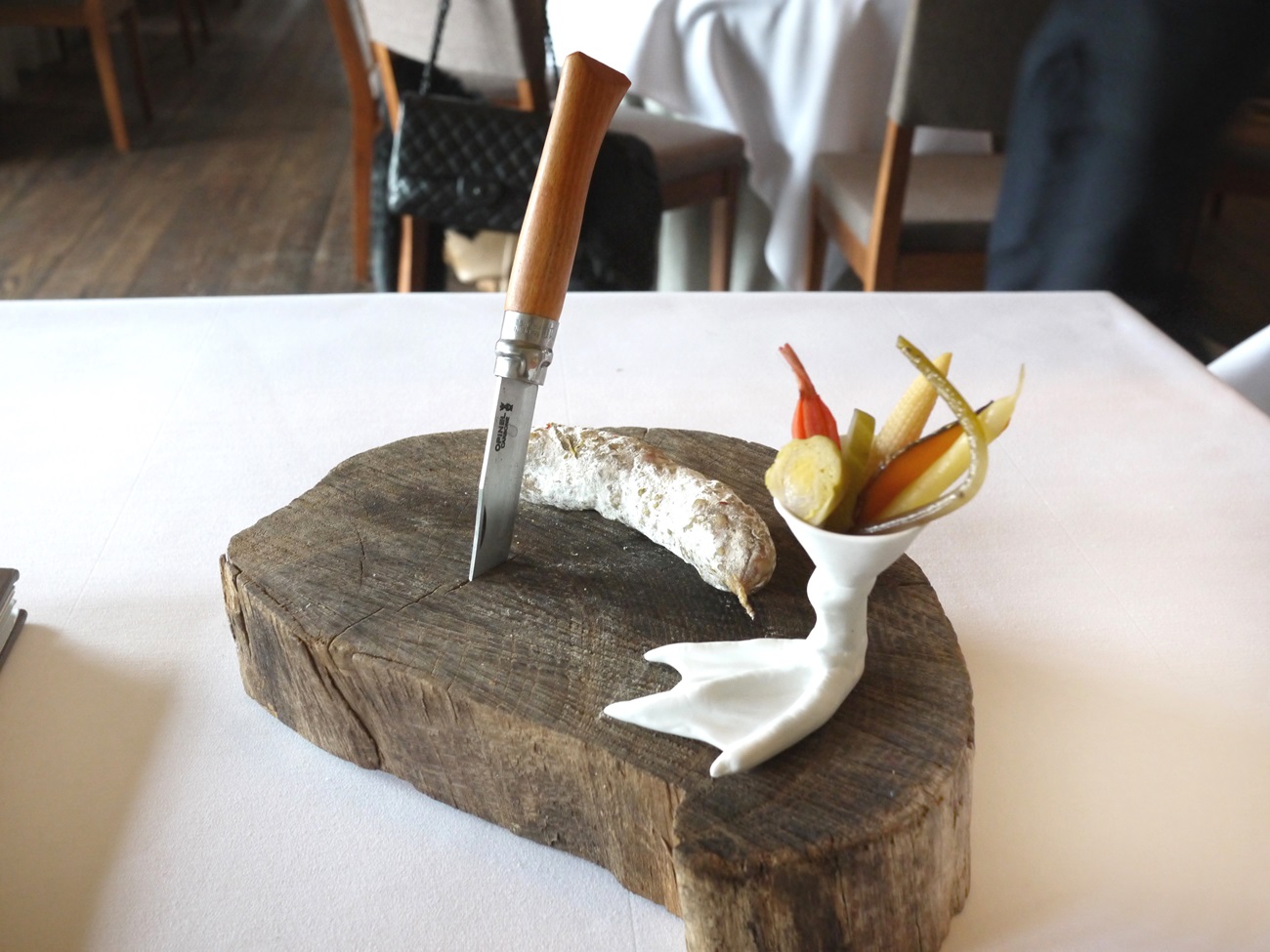
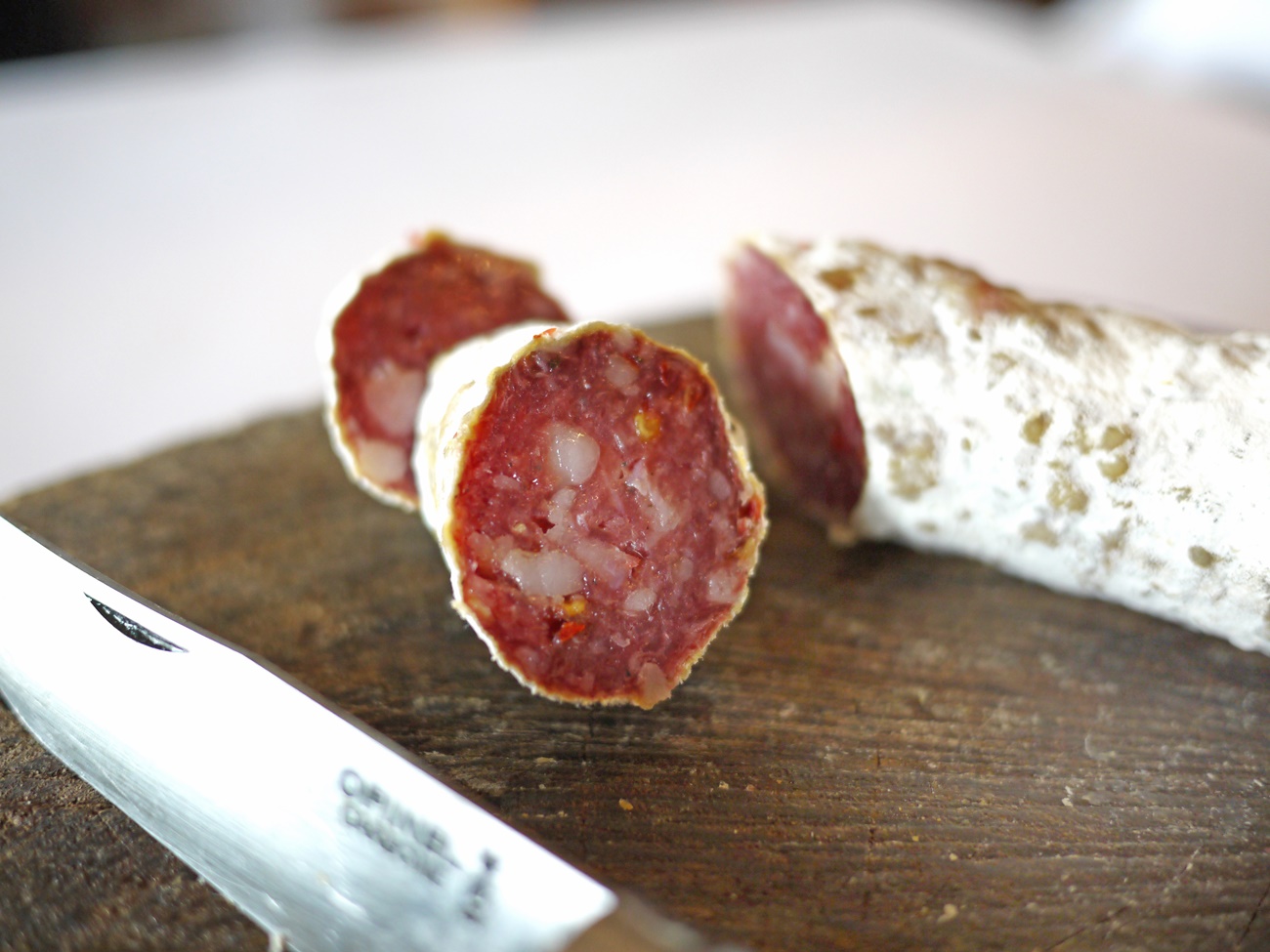
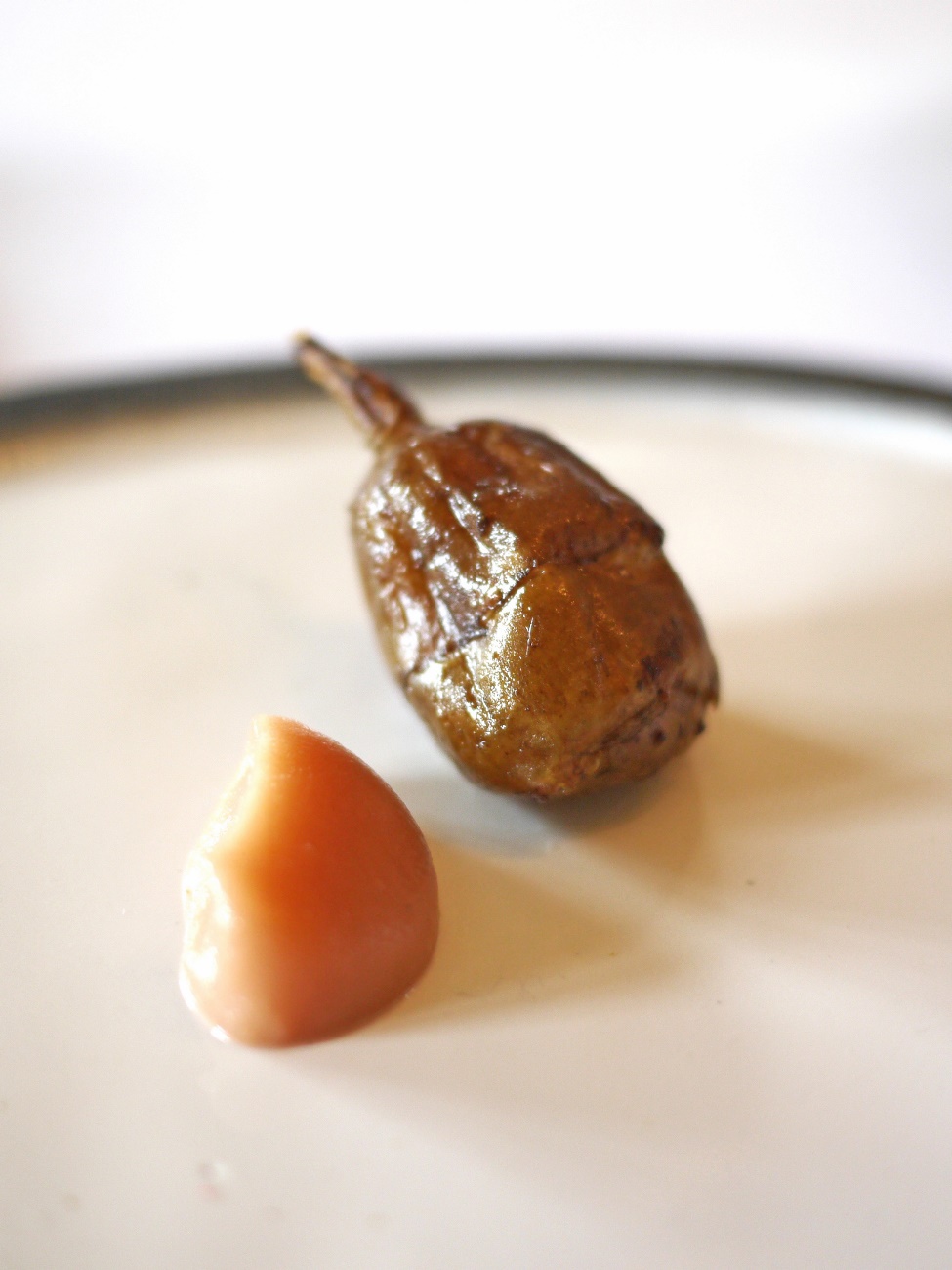
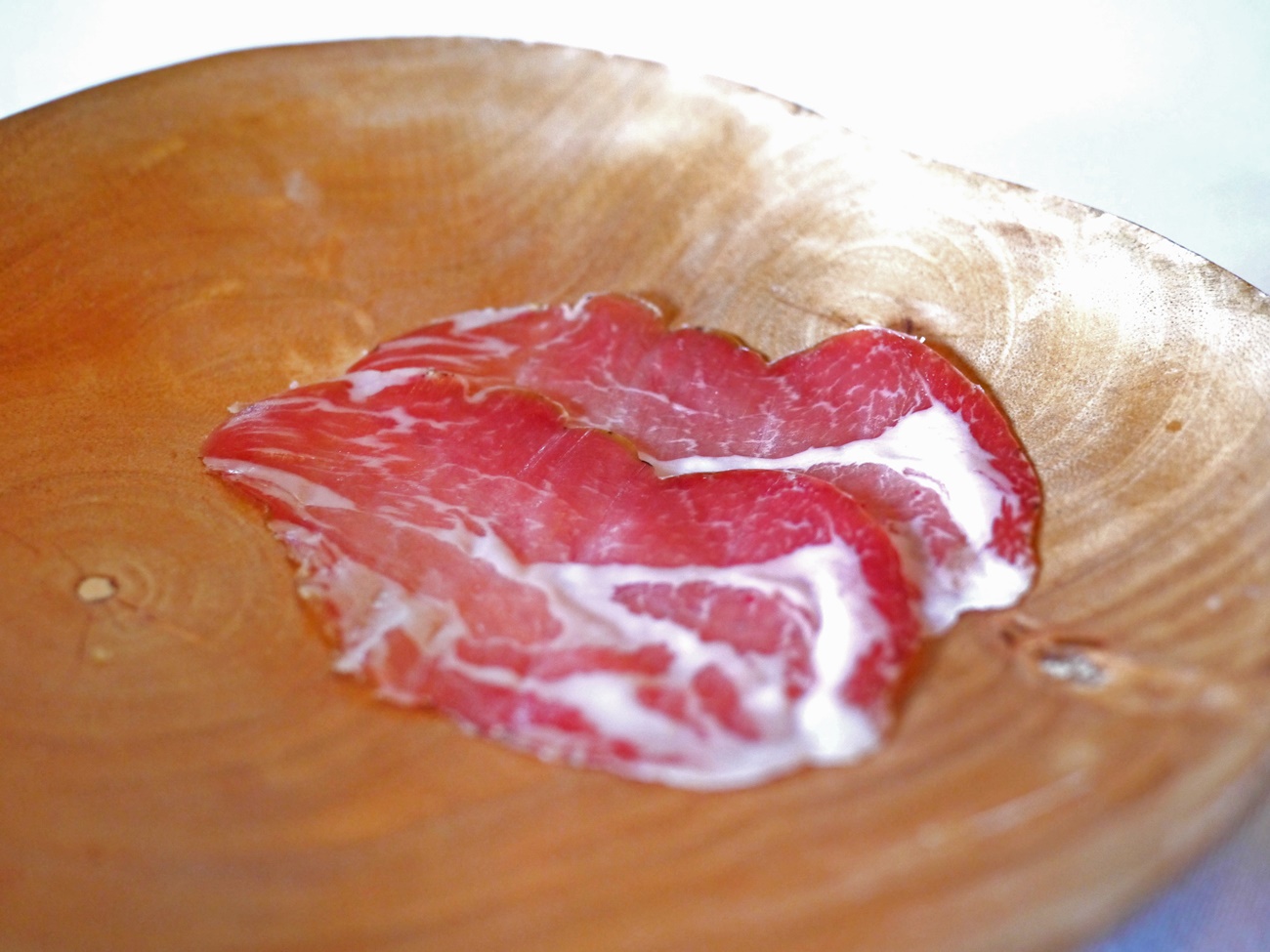
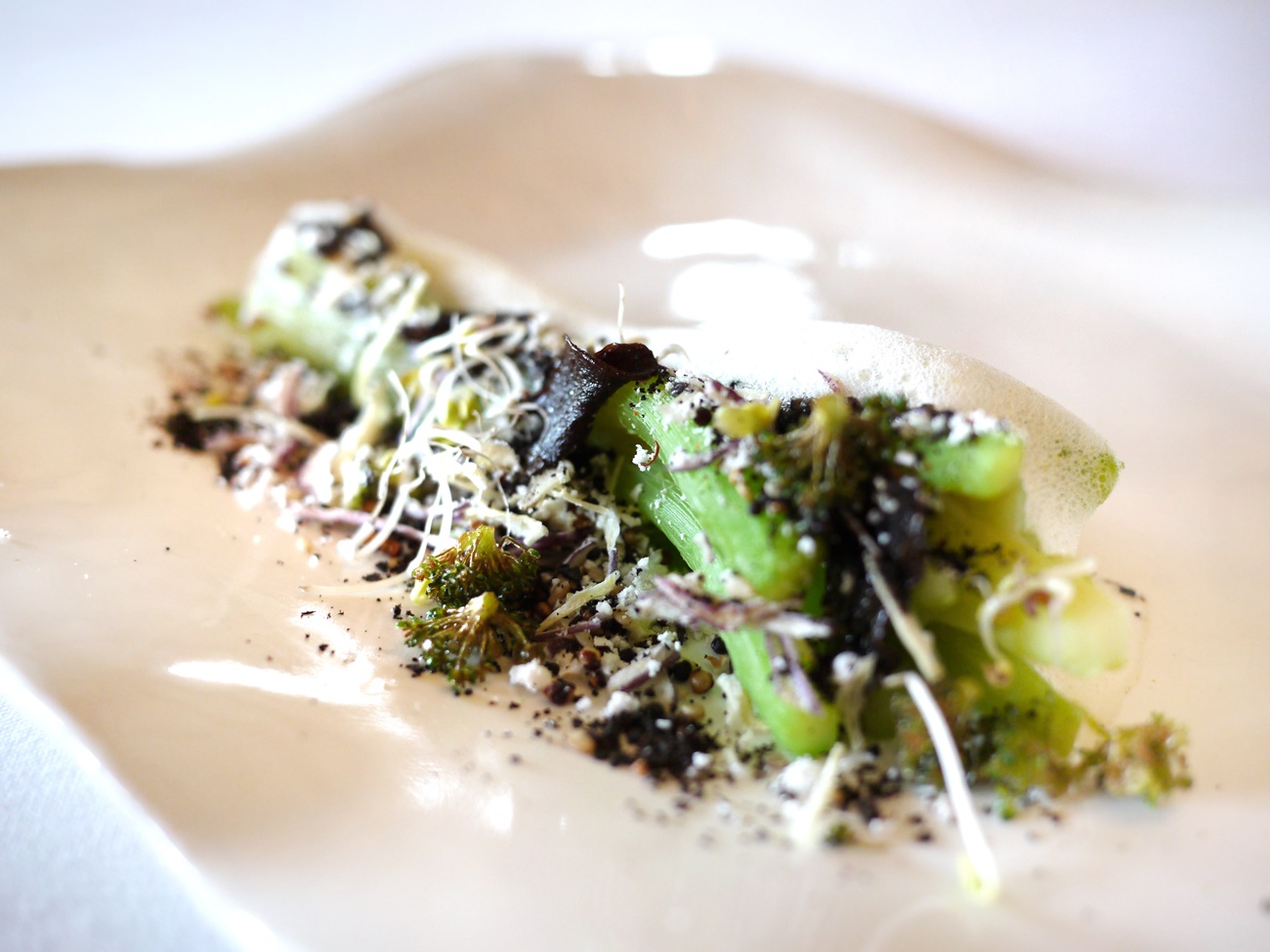
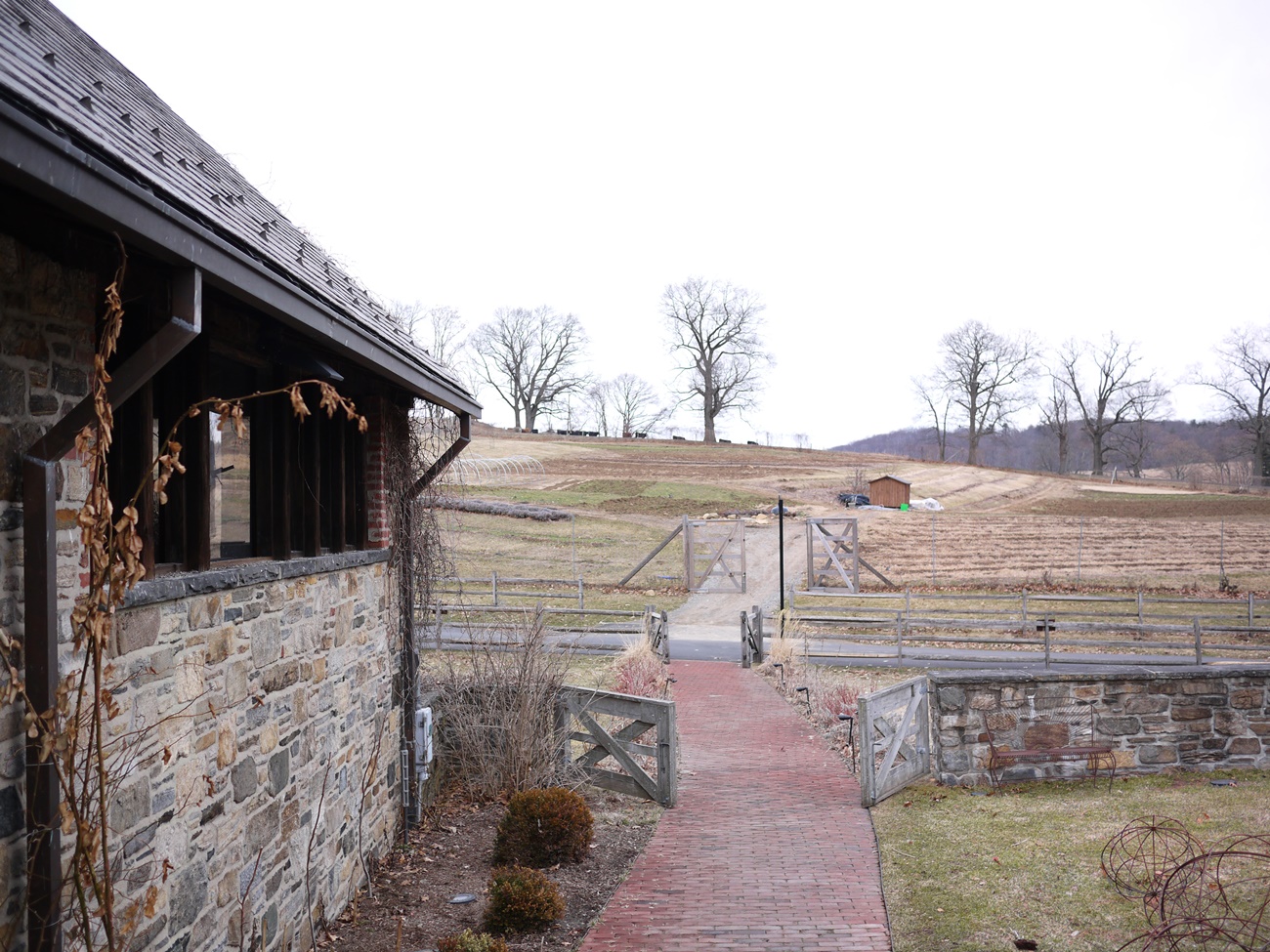
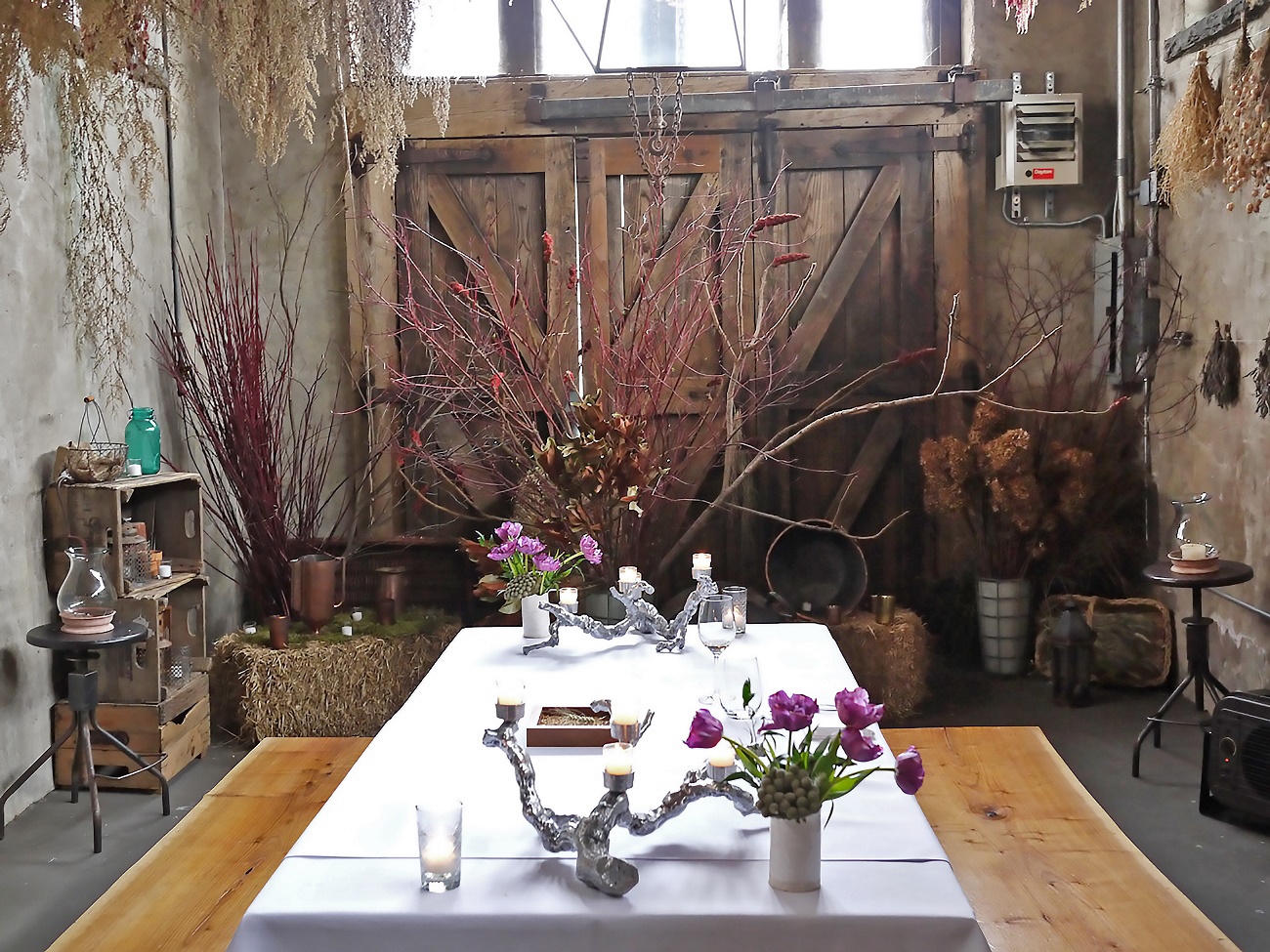
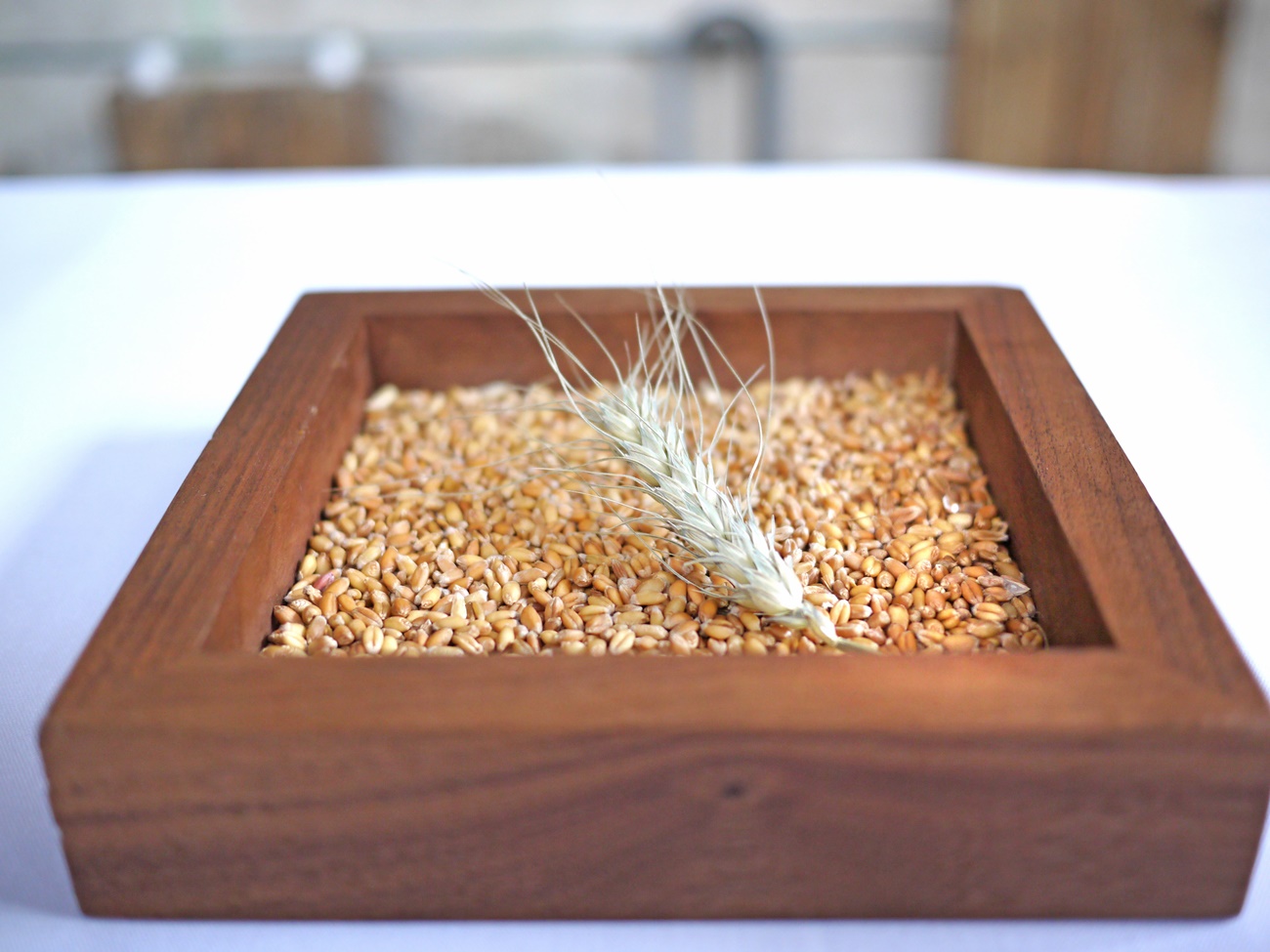
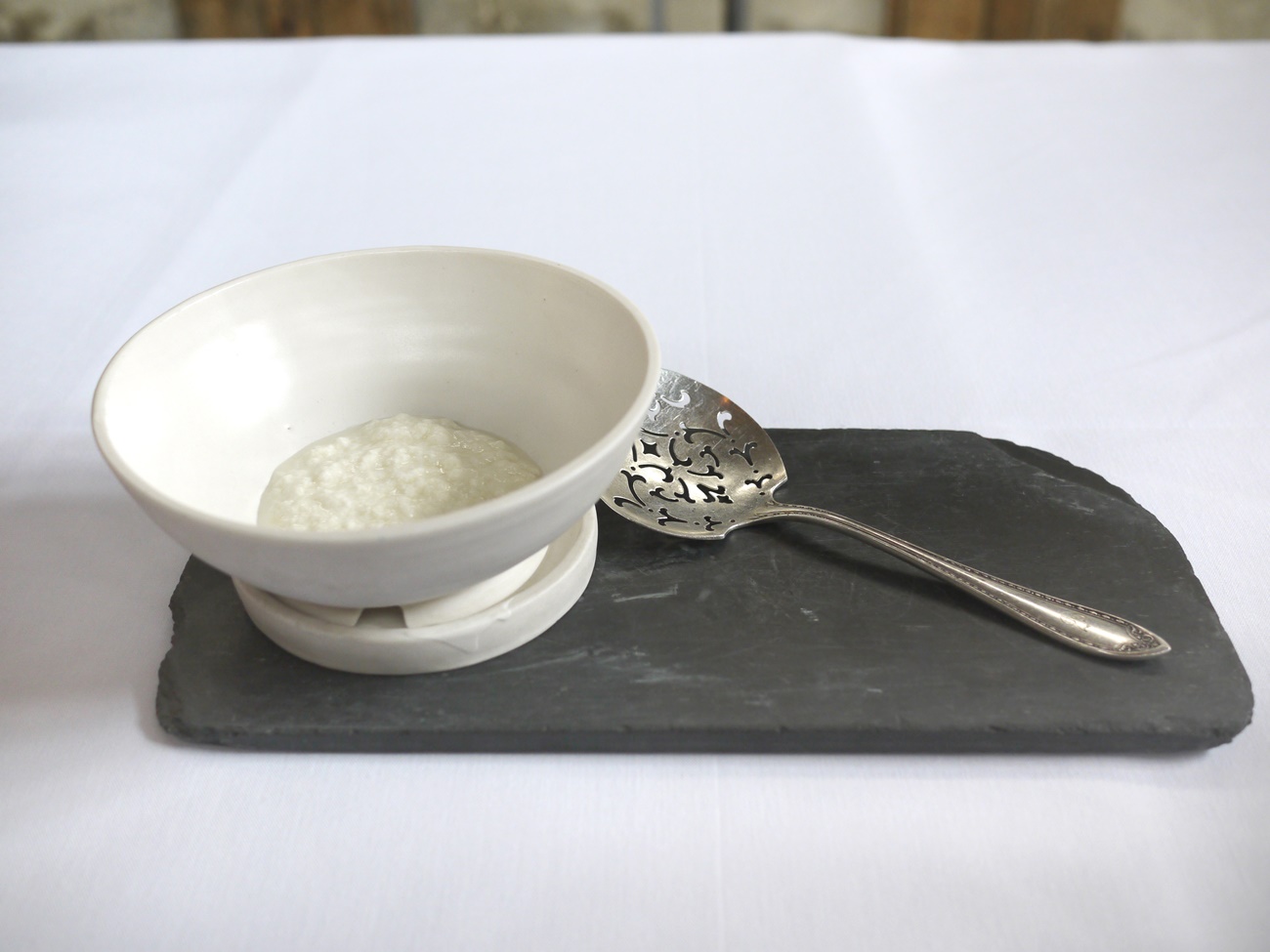
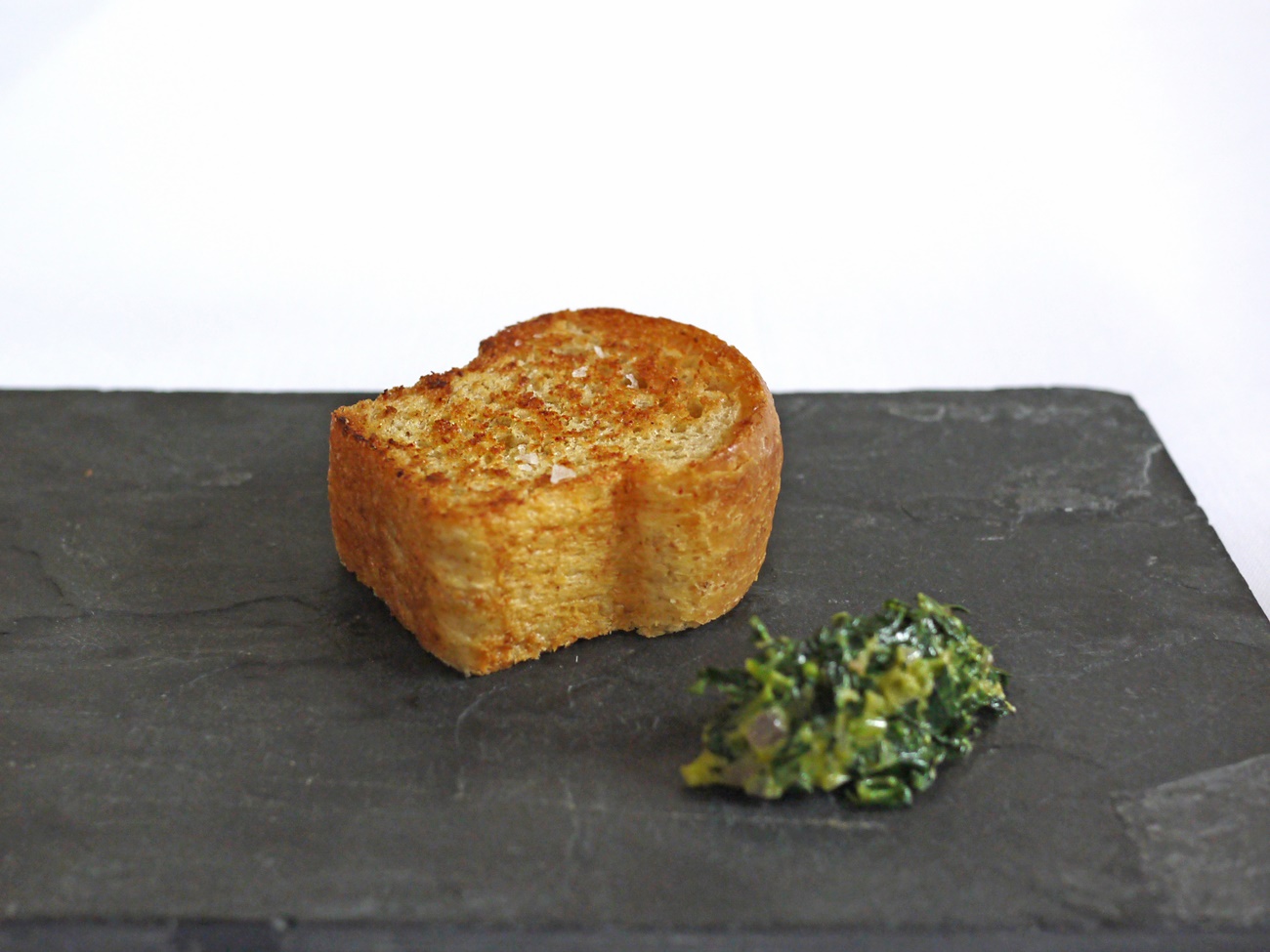
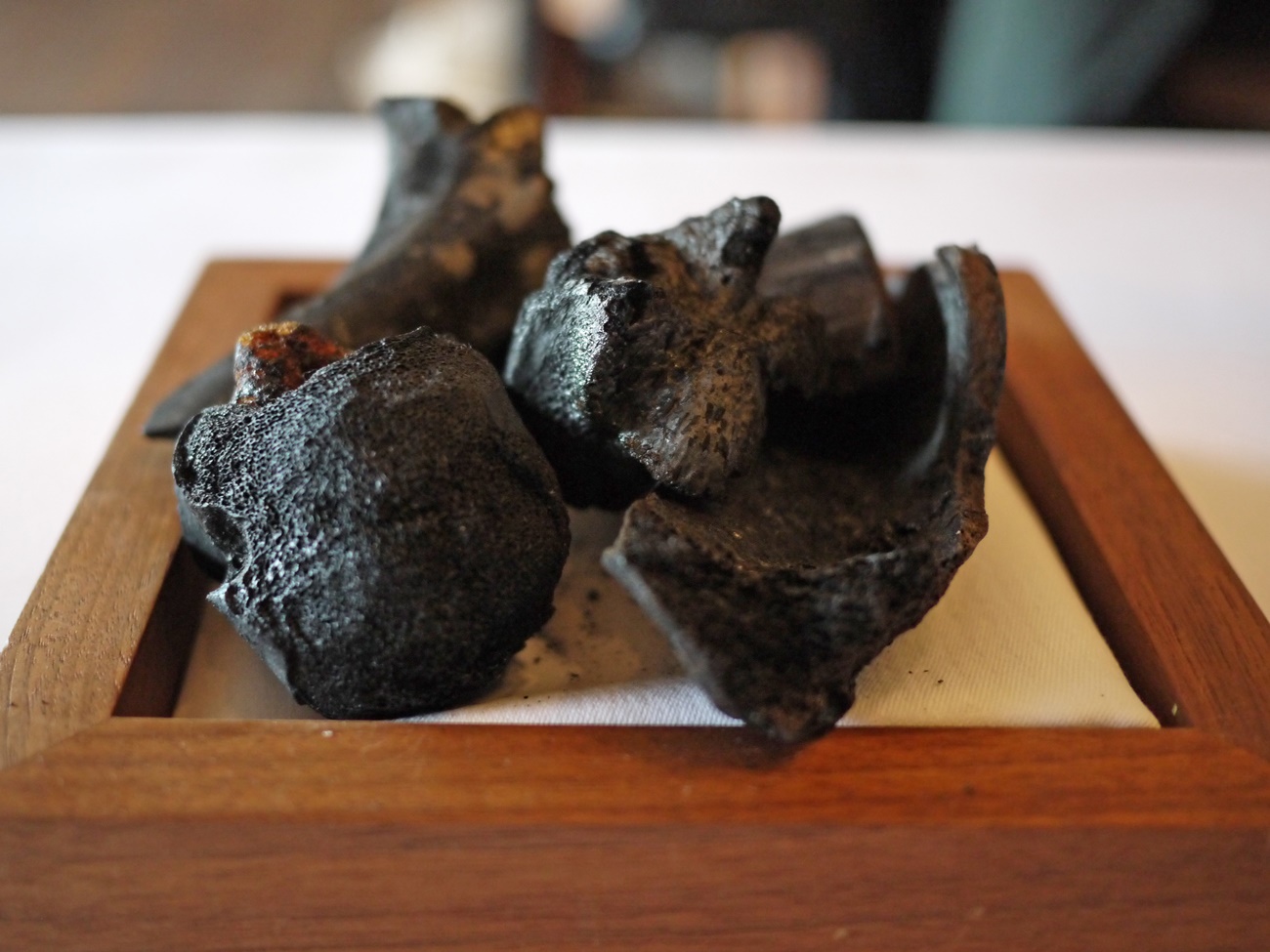
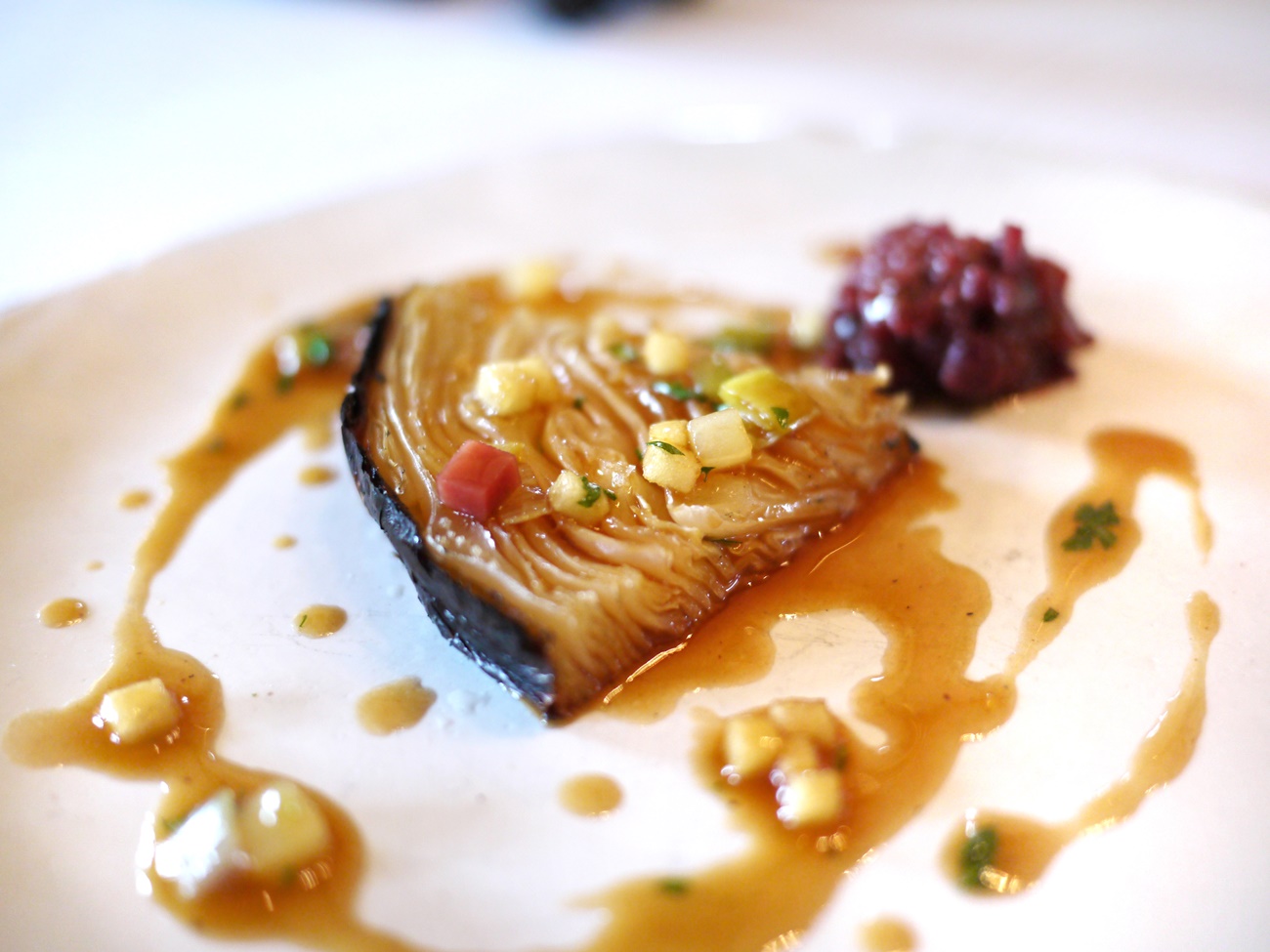
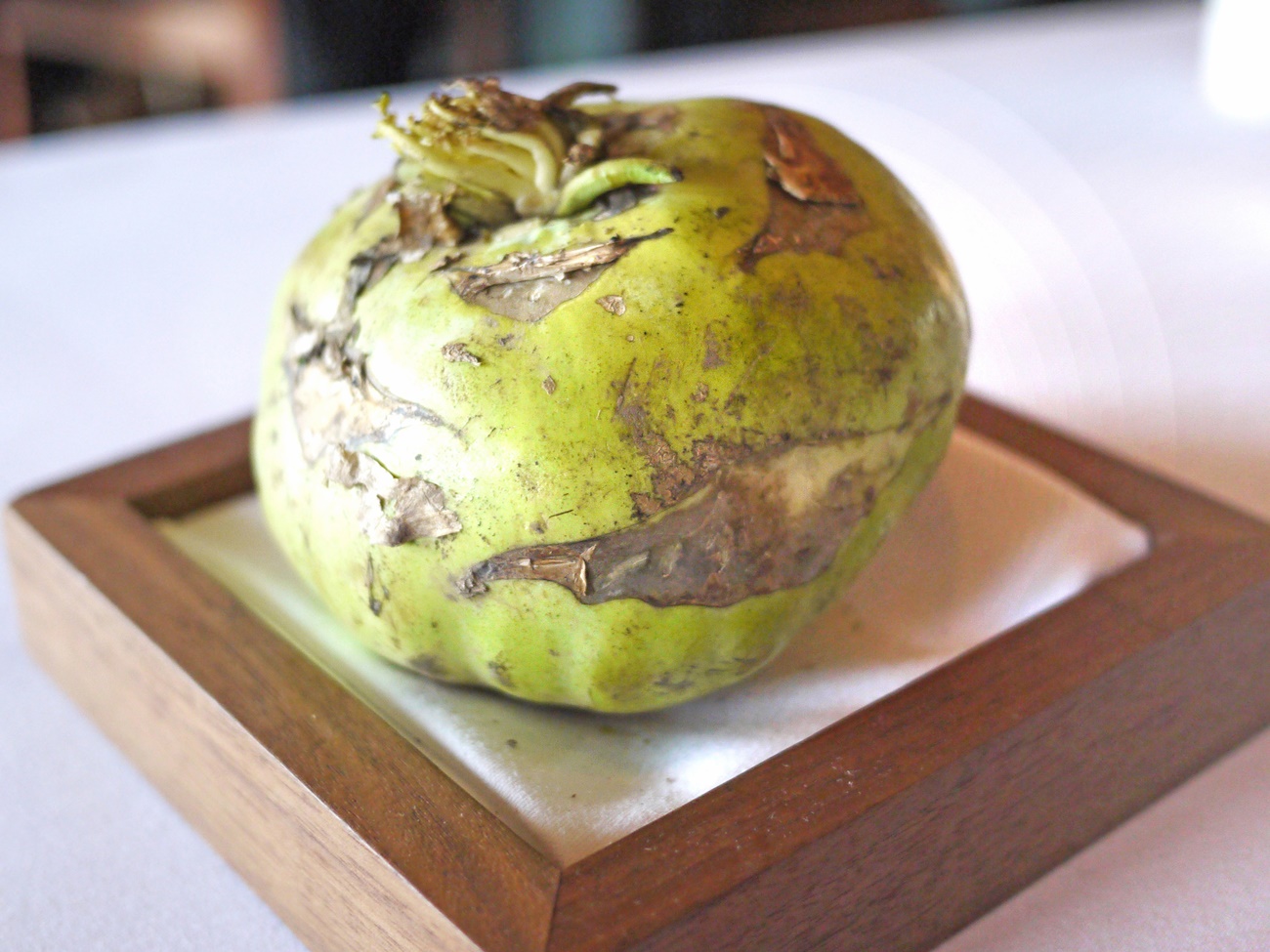
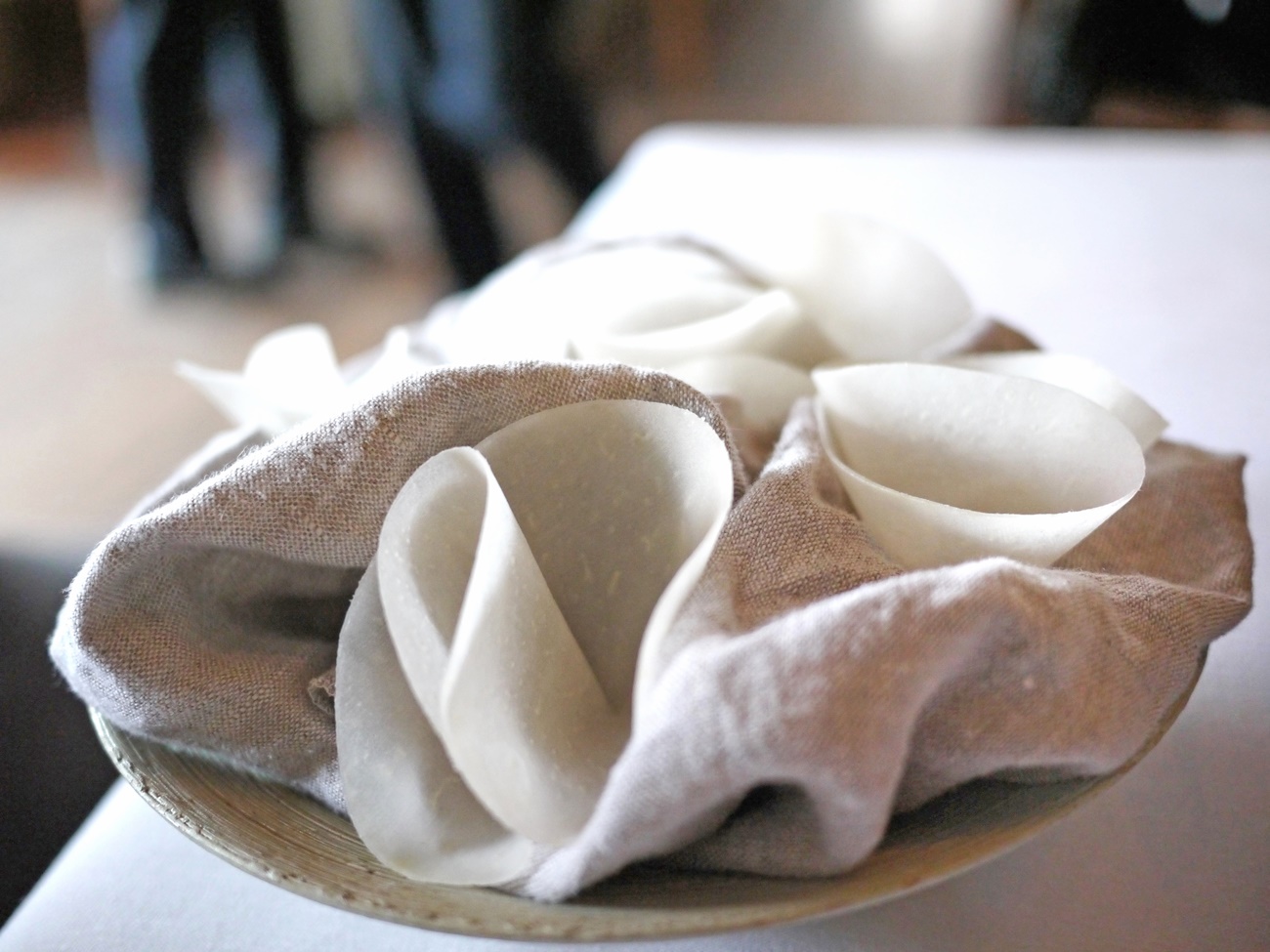
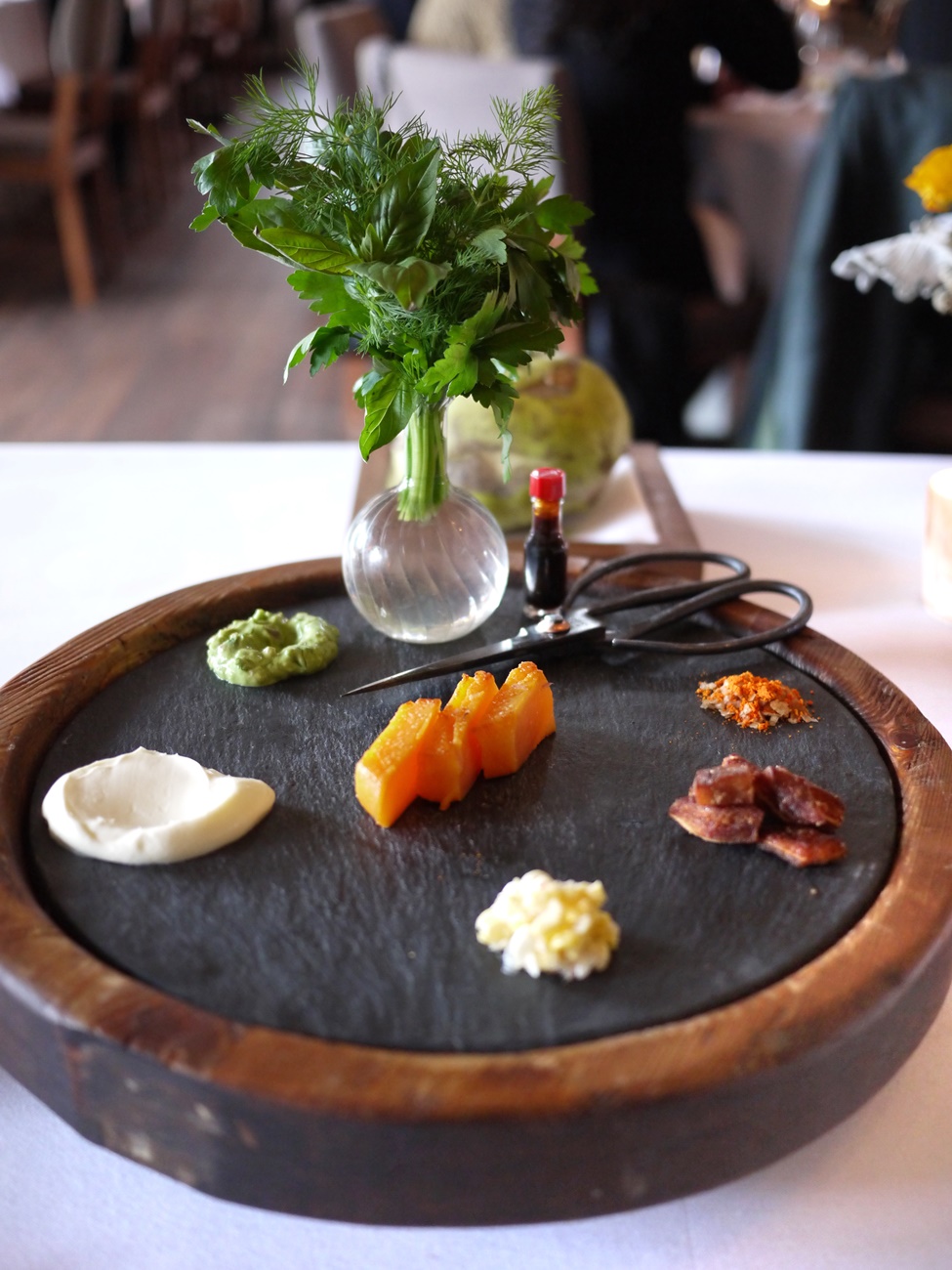
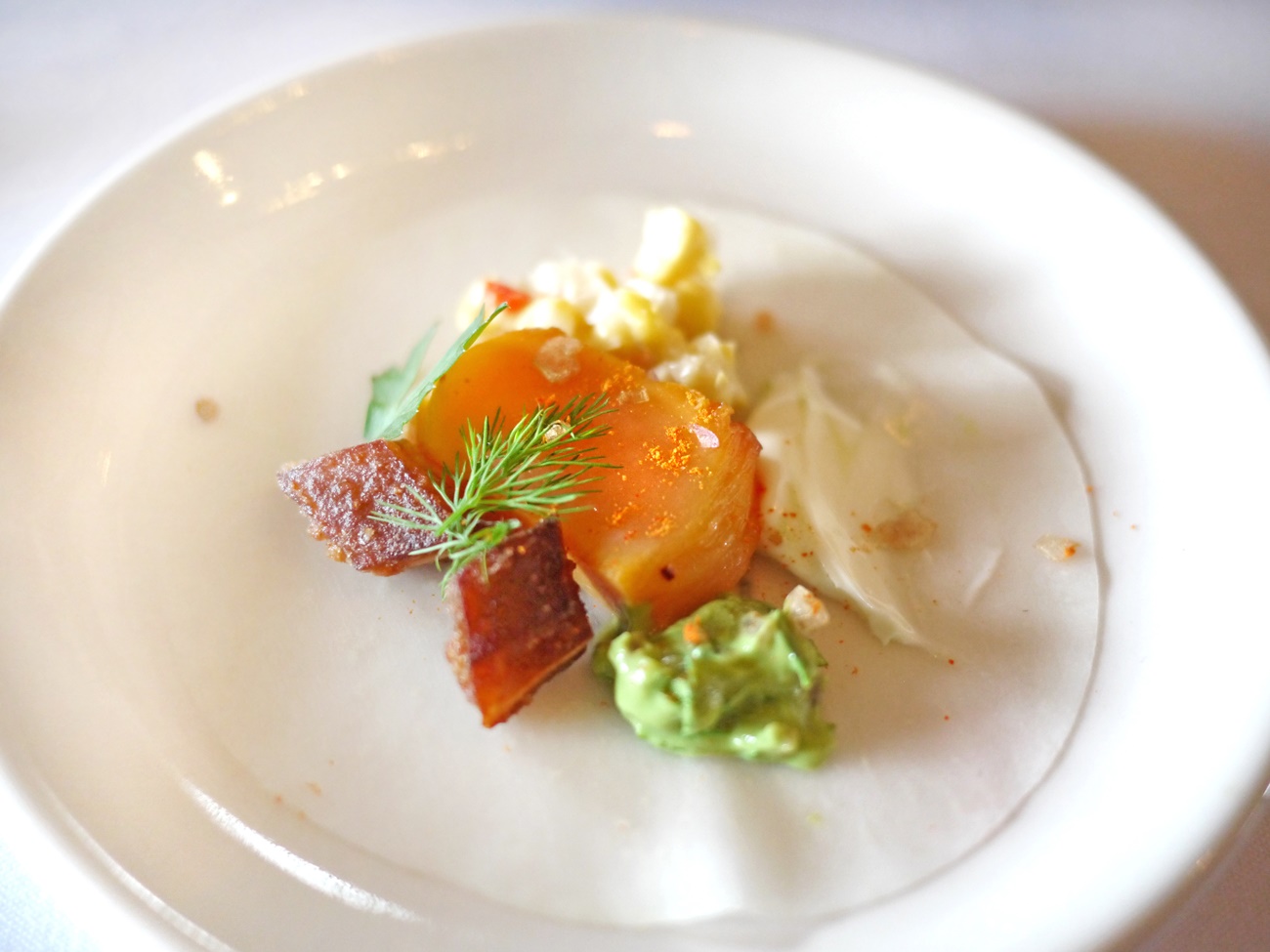
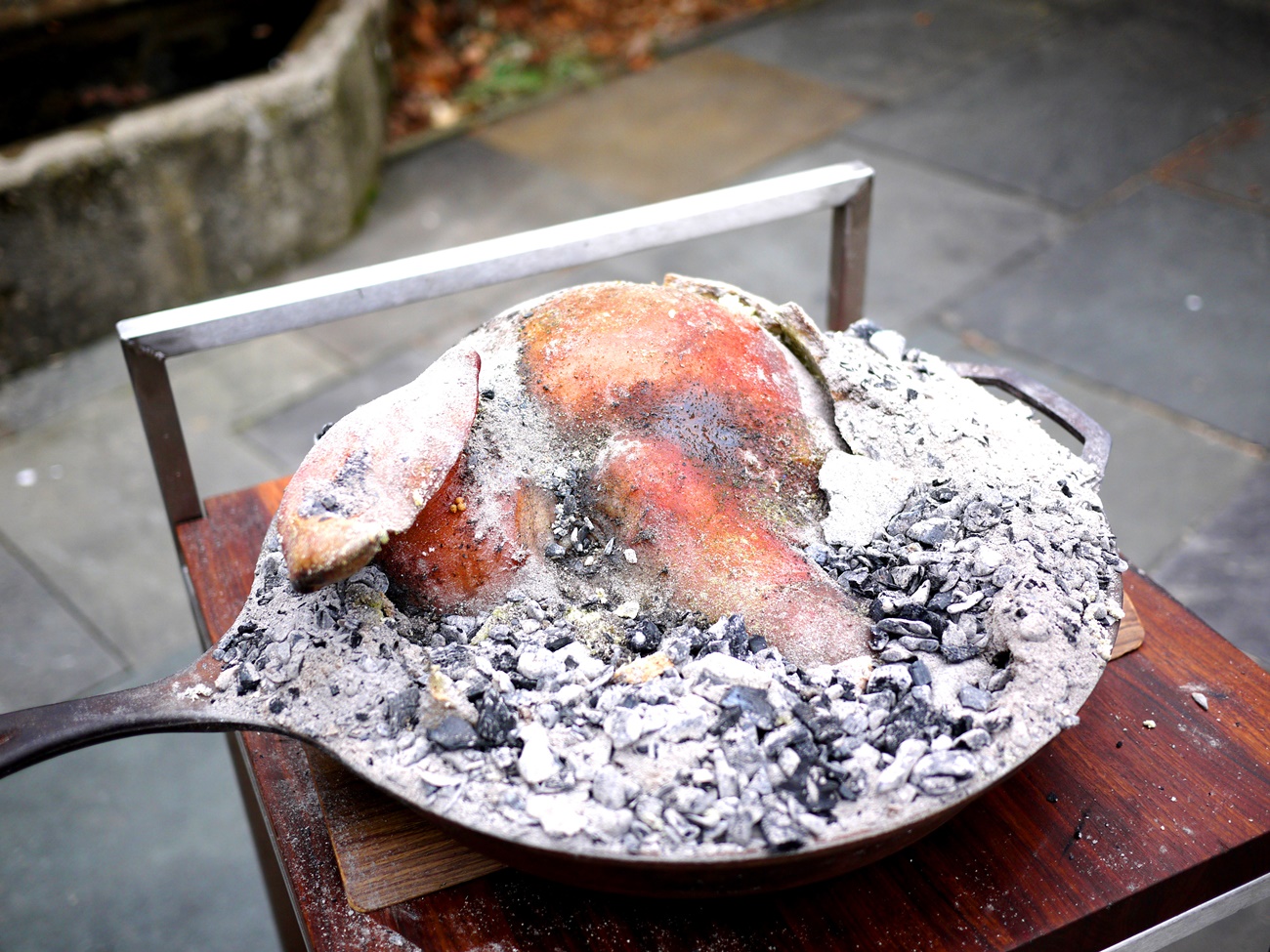
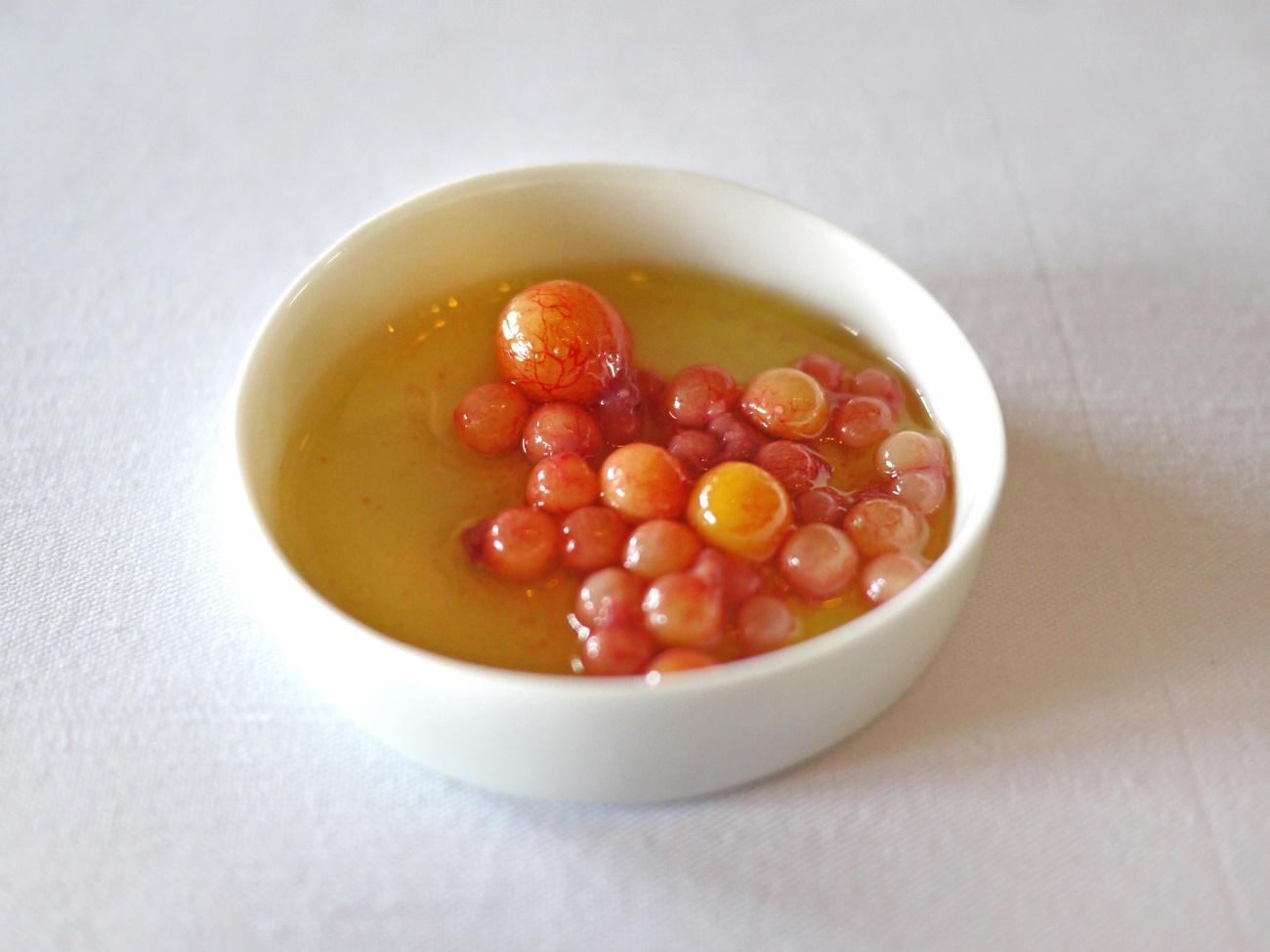
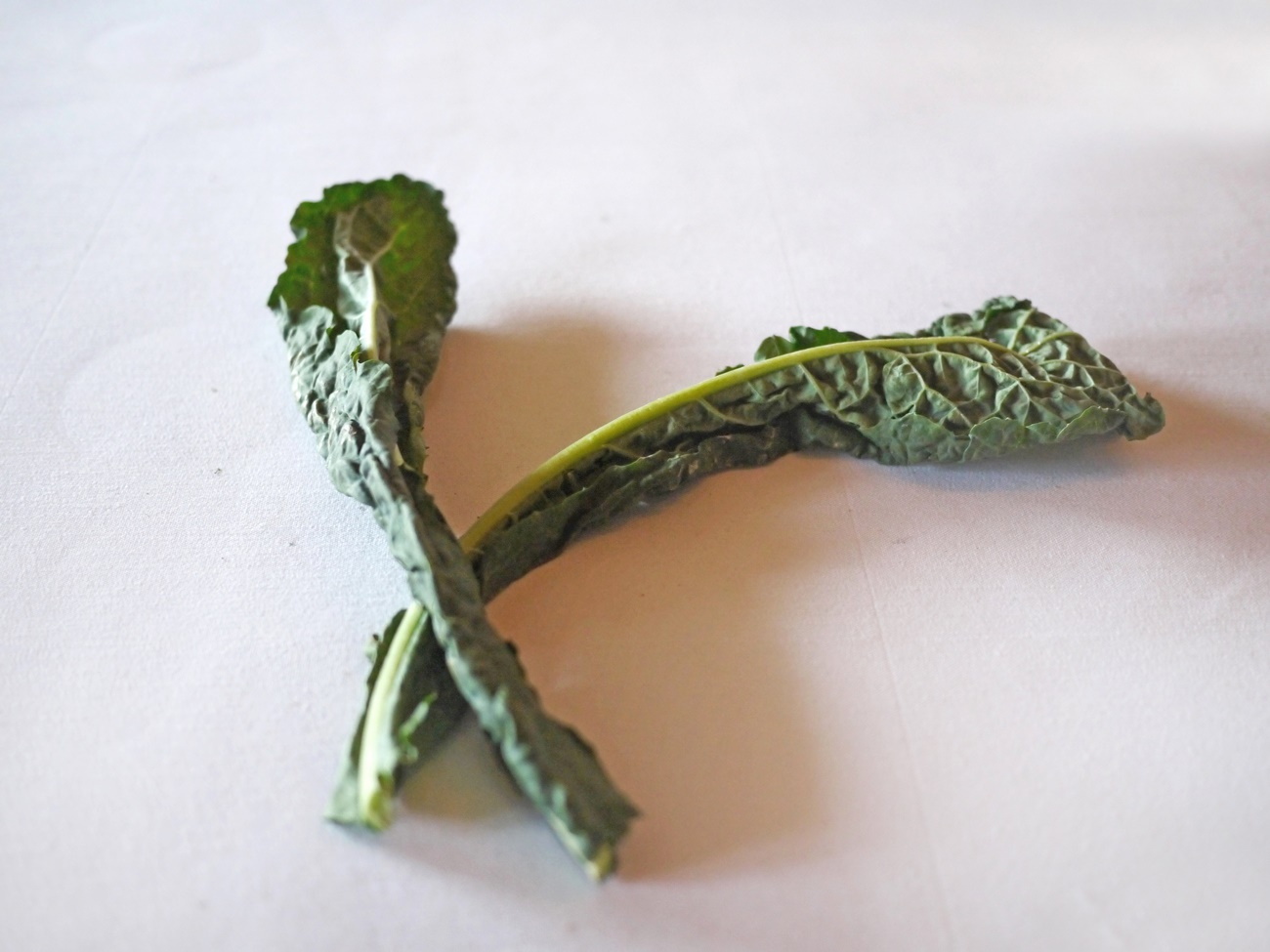
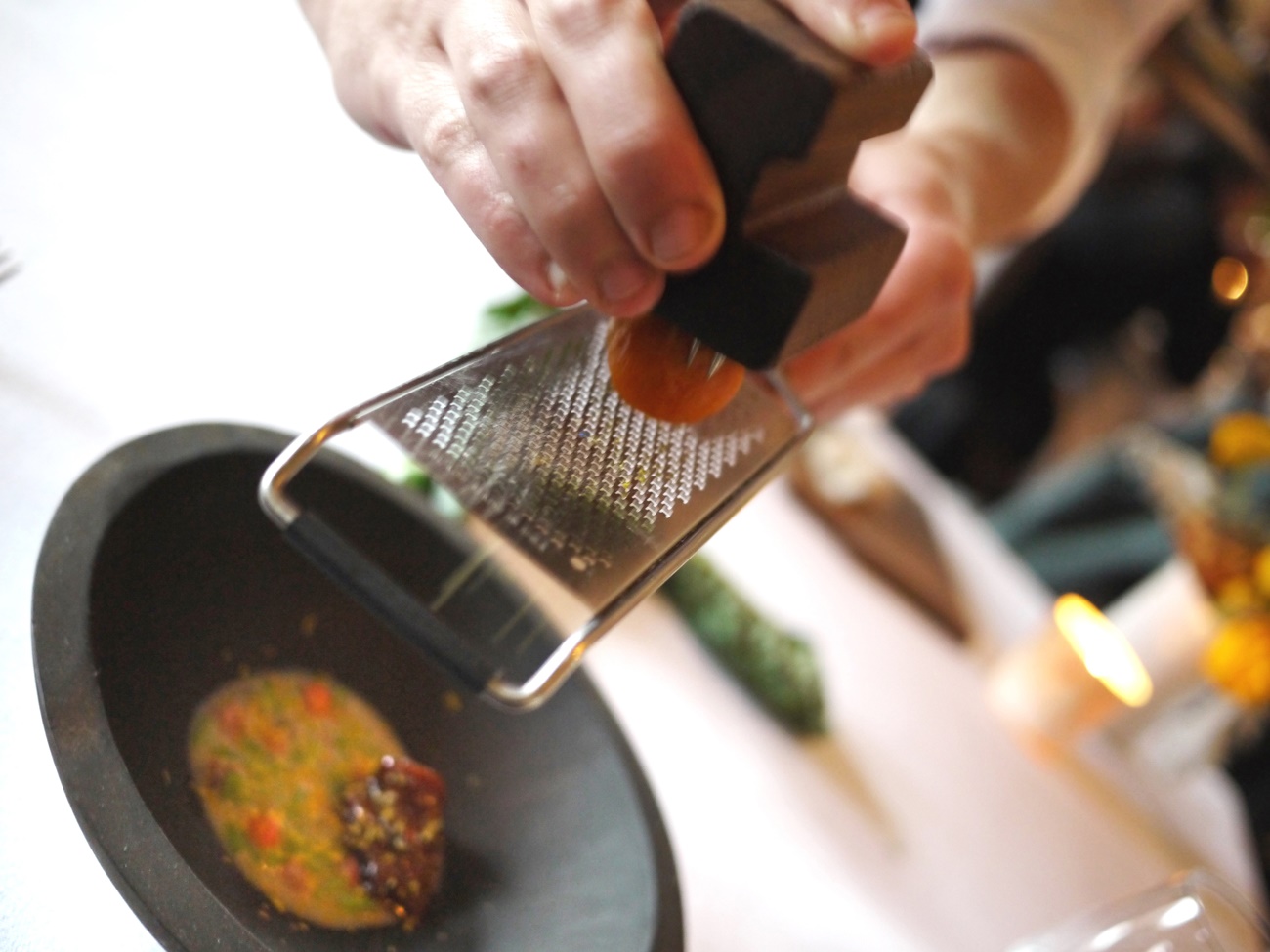
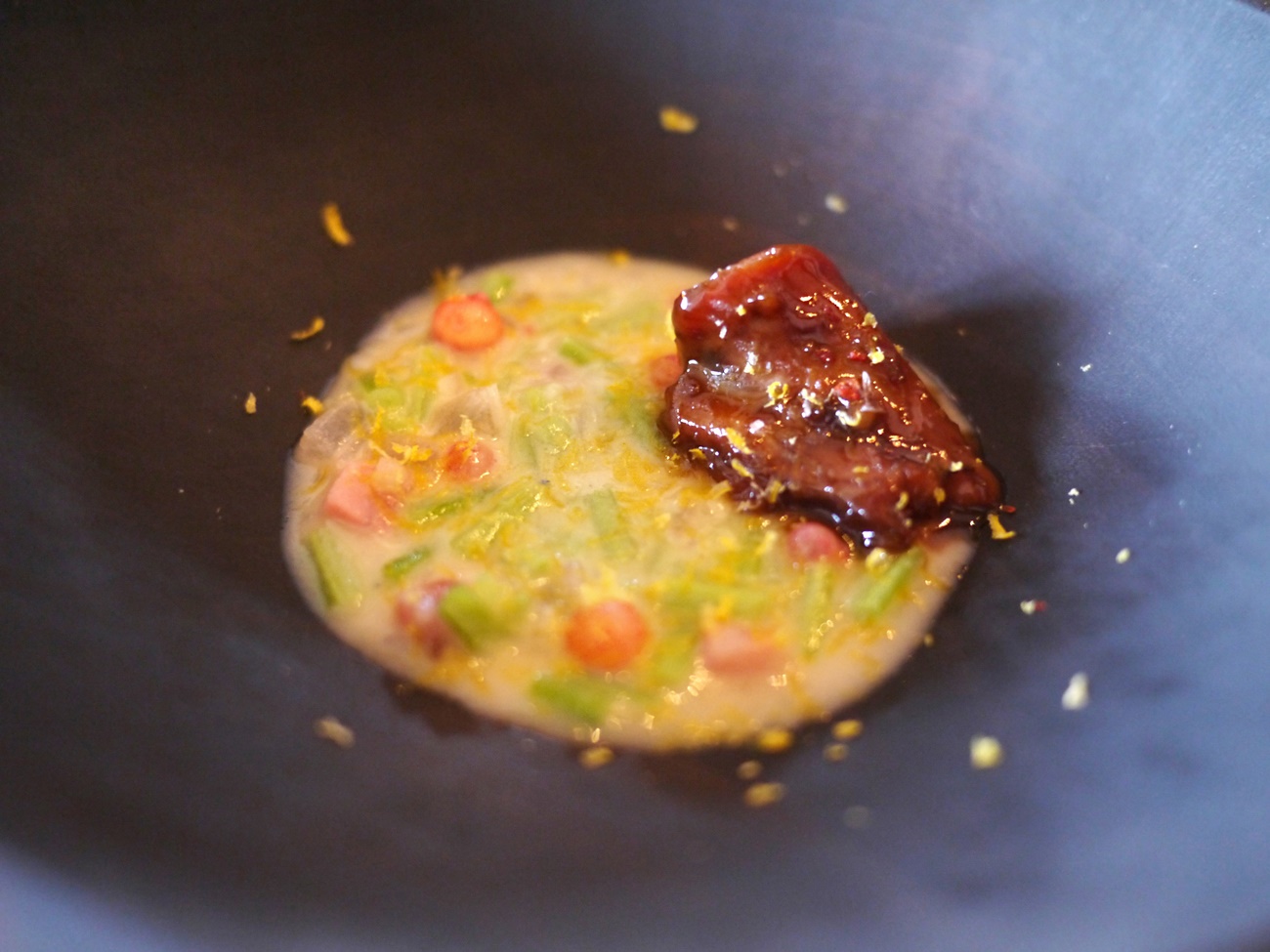
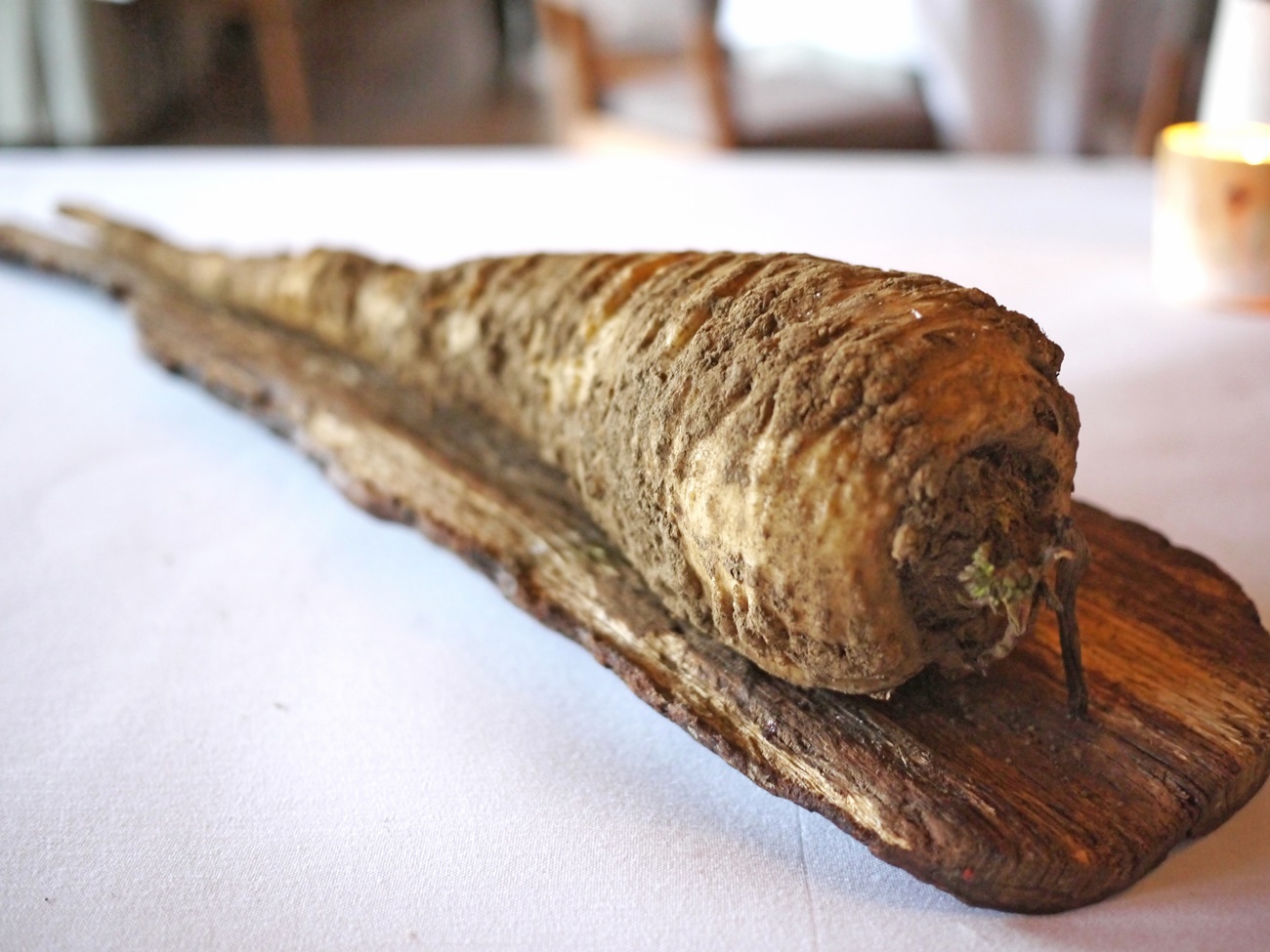
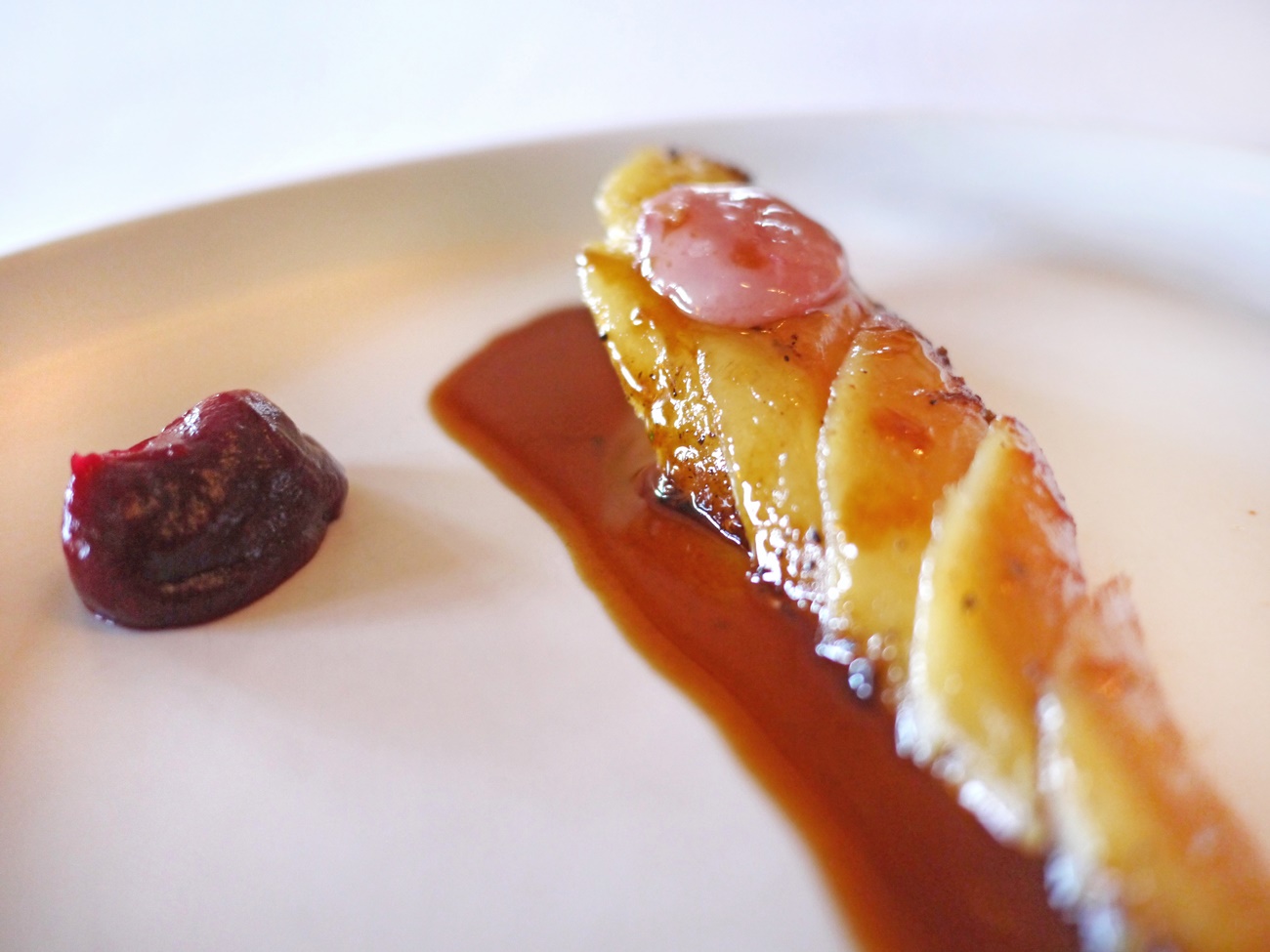
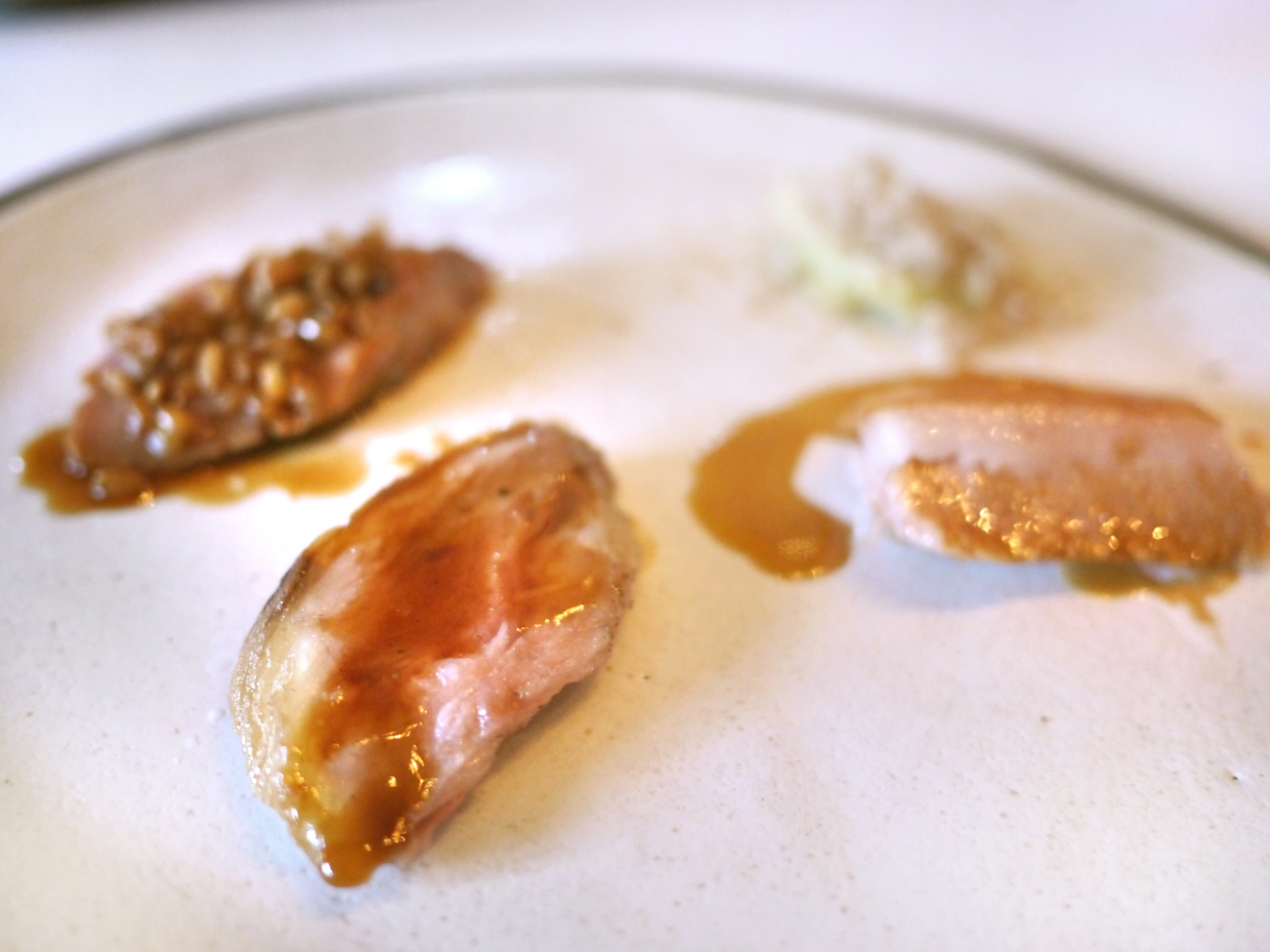
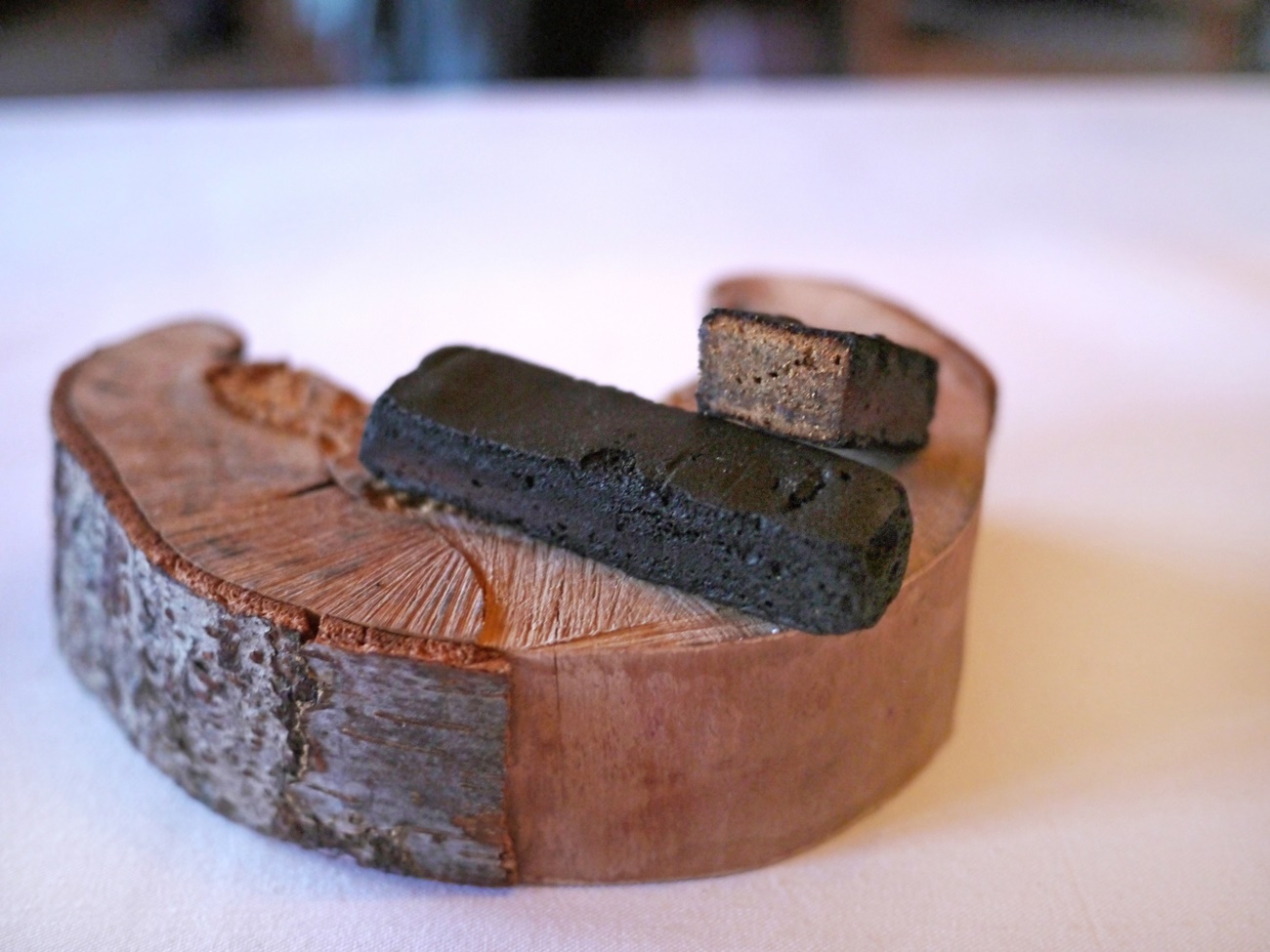
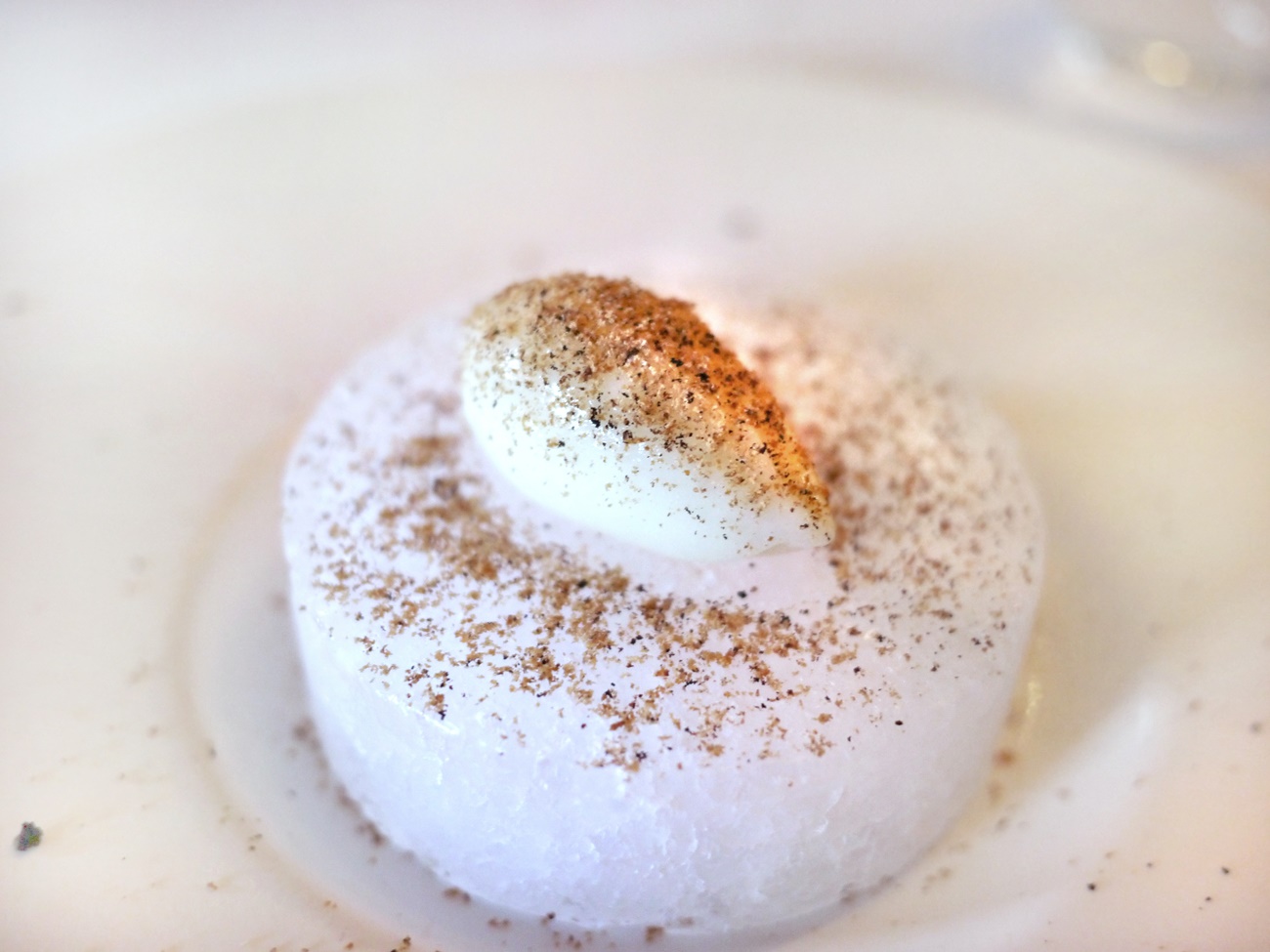
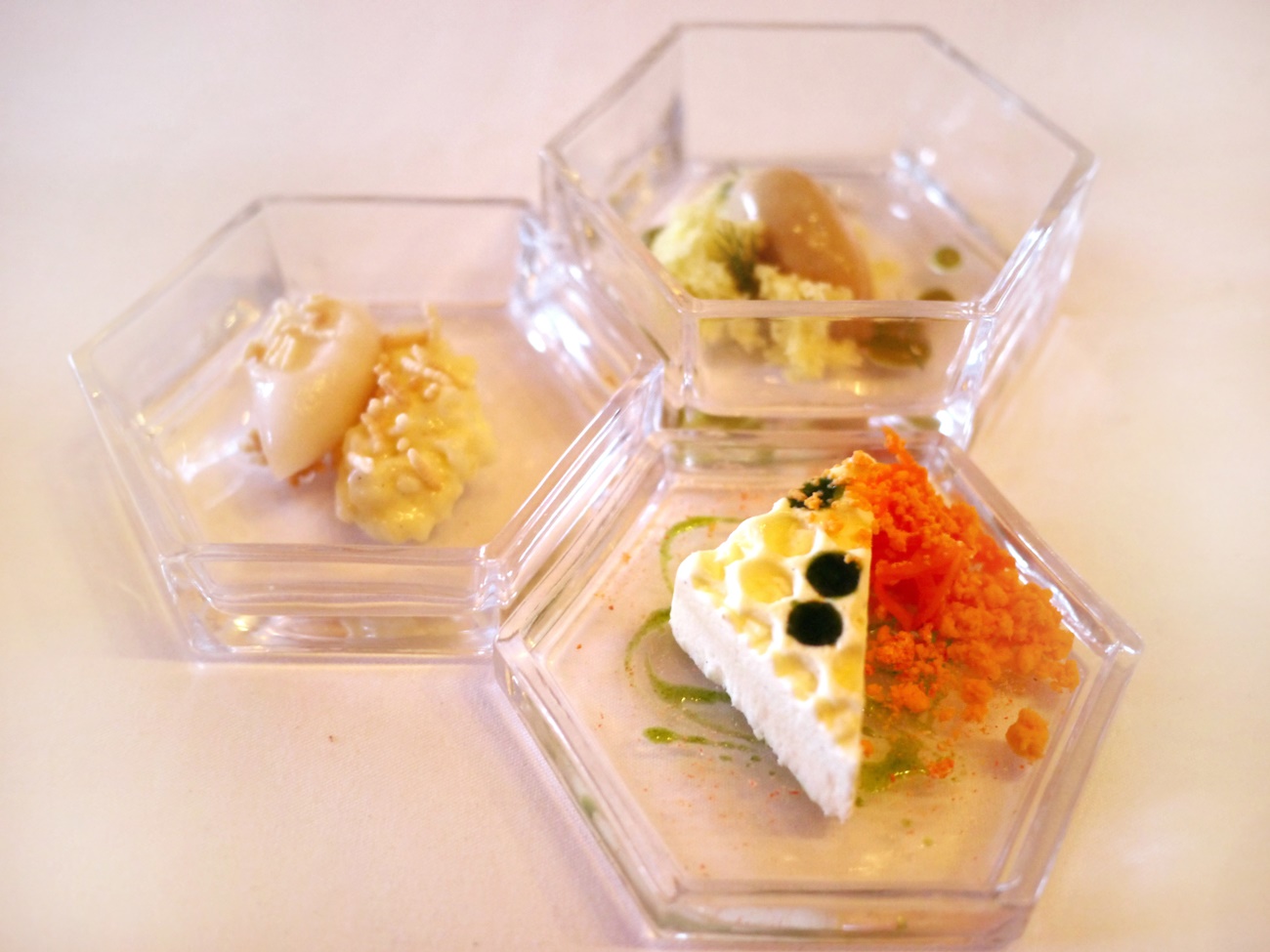
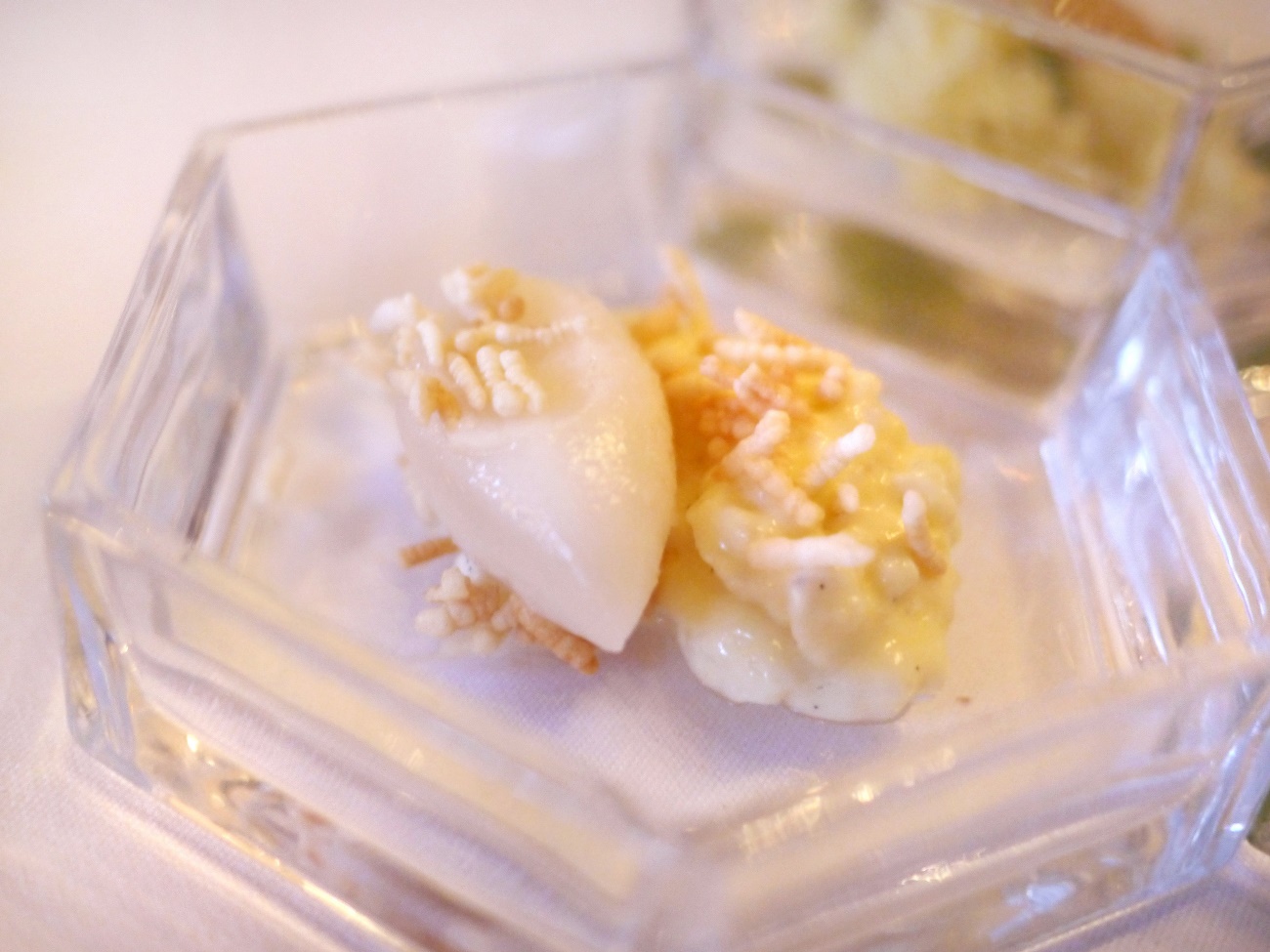
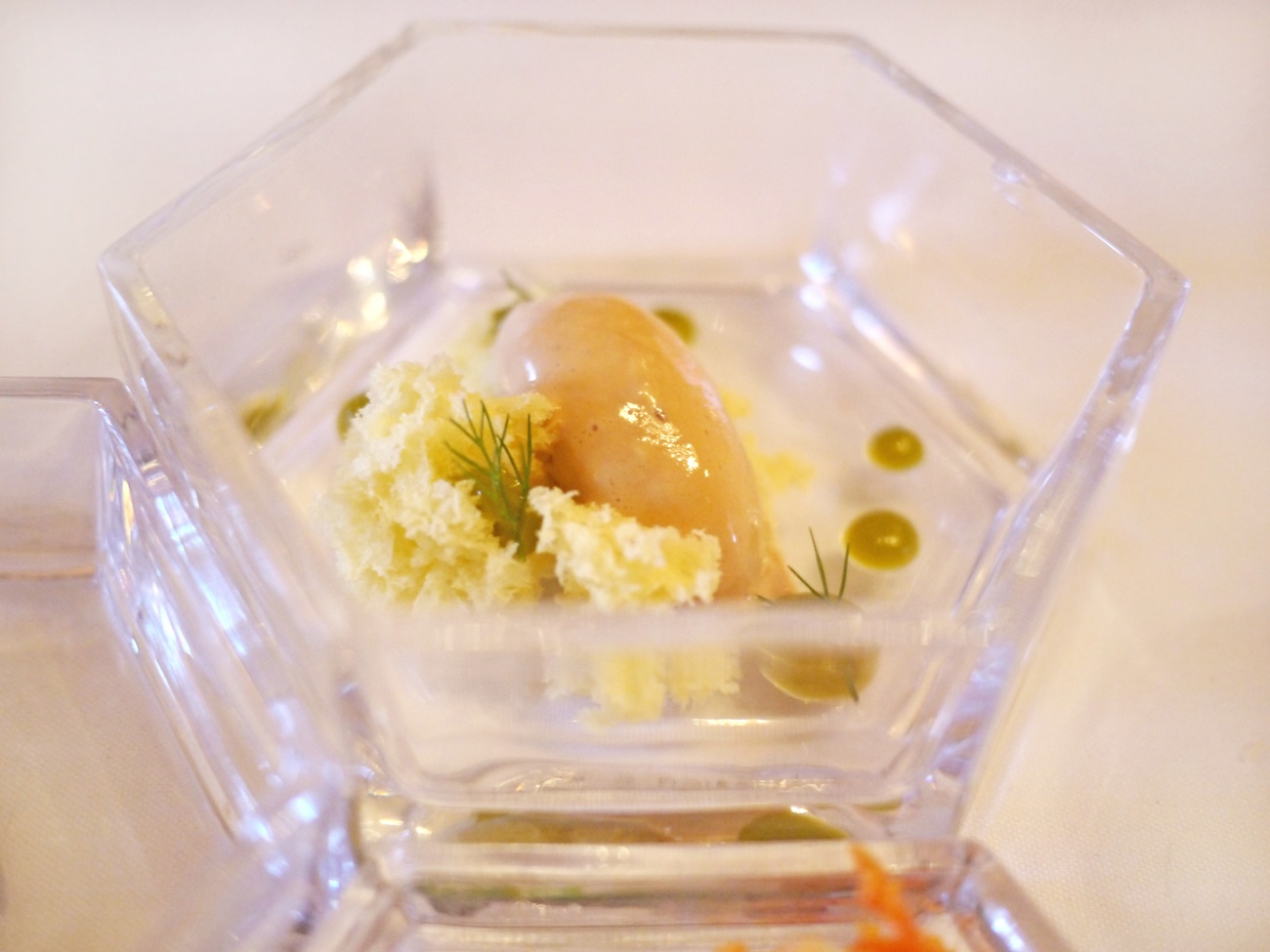
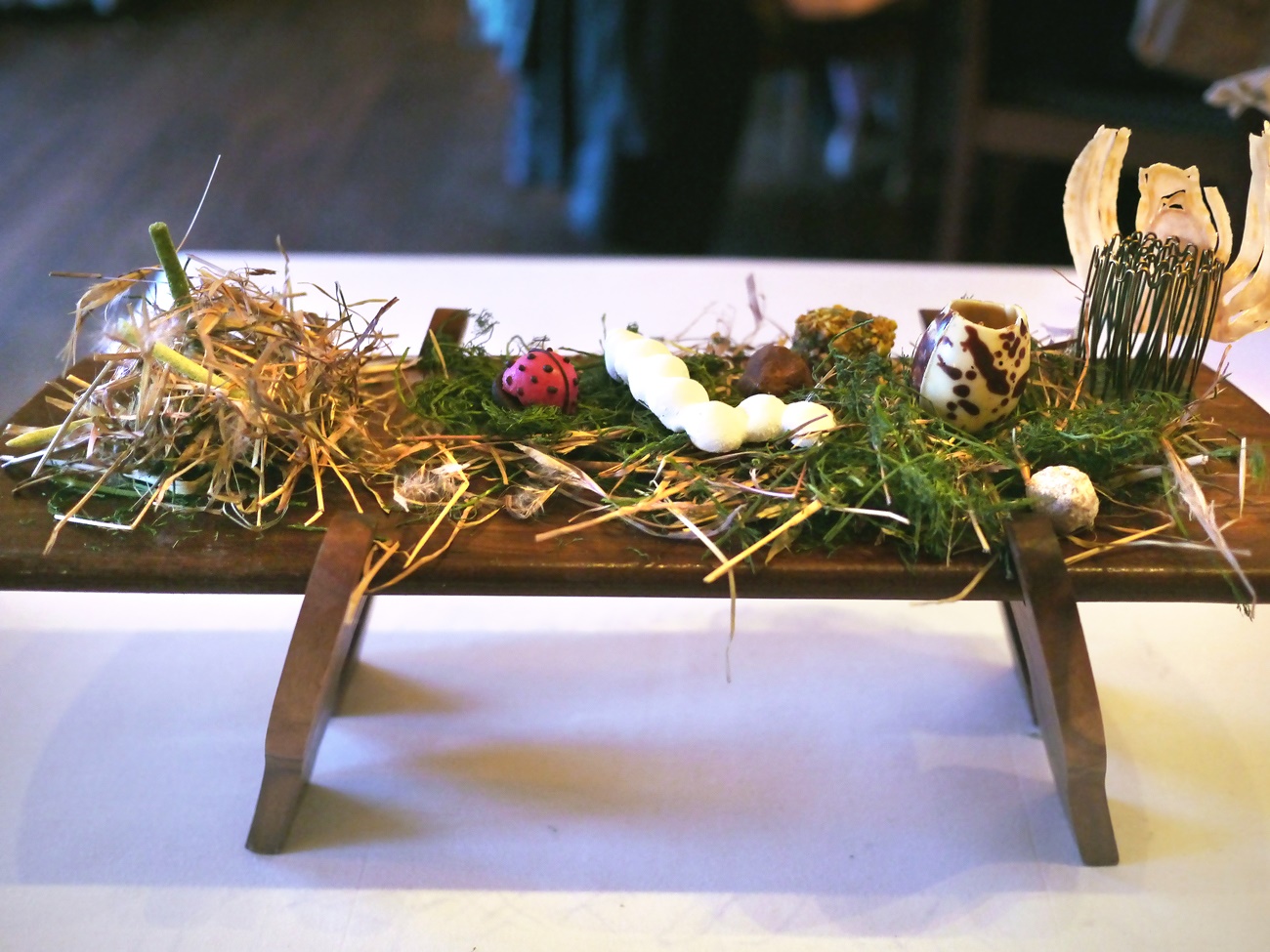
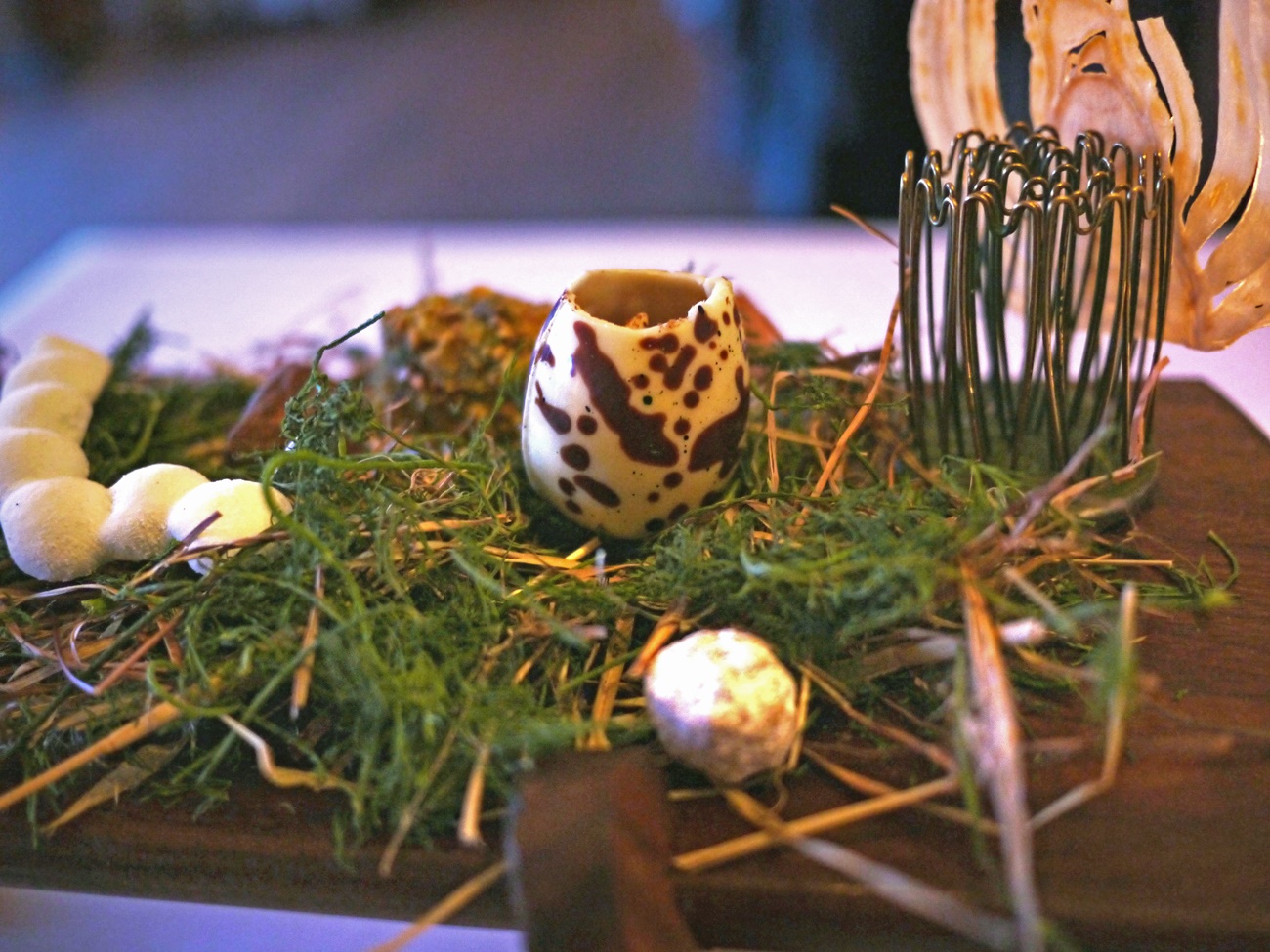
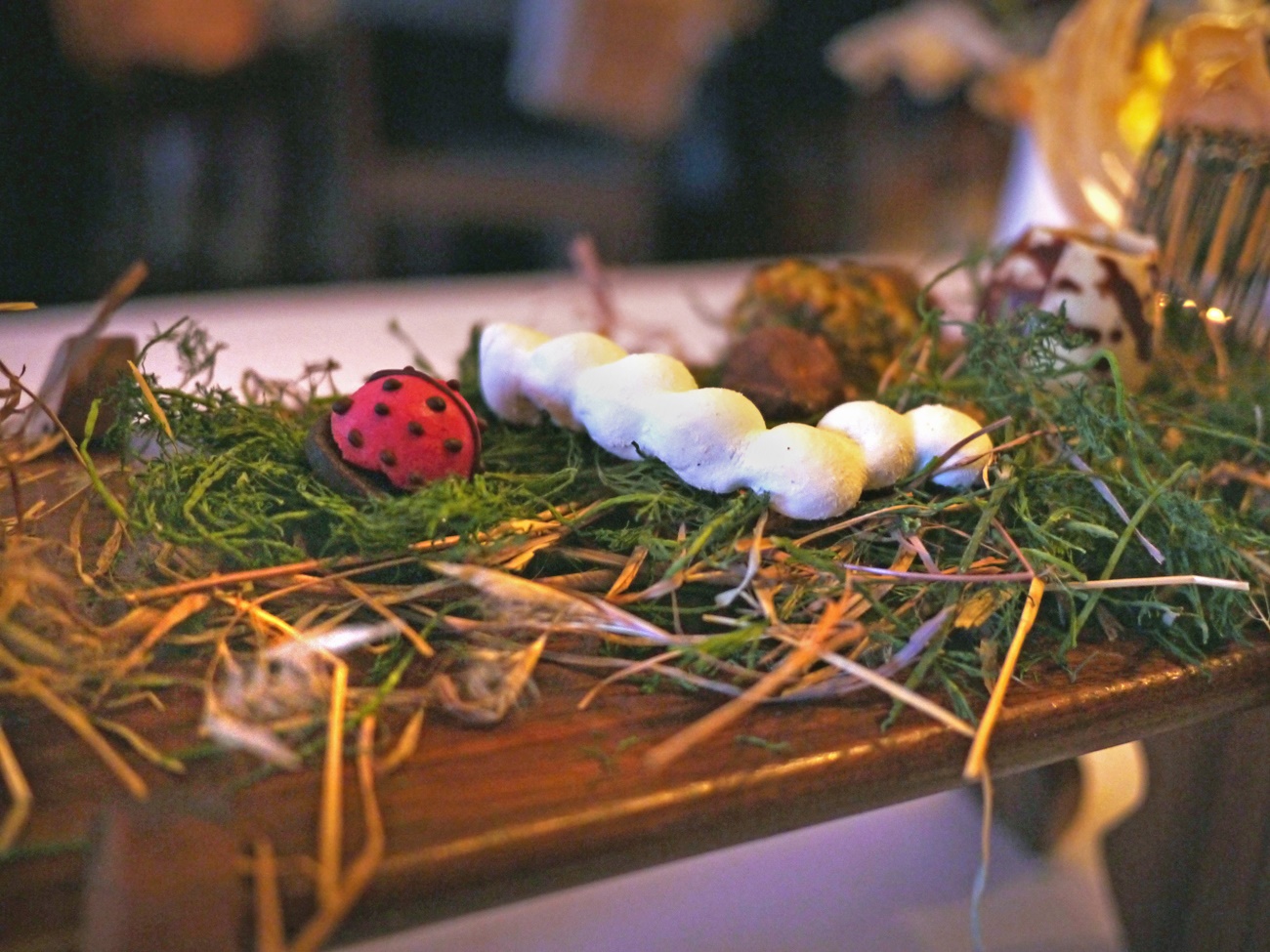
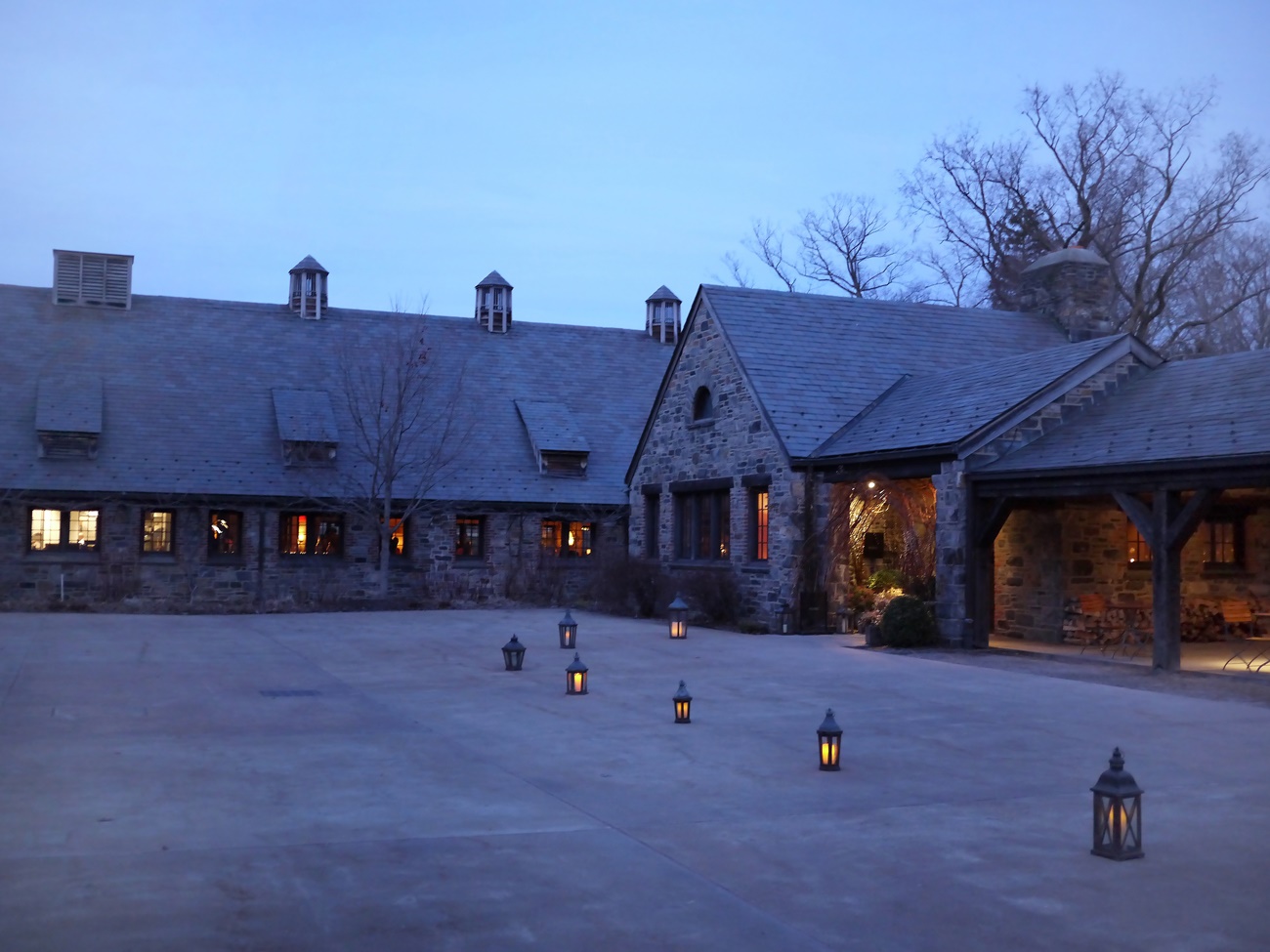
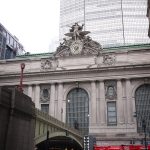

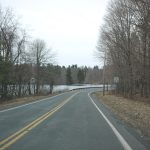

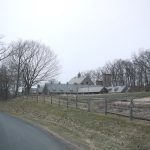
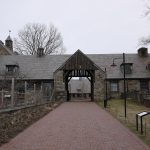
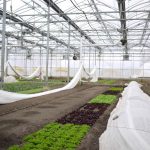
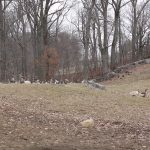
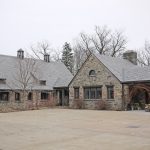
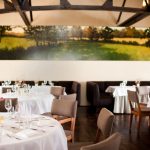
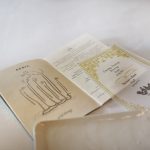
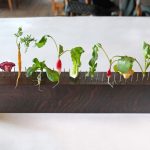
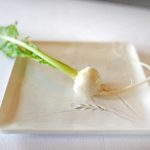
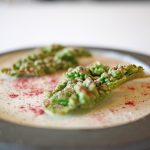
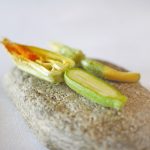
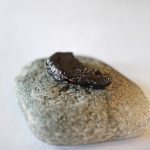
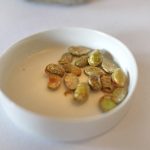
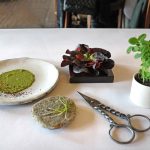
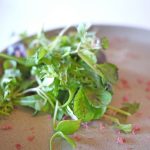
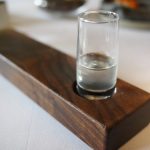
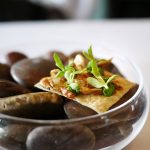
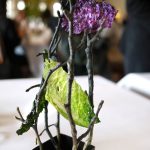
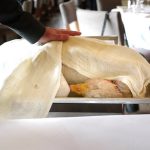
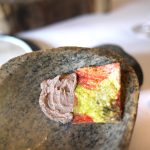
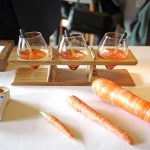
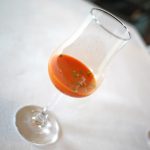
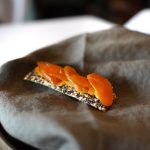
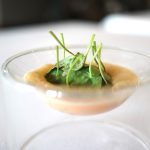
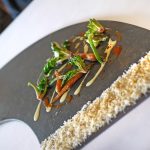
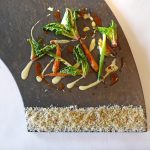
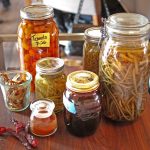
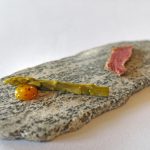
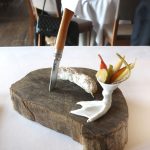
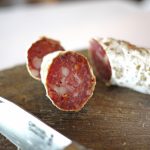
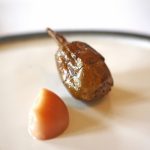
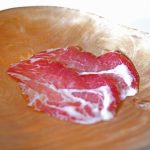
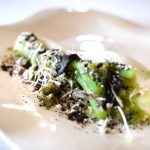
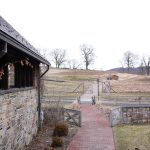
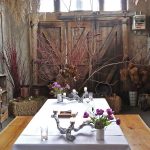
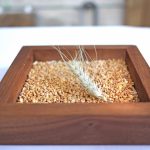
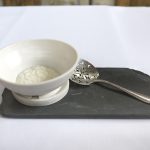
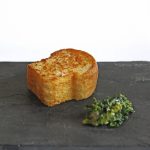
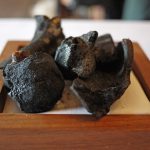
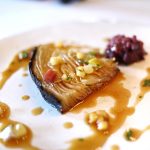
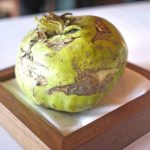
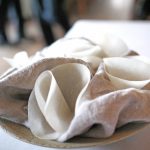
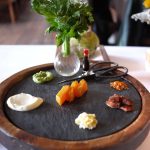
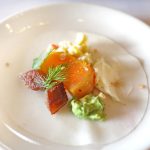
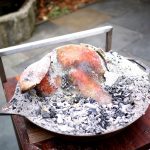
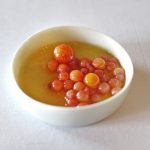
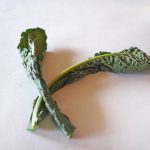
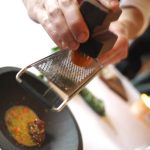
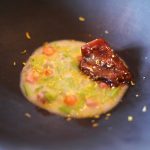
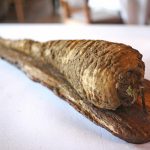
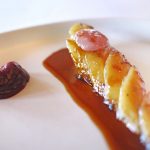
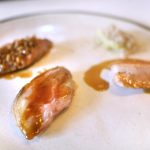
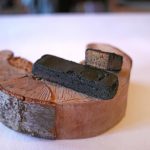
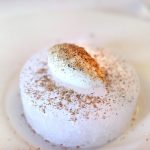
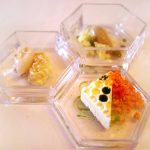
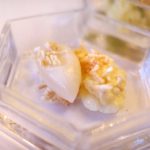
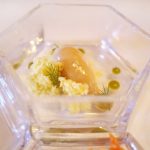
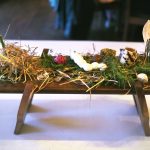
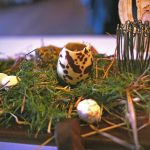
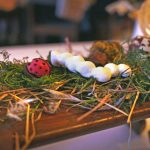
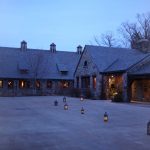
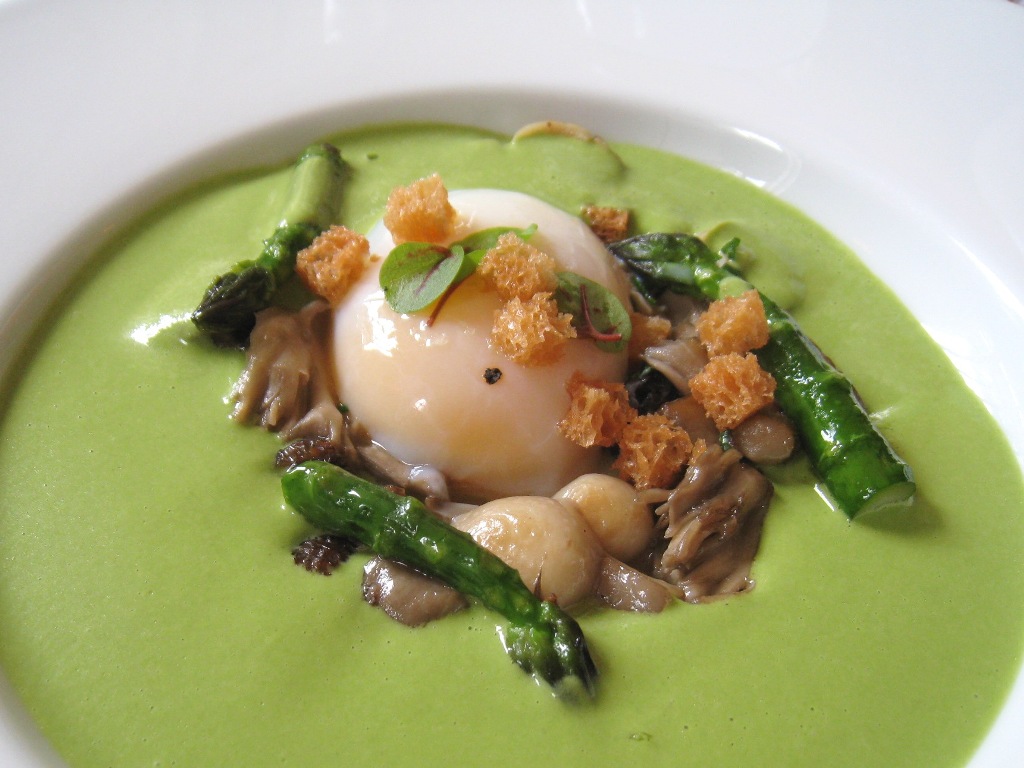
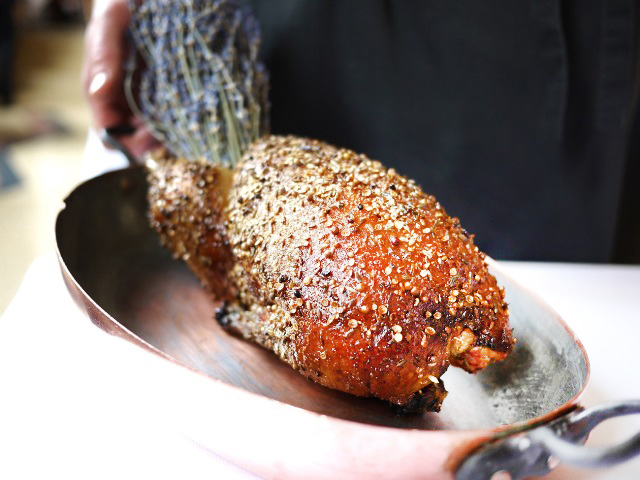
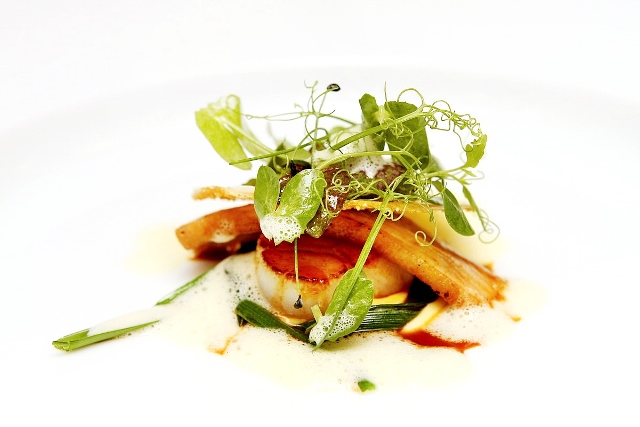
Bradley (New York)
seems like very little comparison to another vegetable tasting impresario Passard.